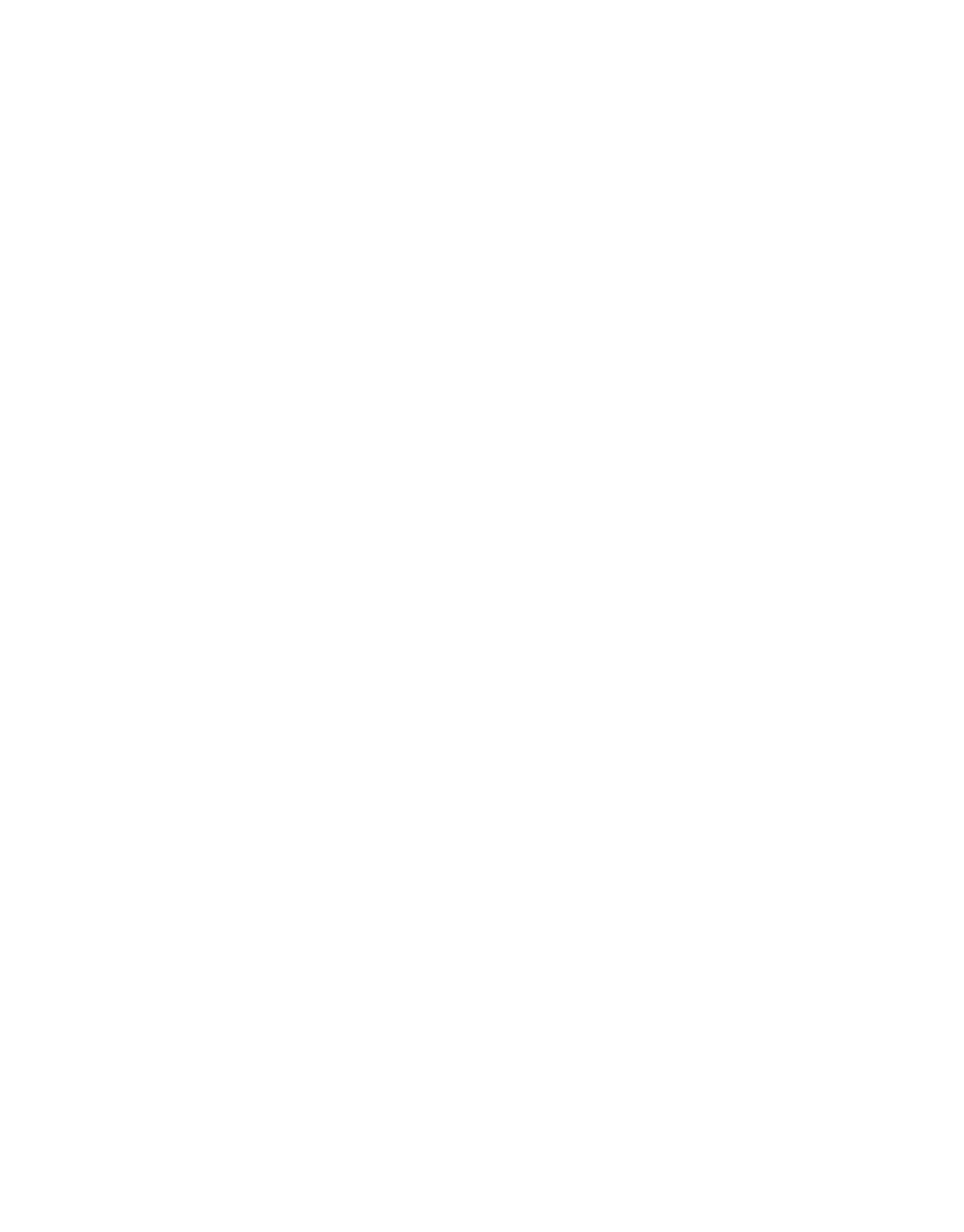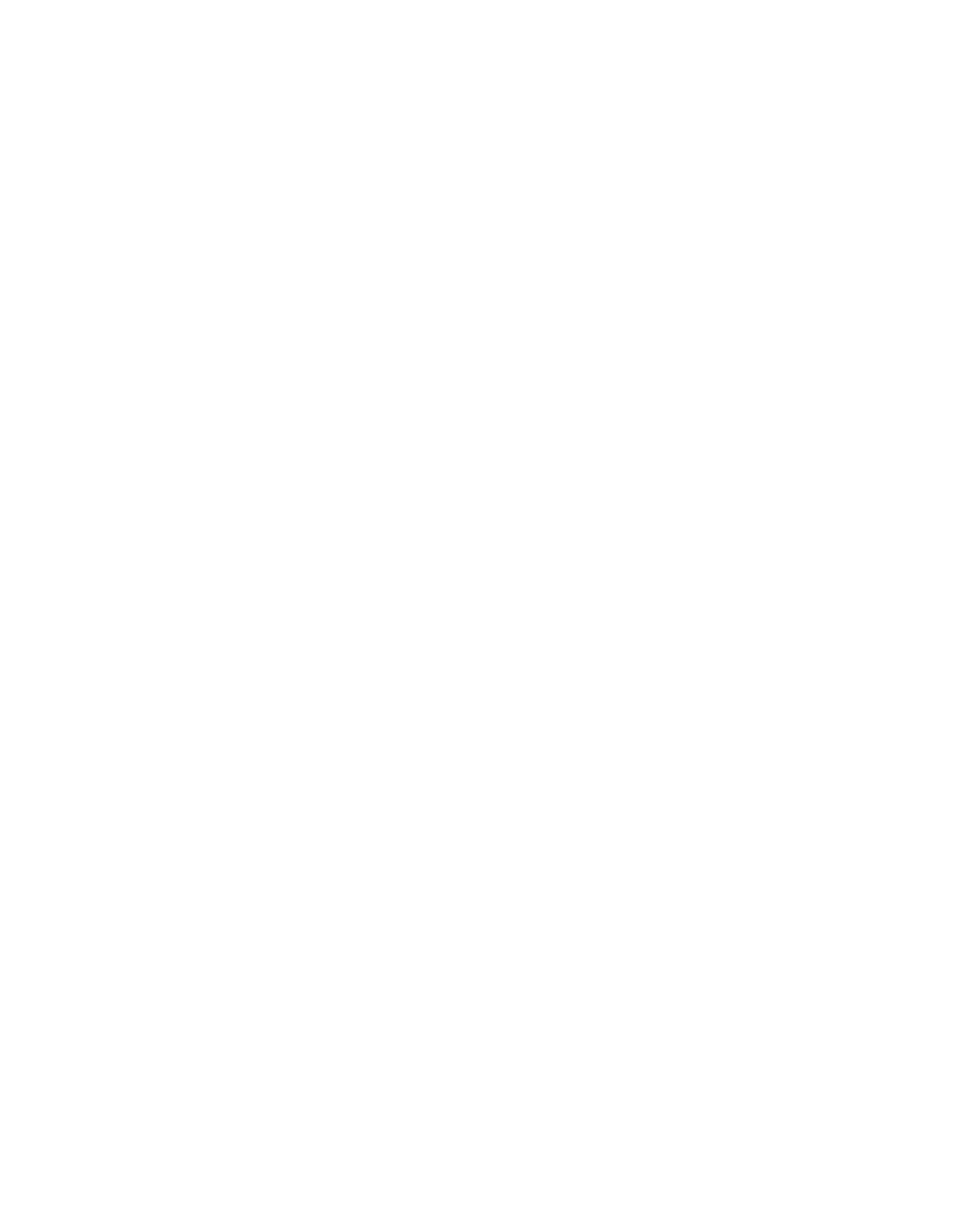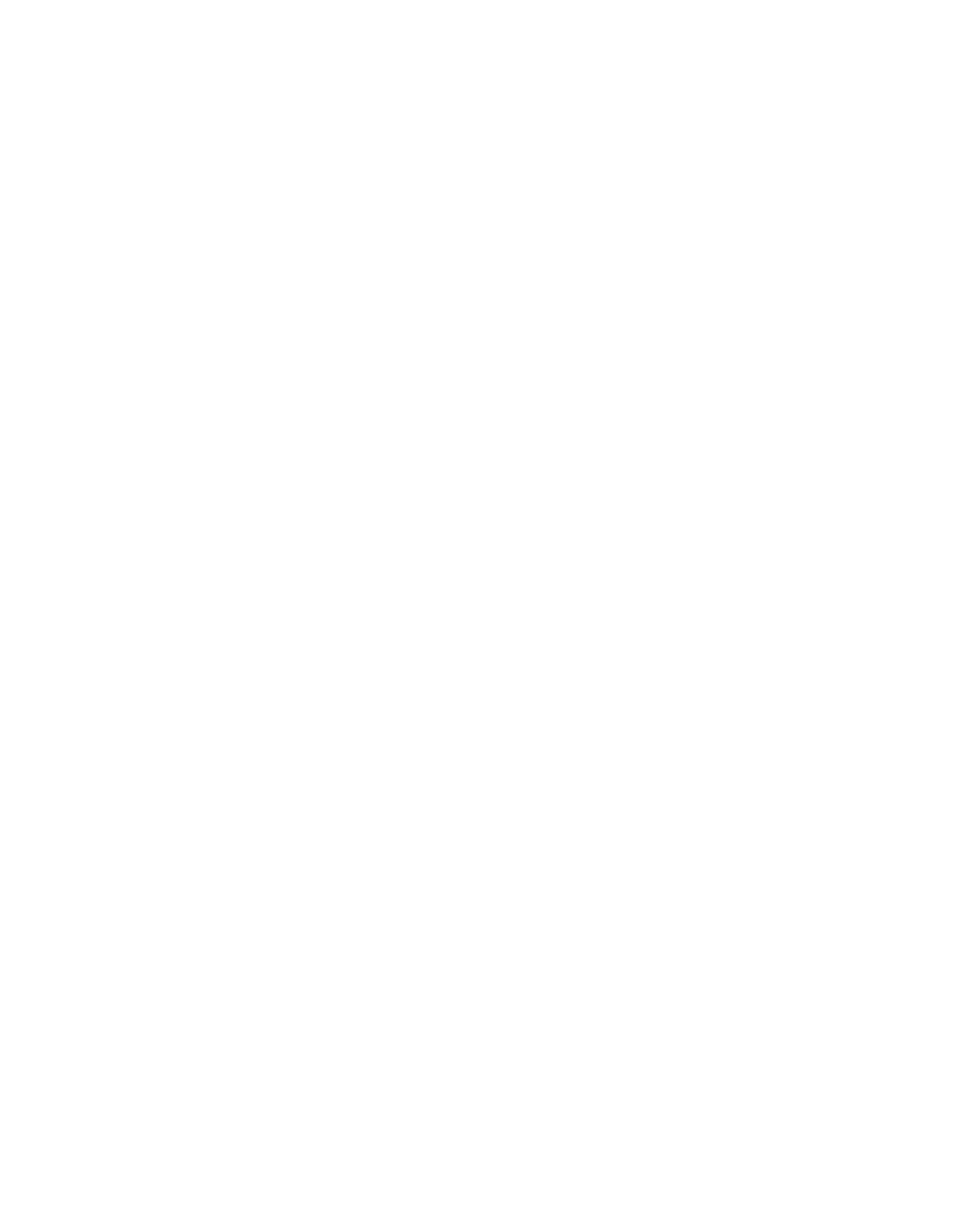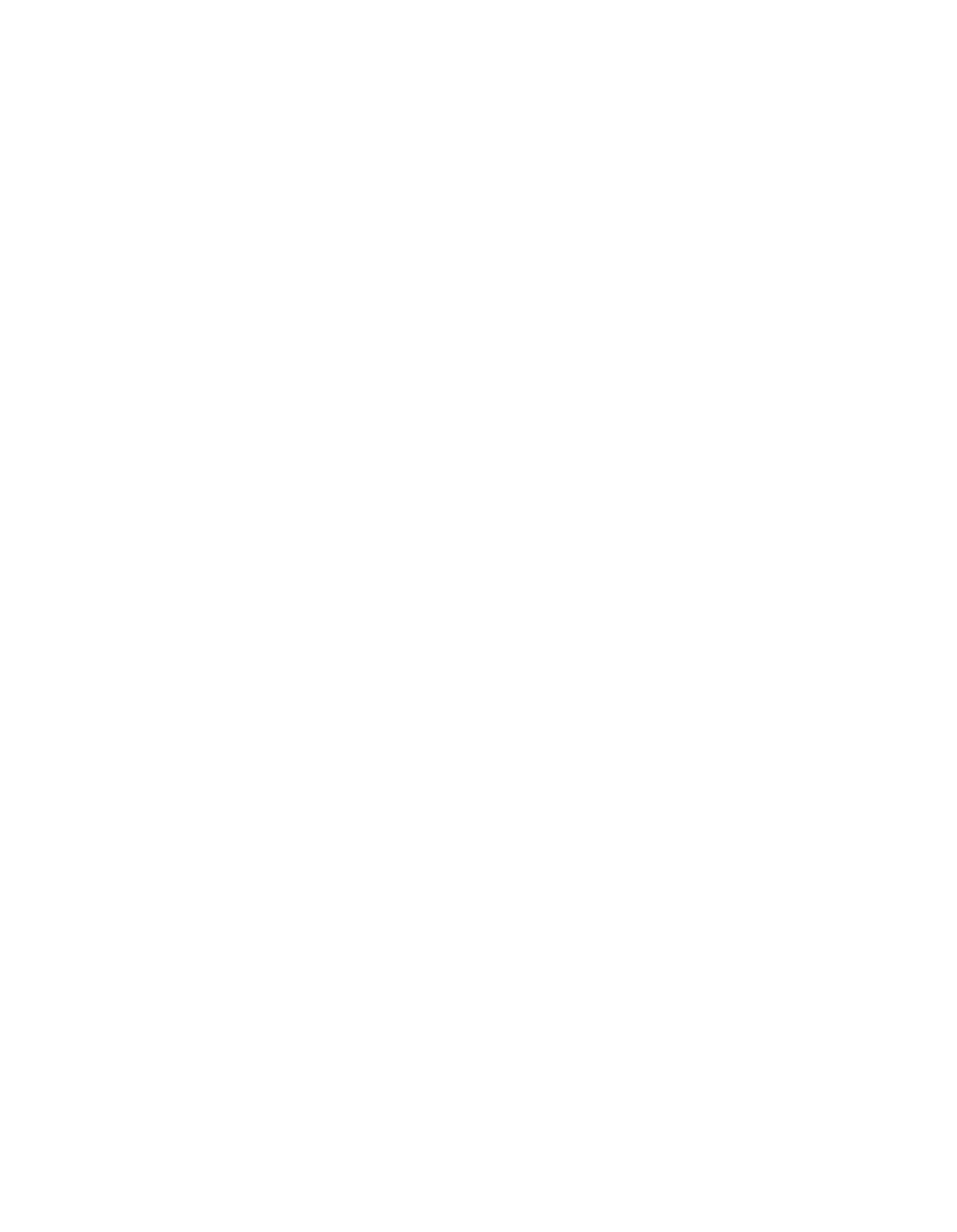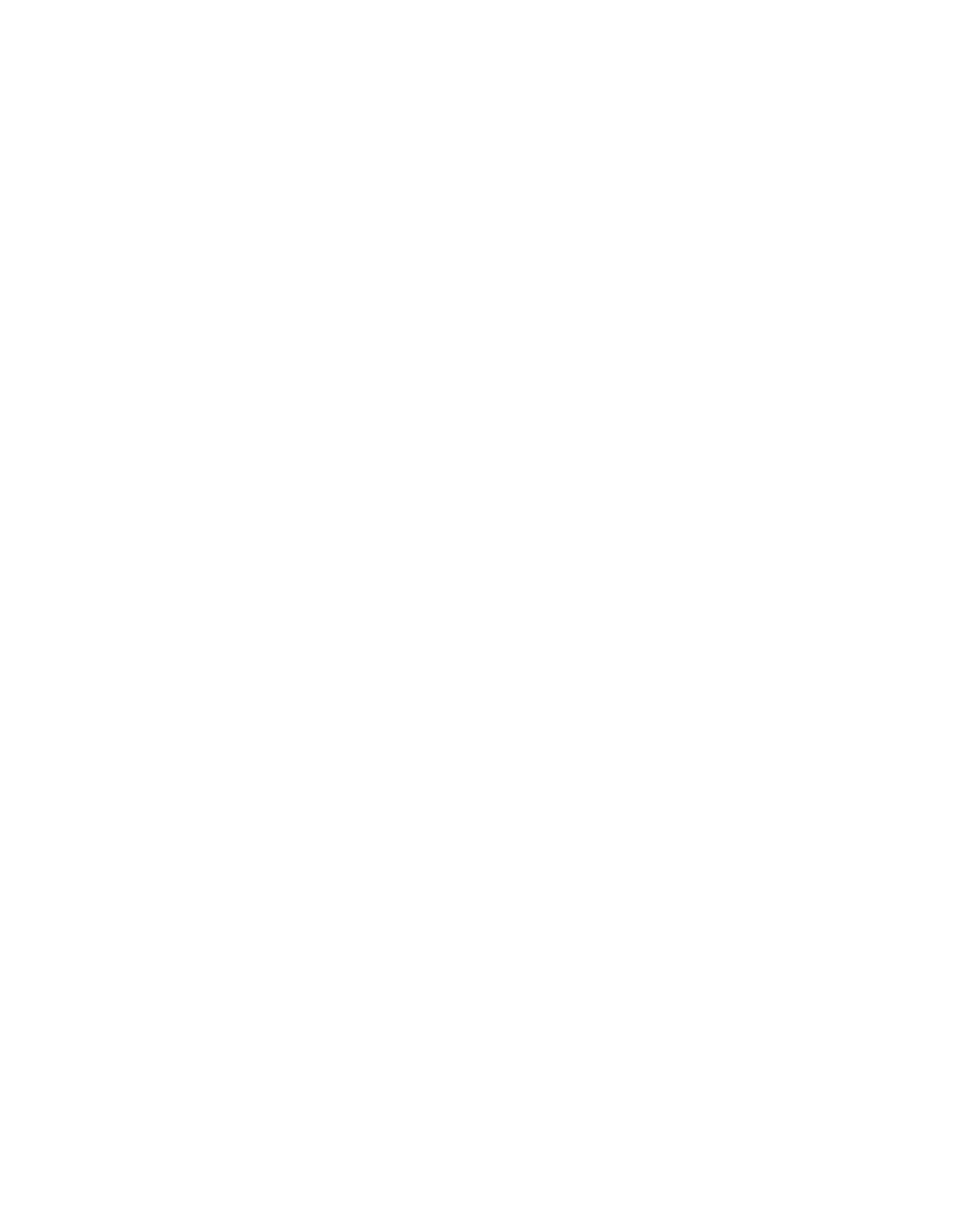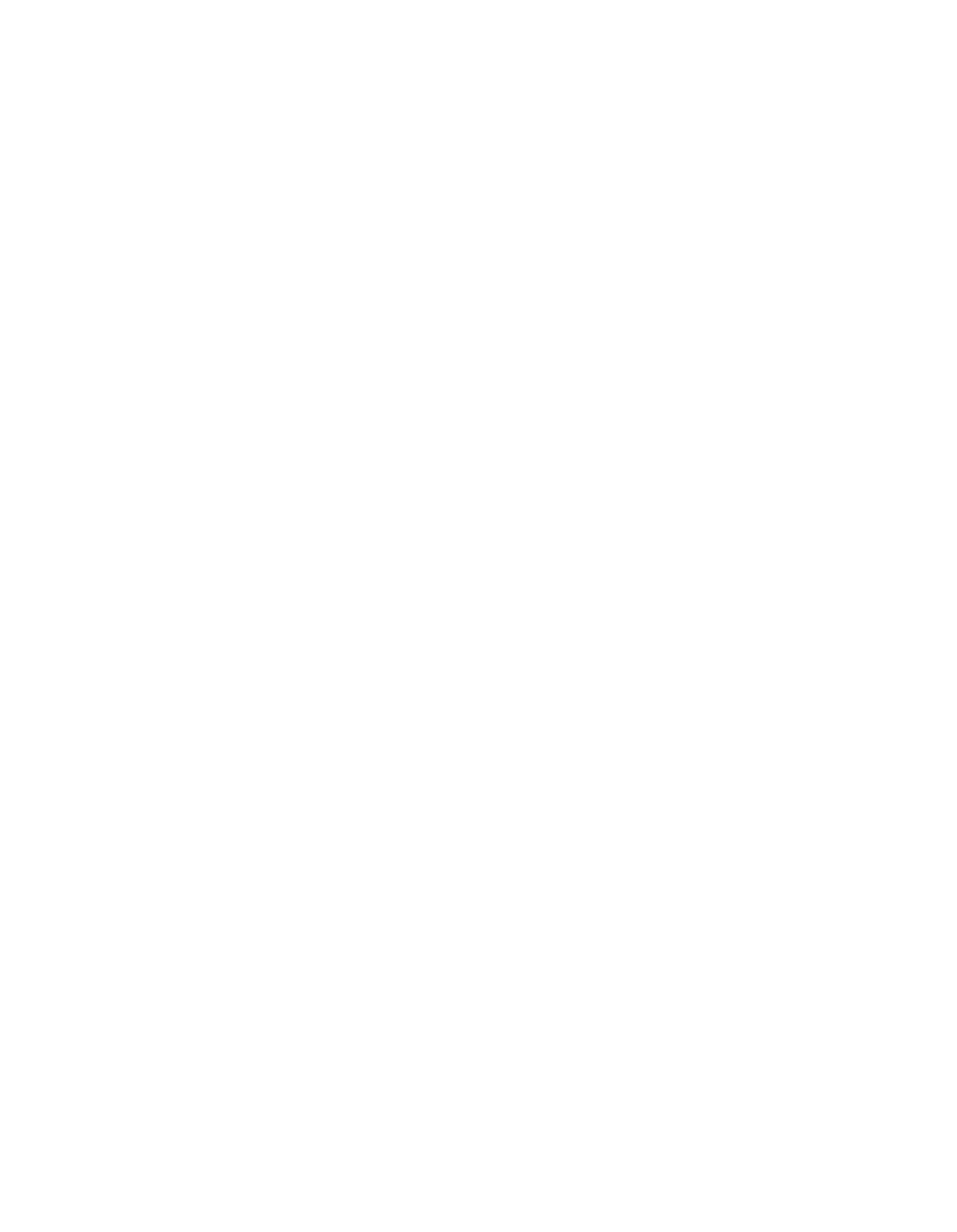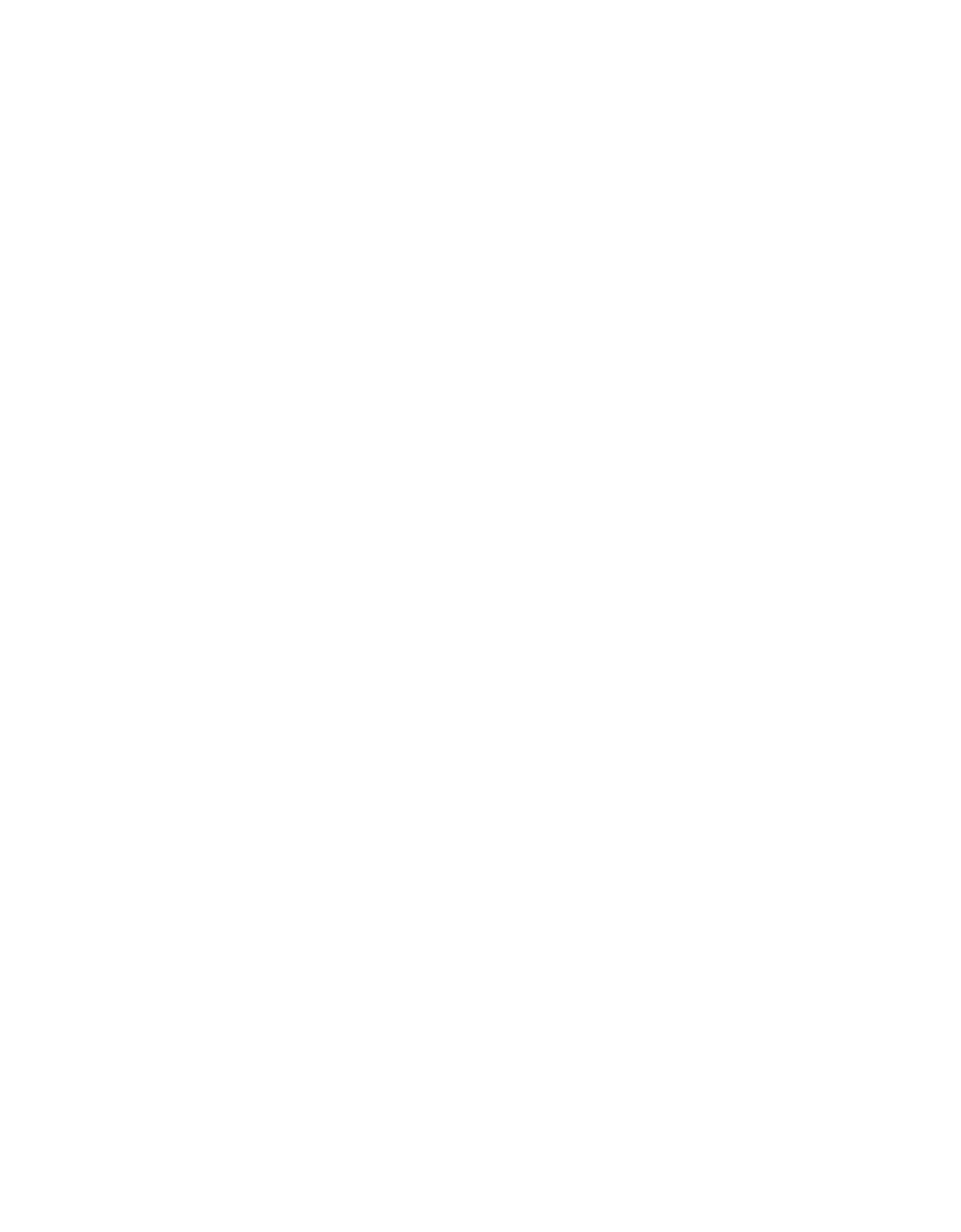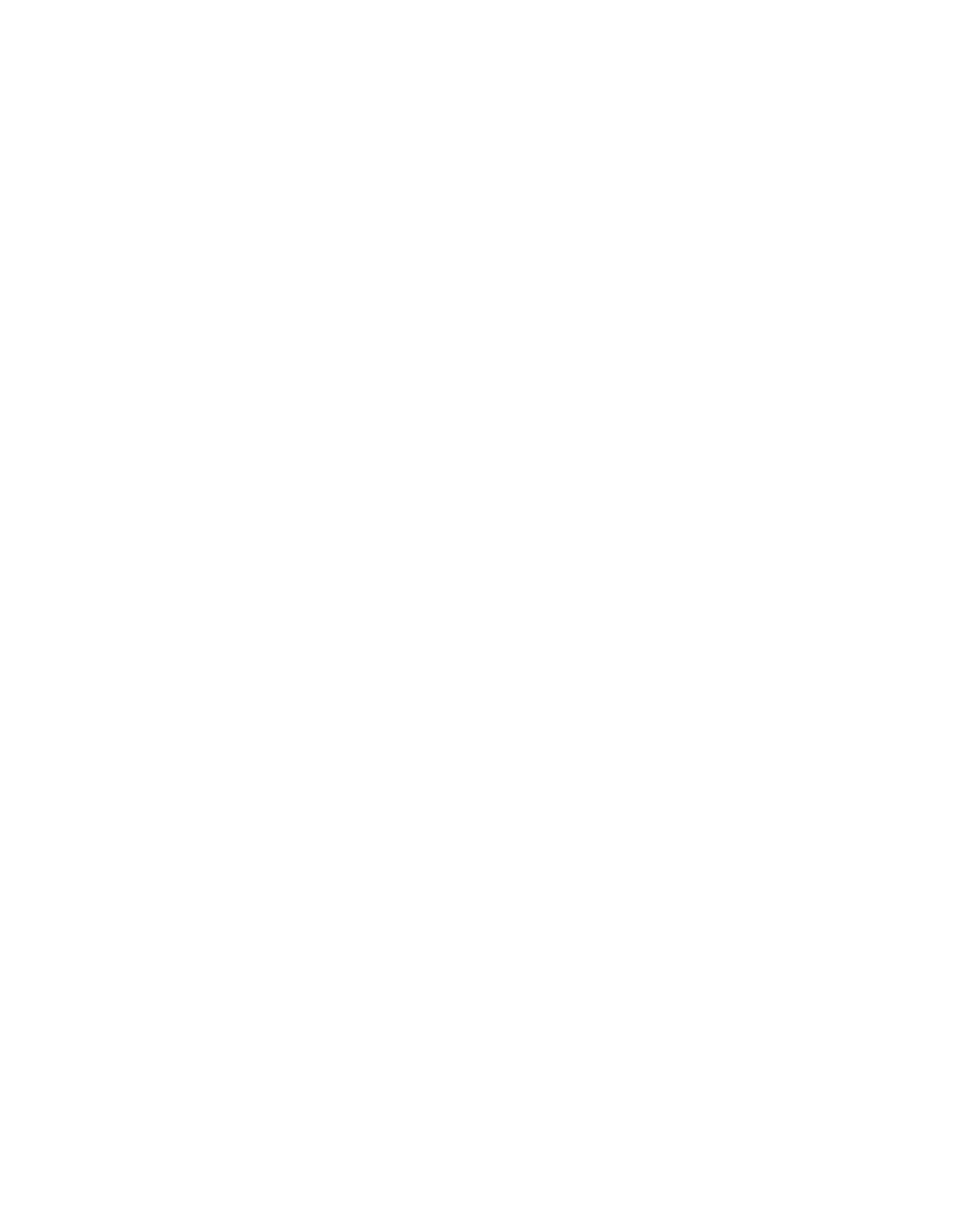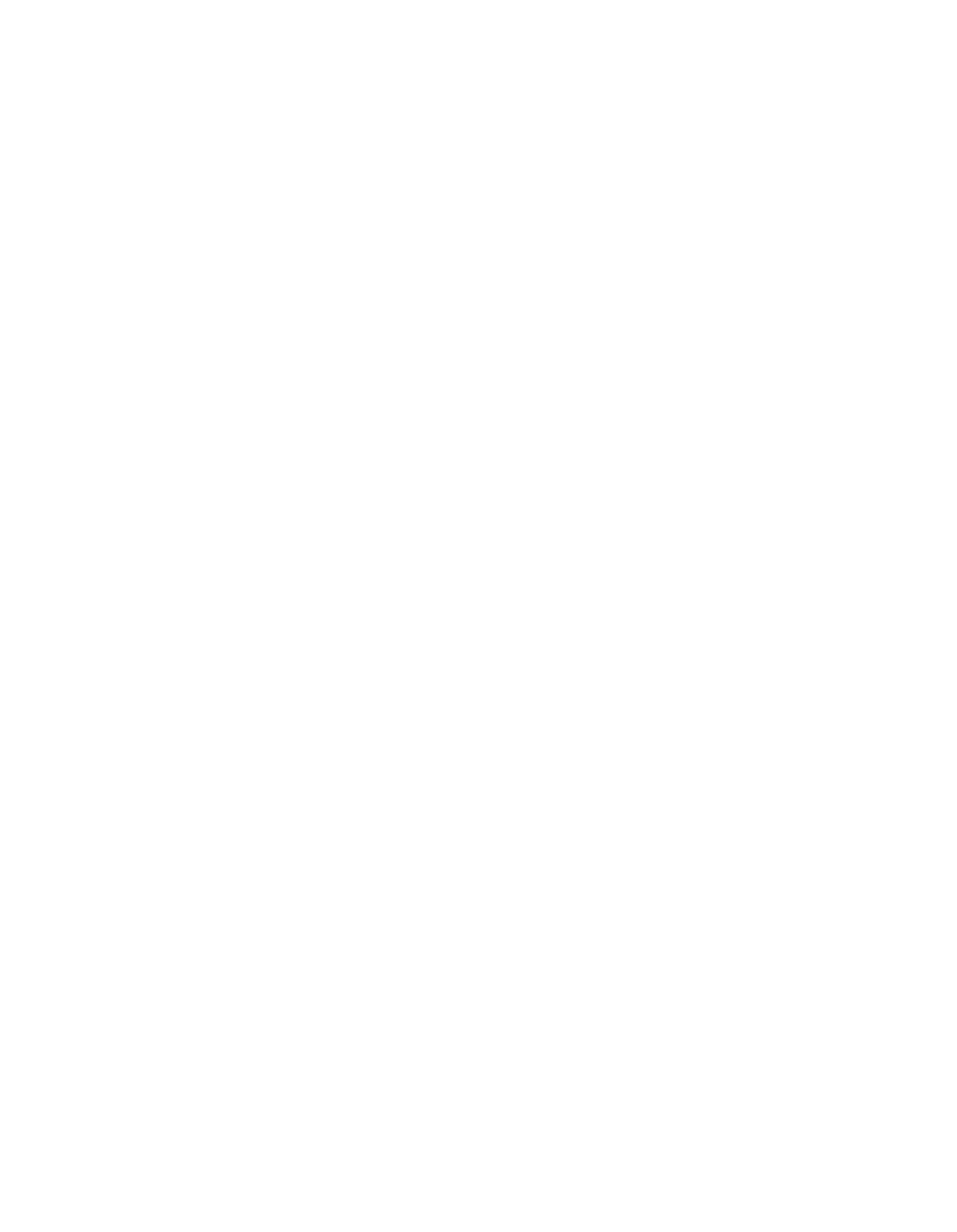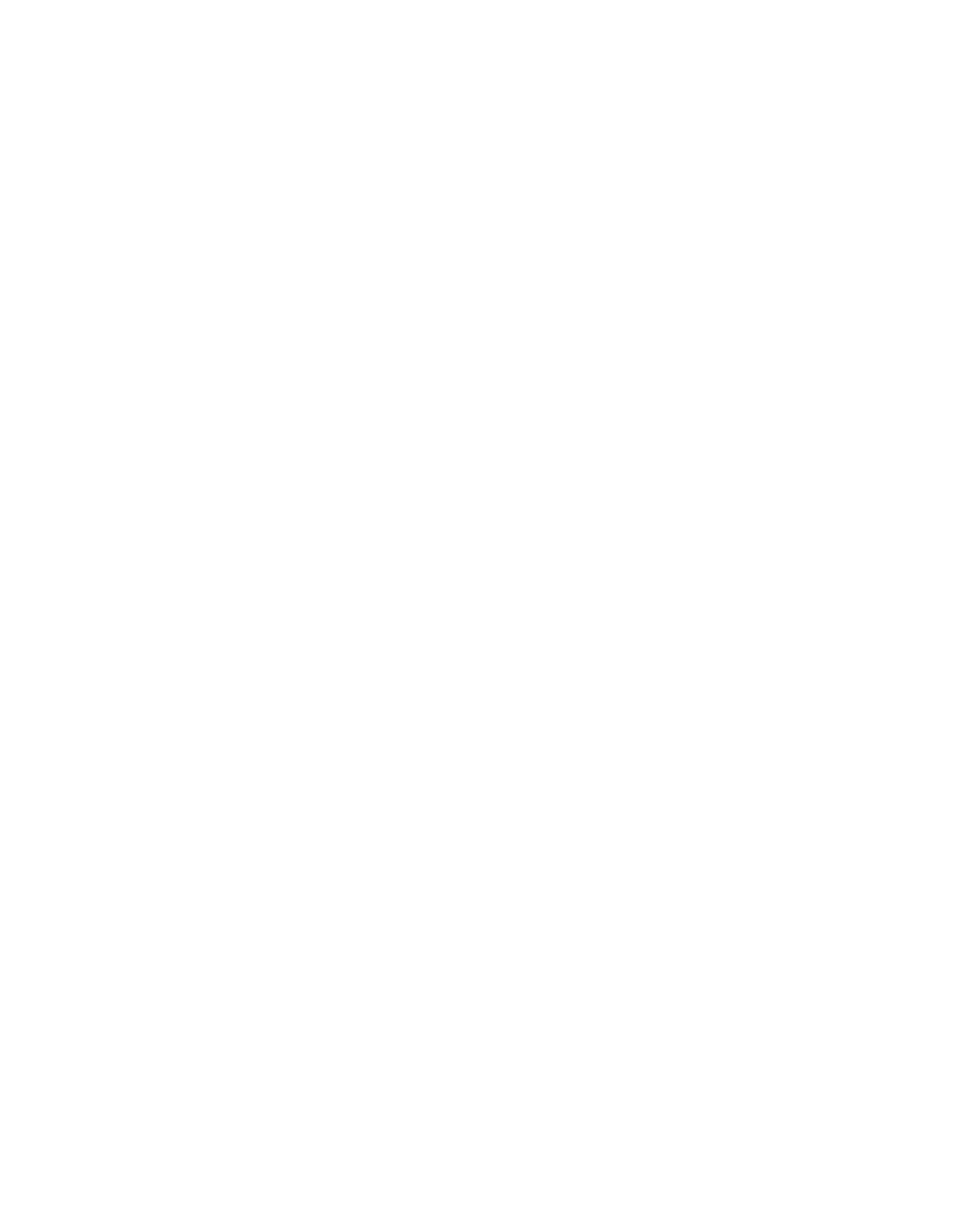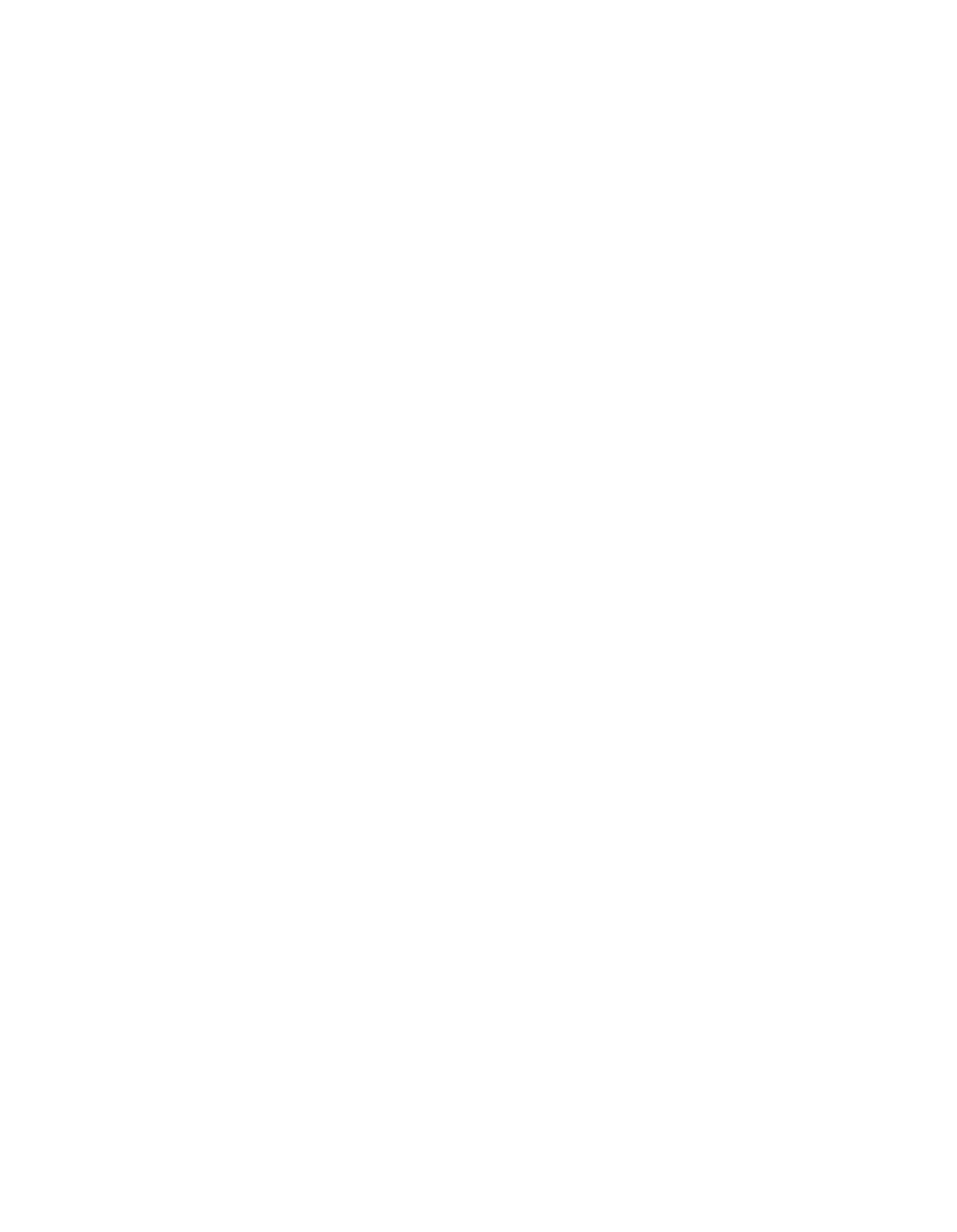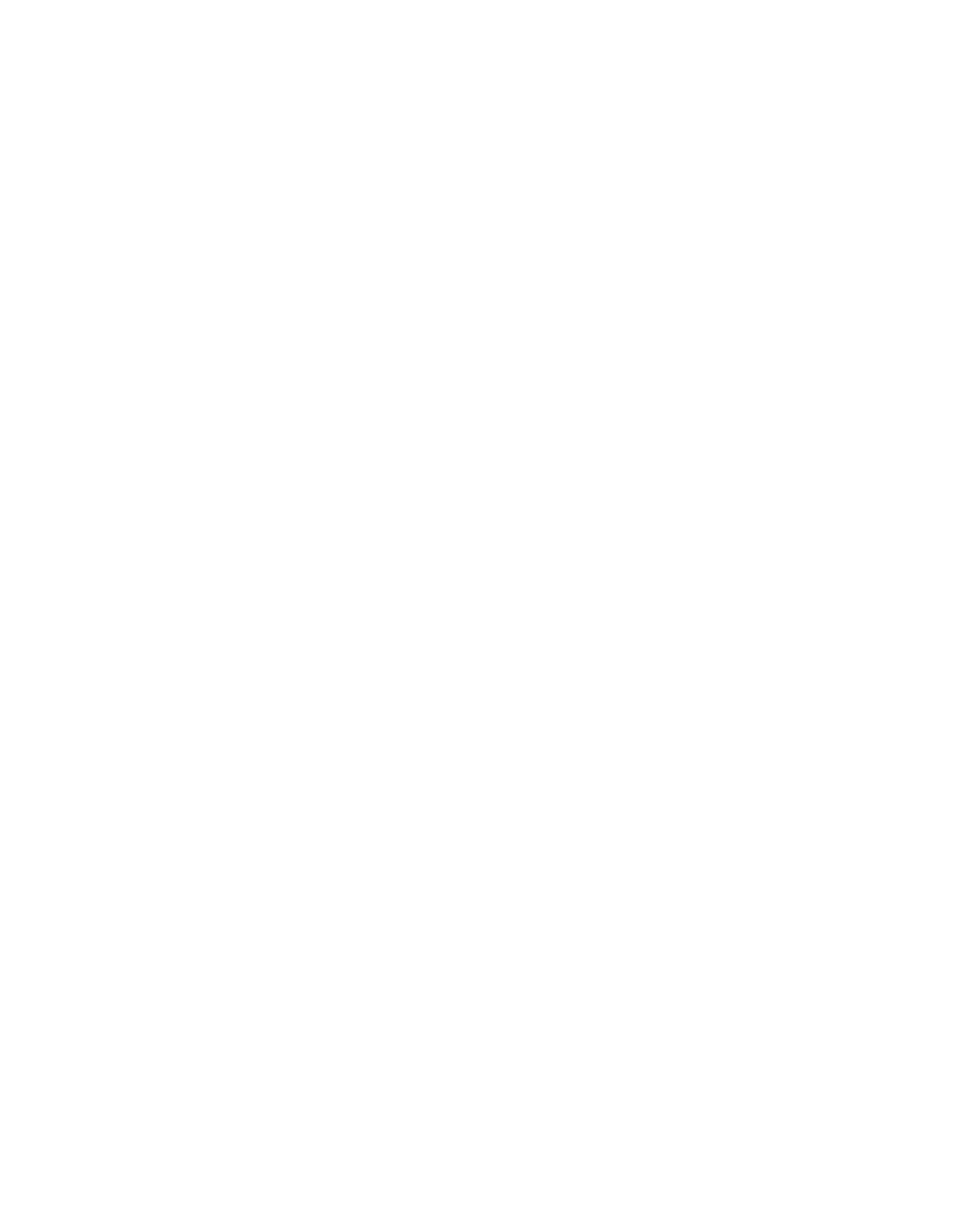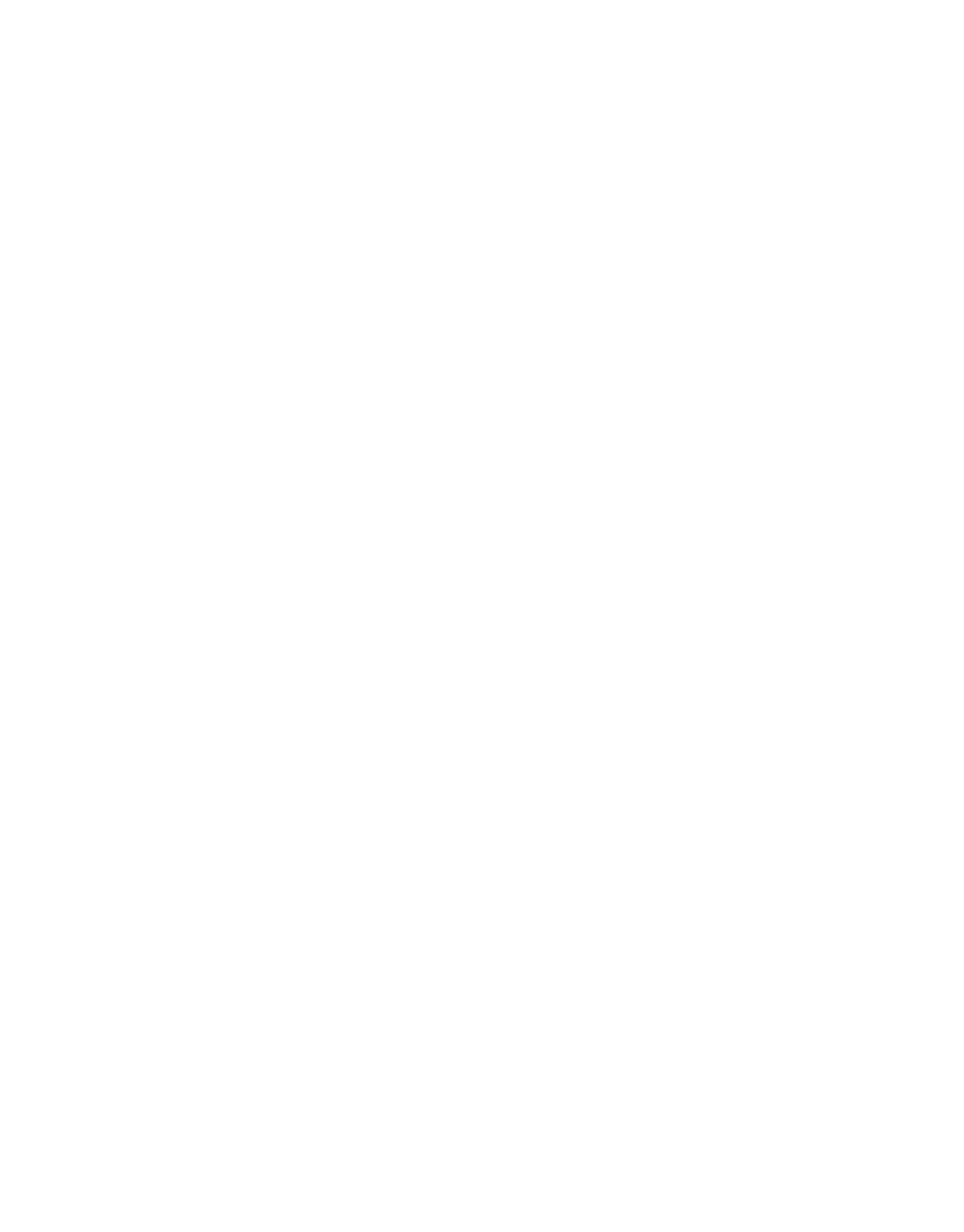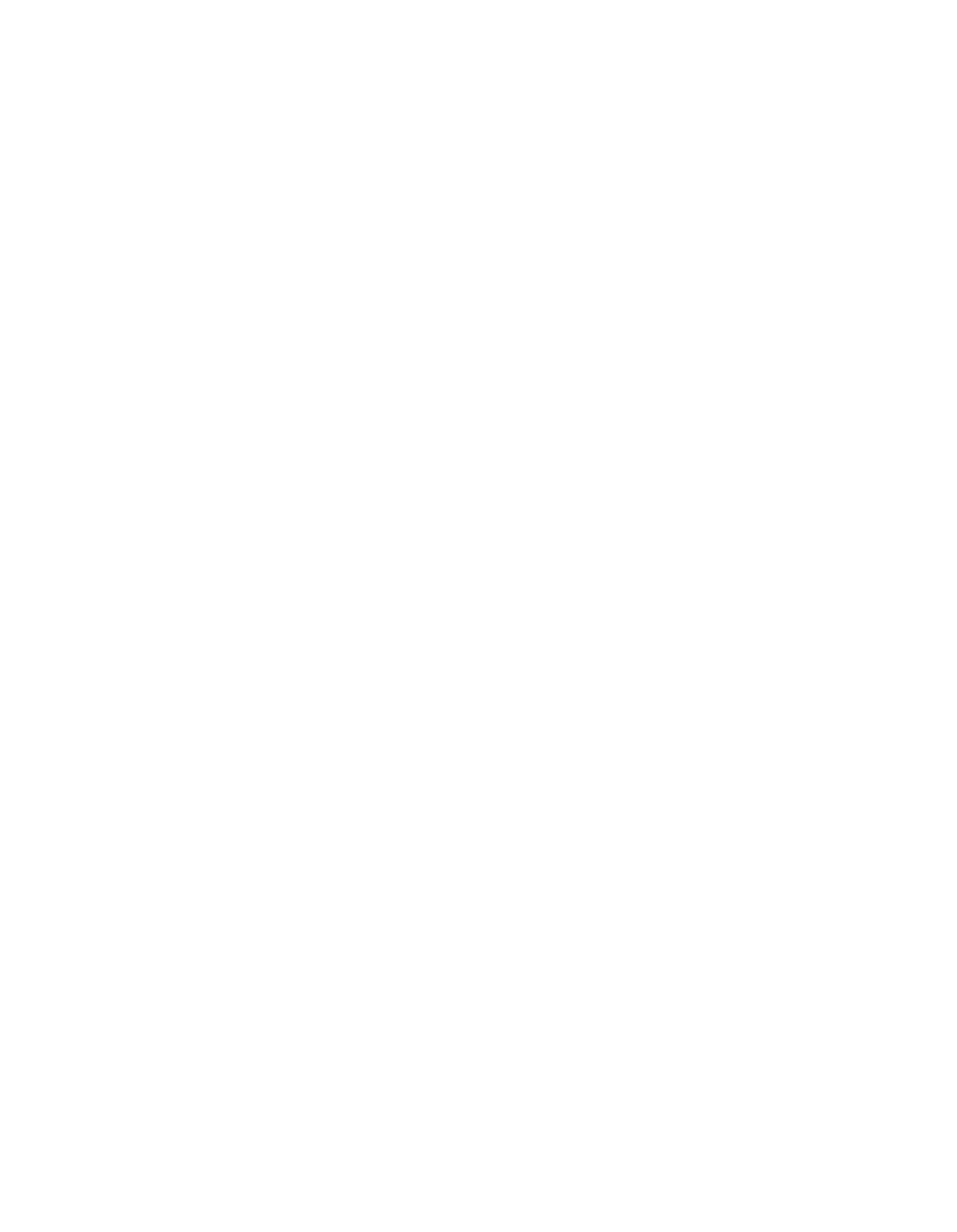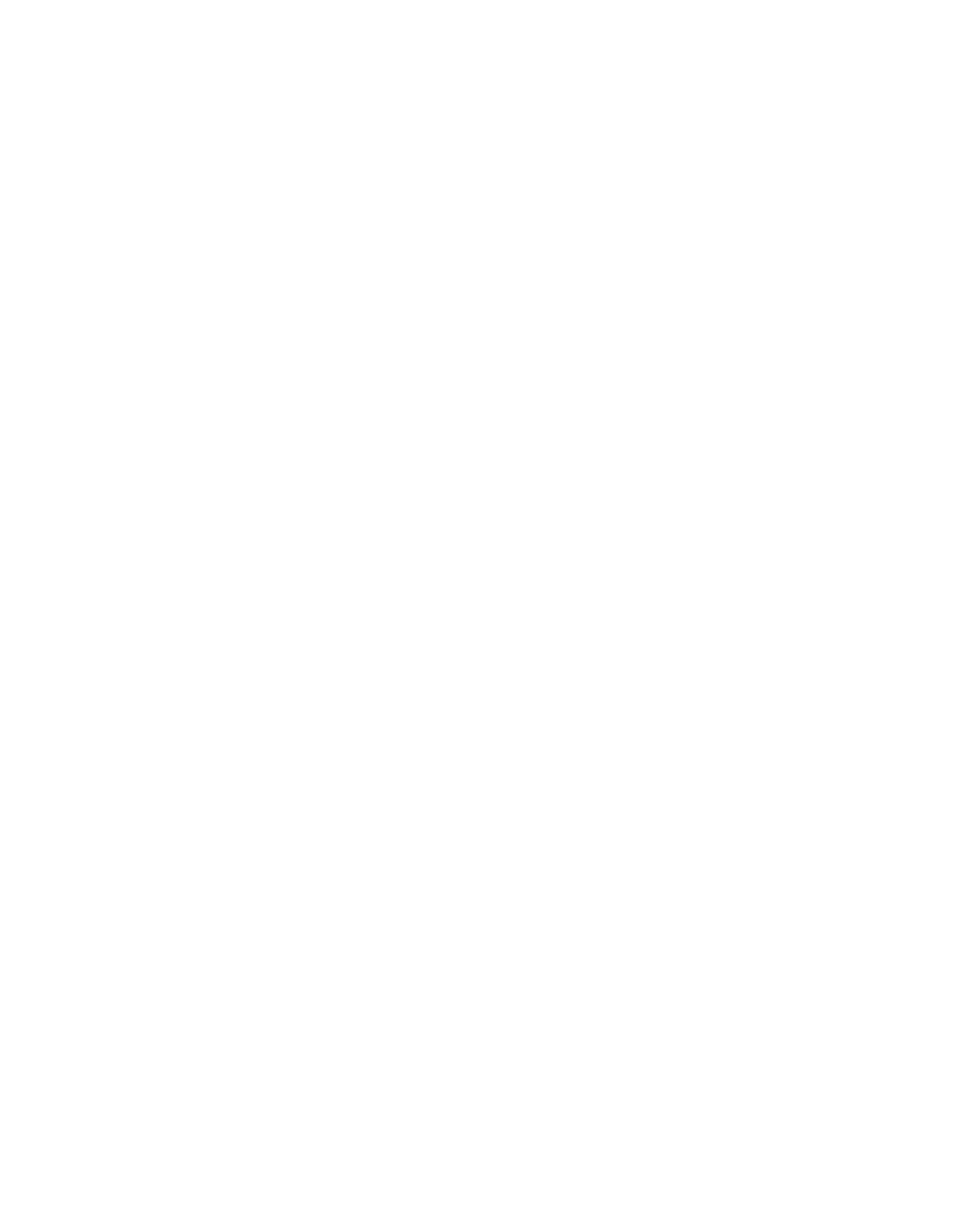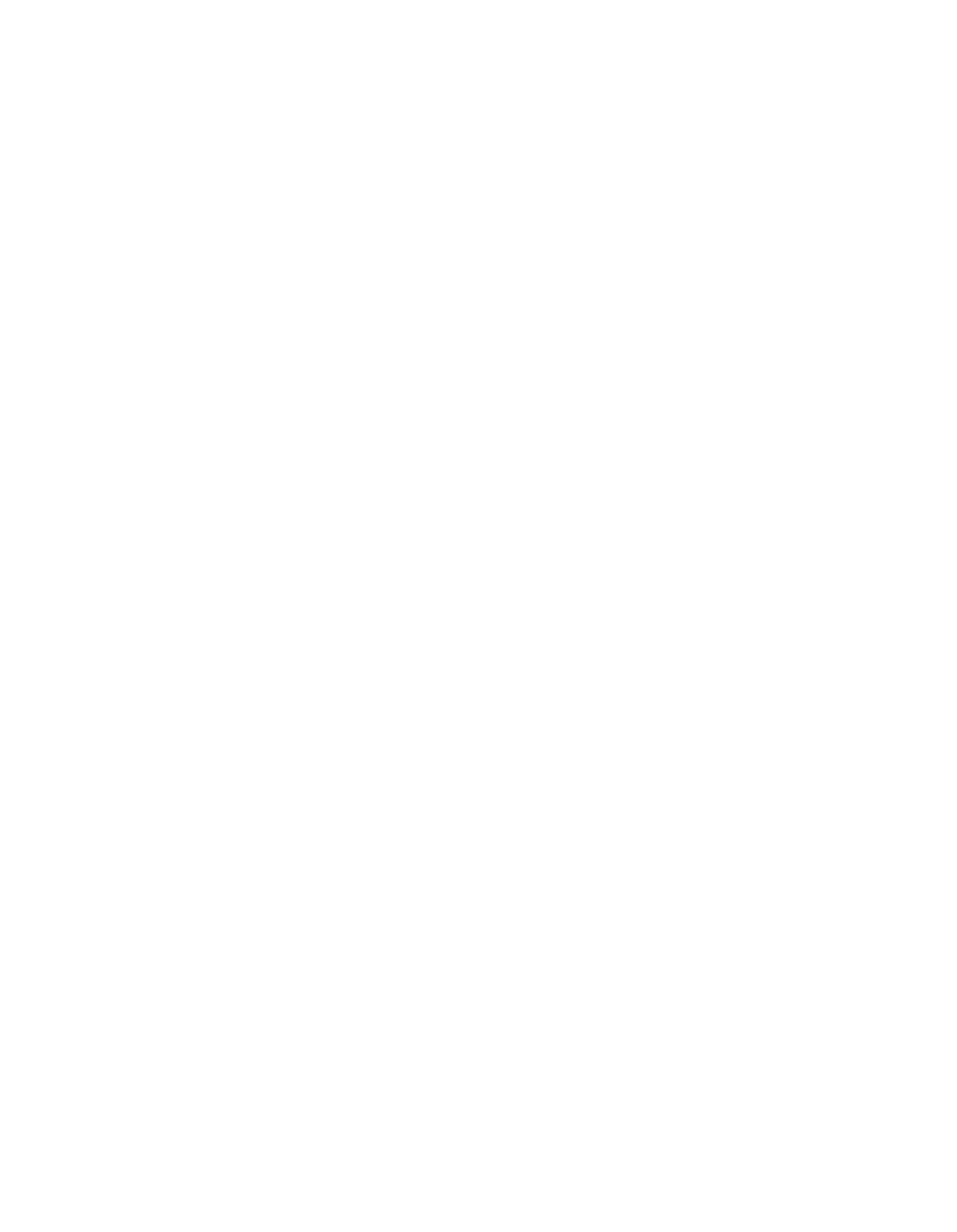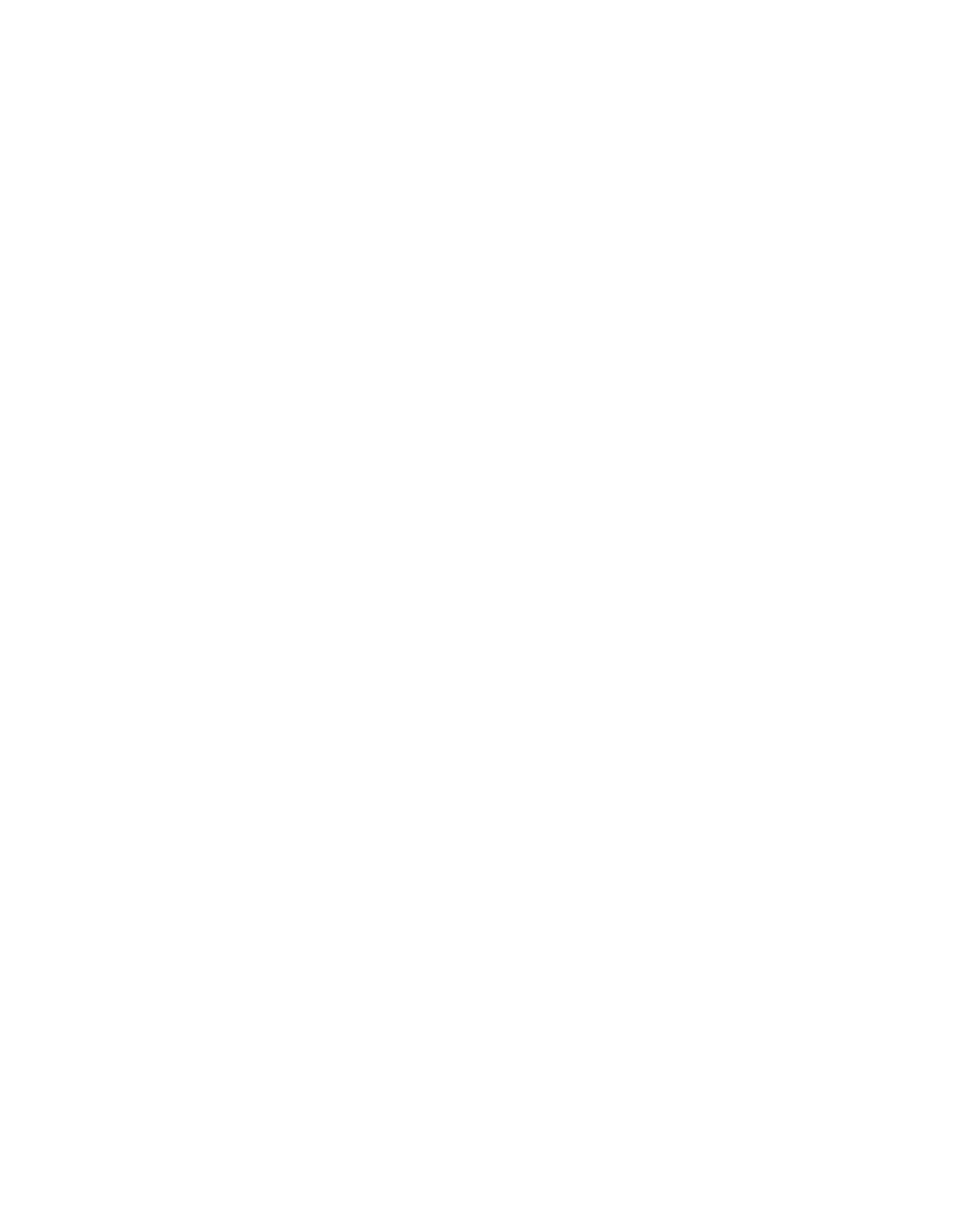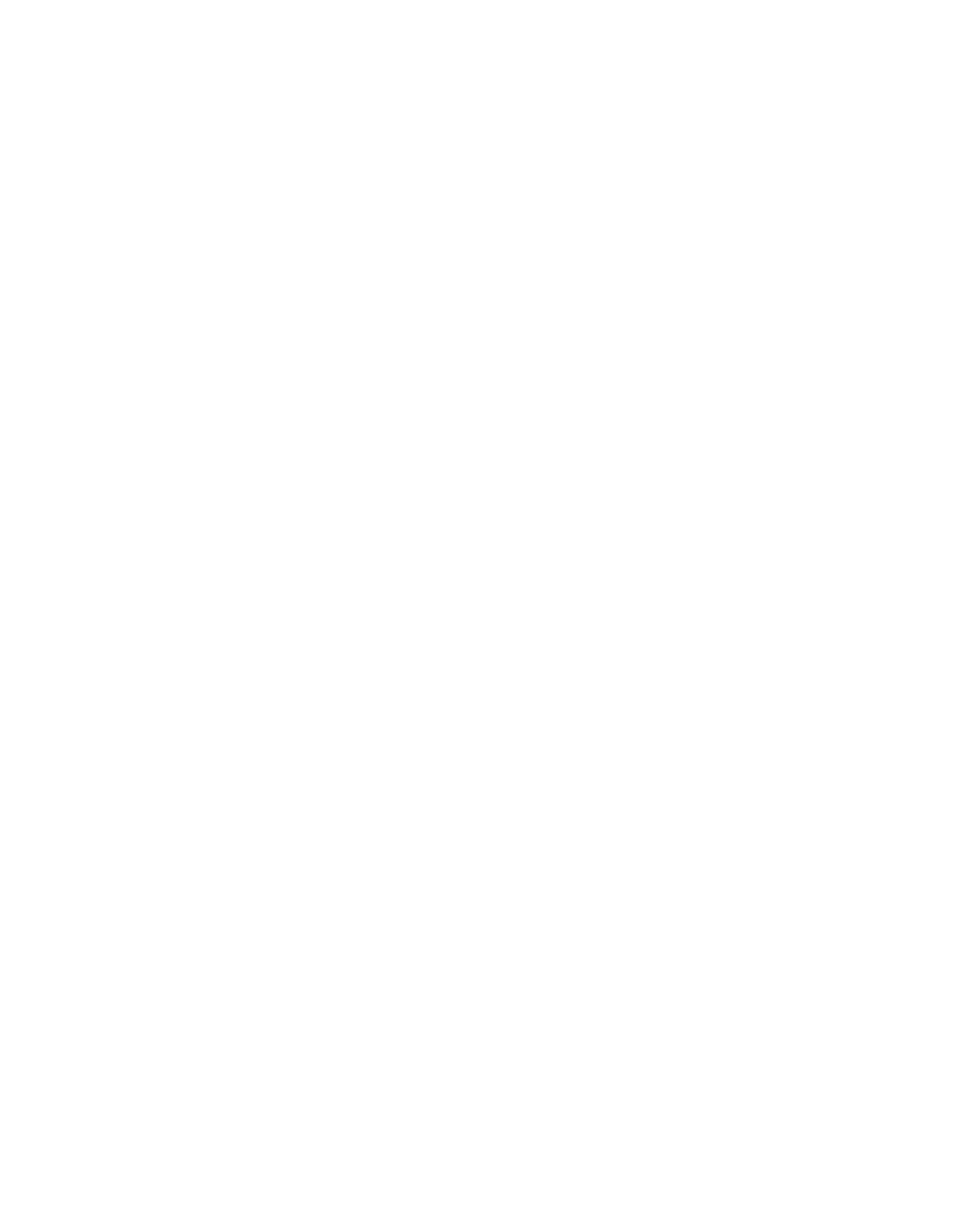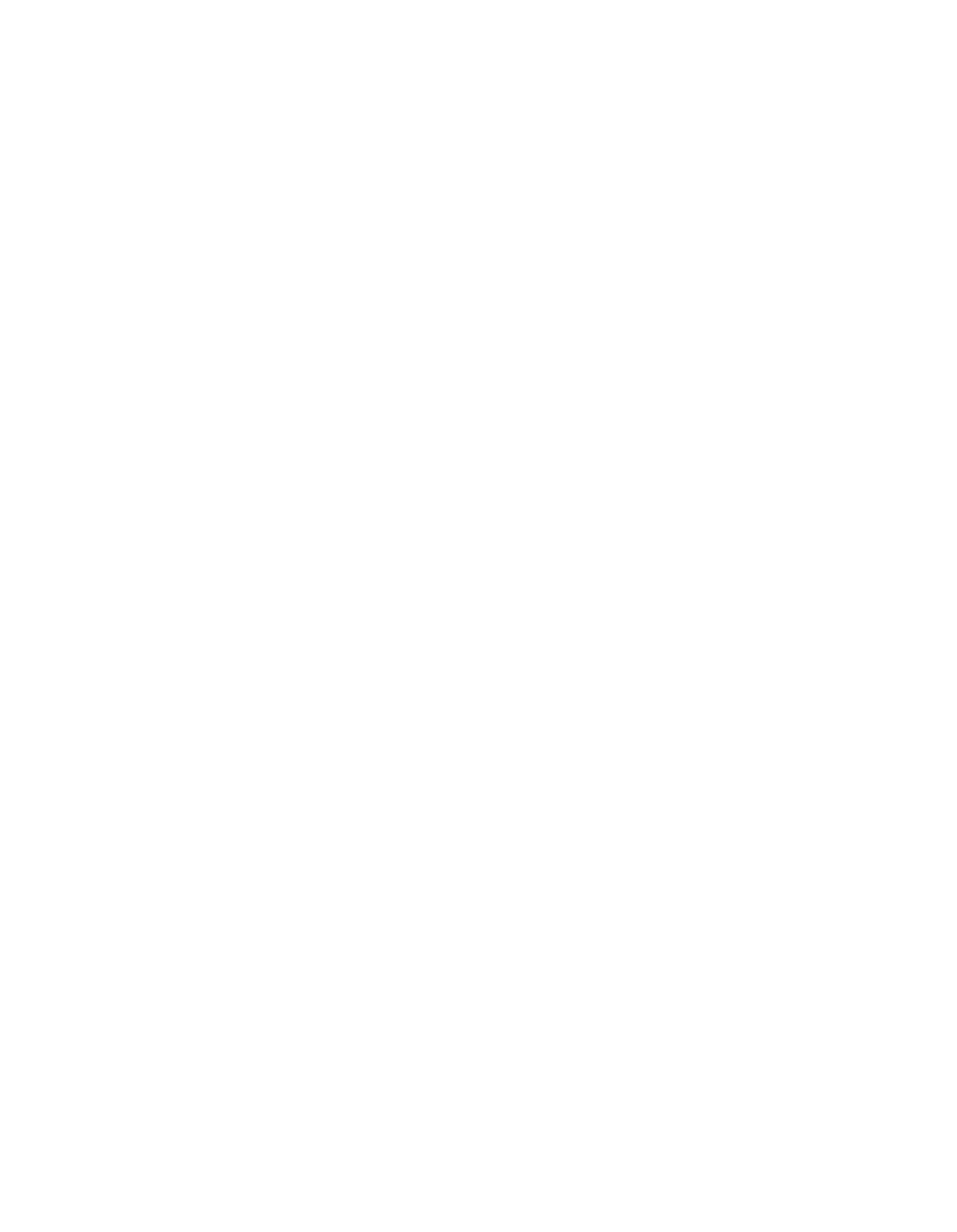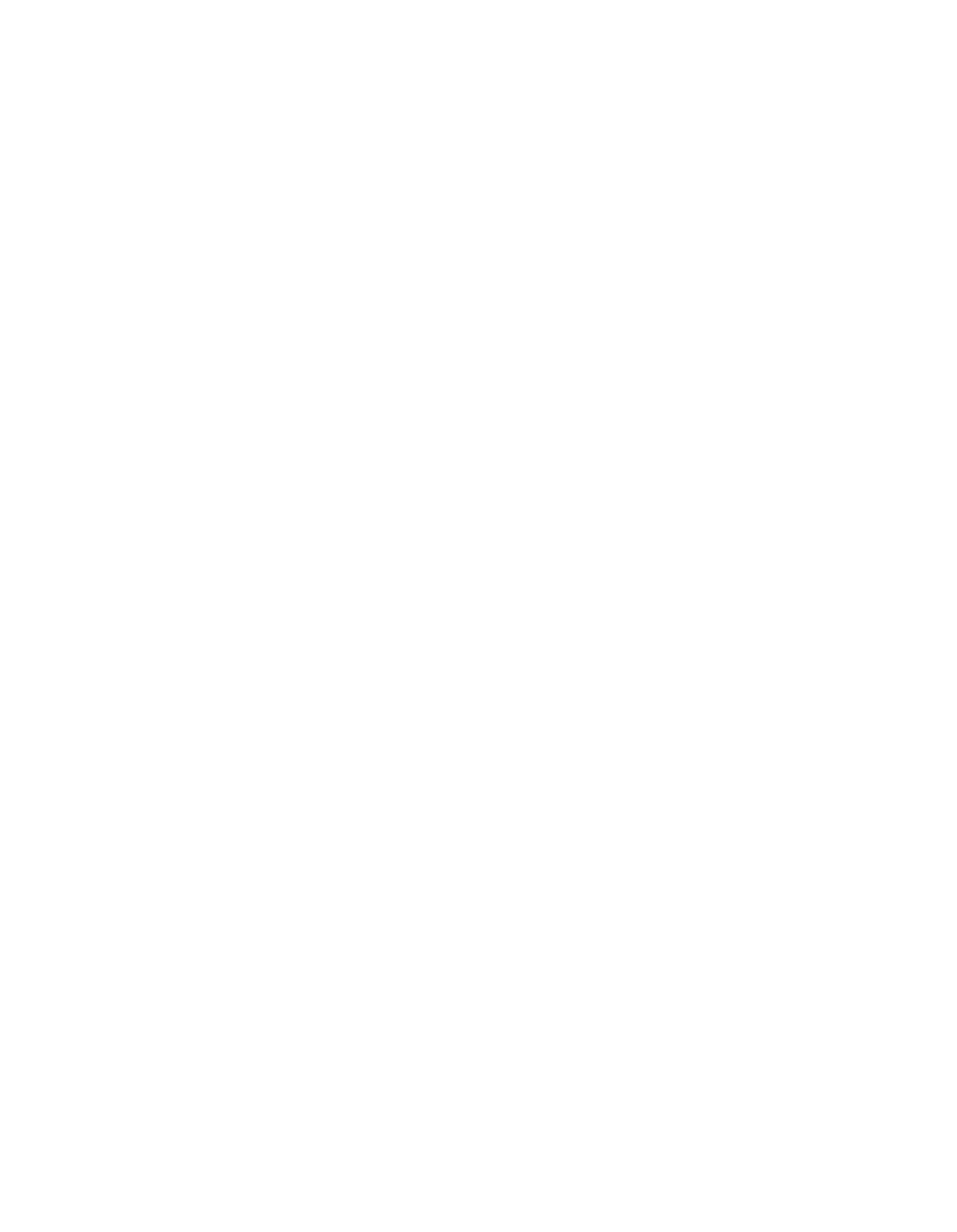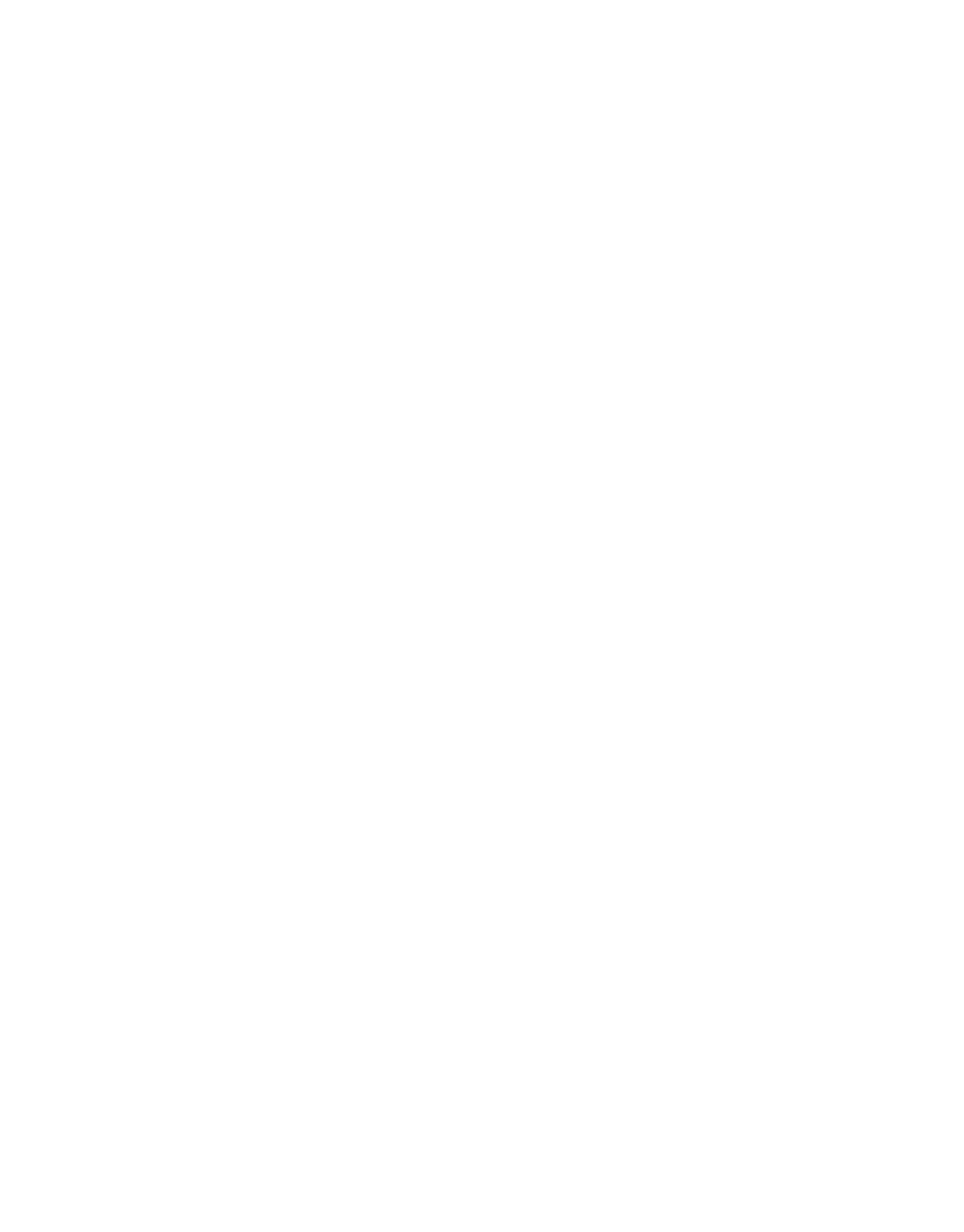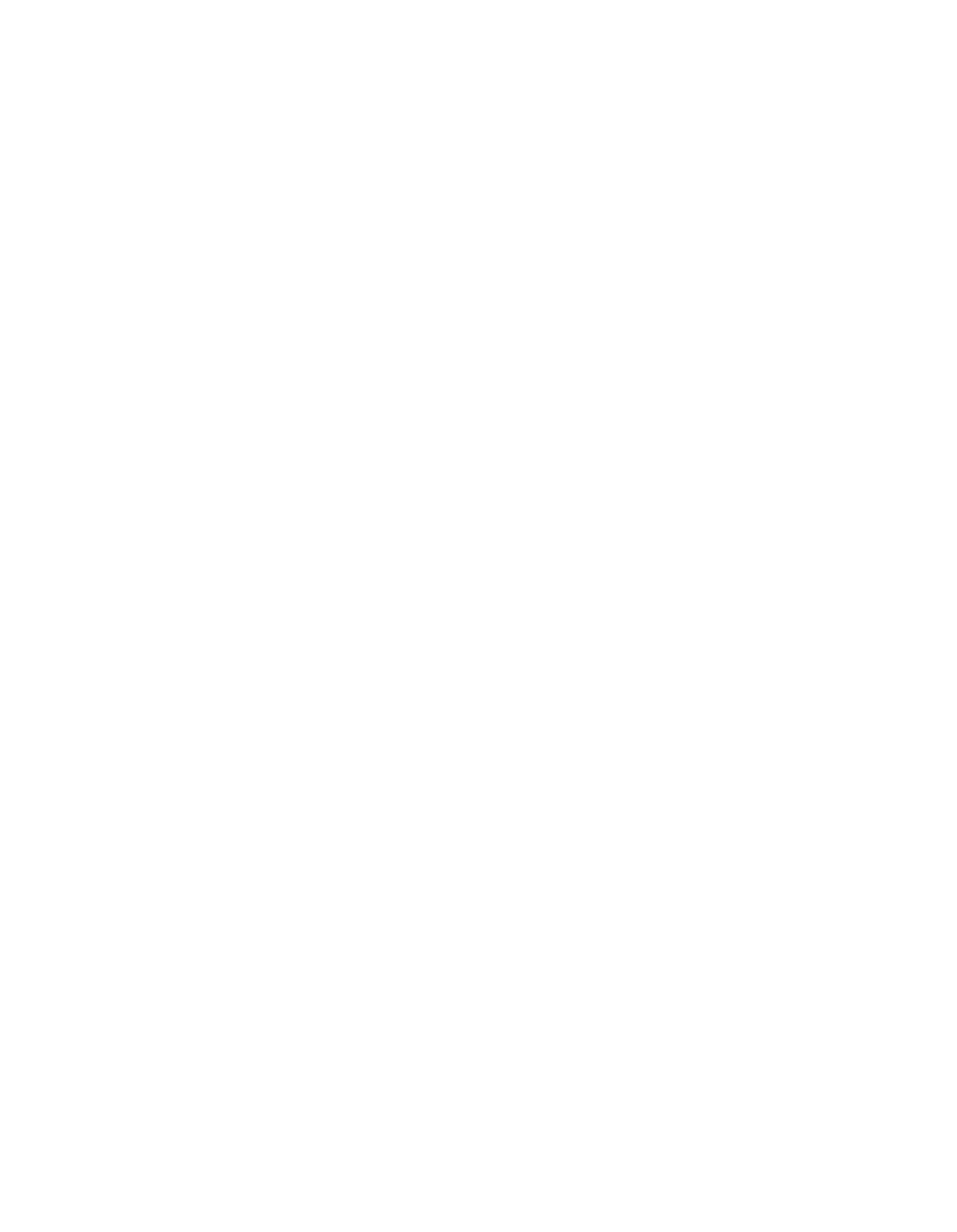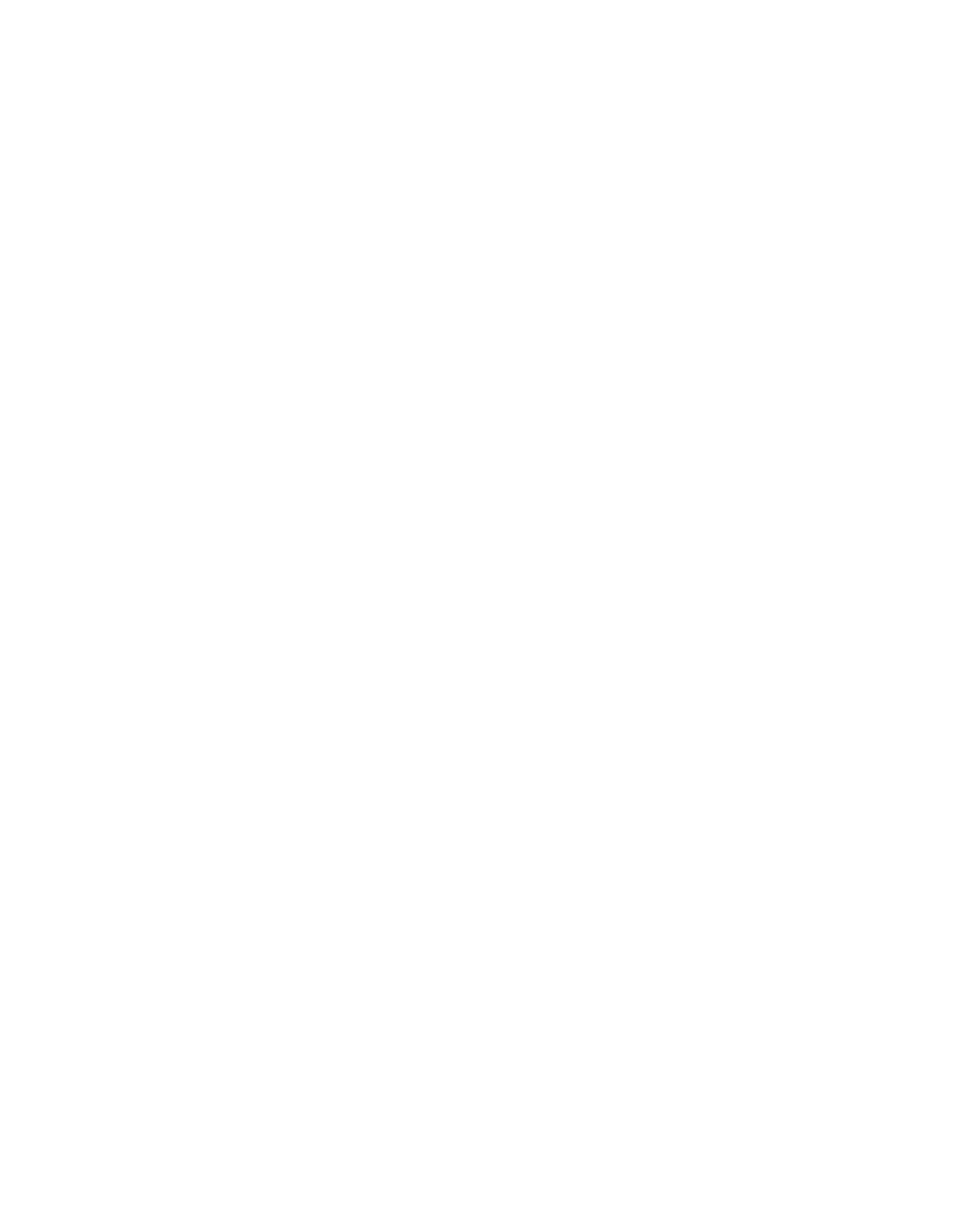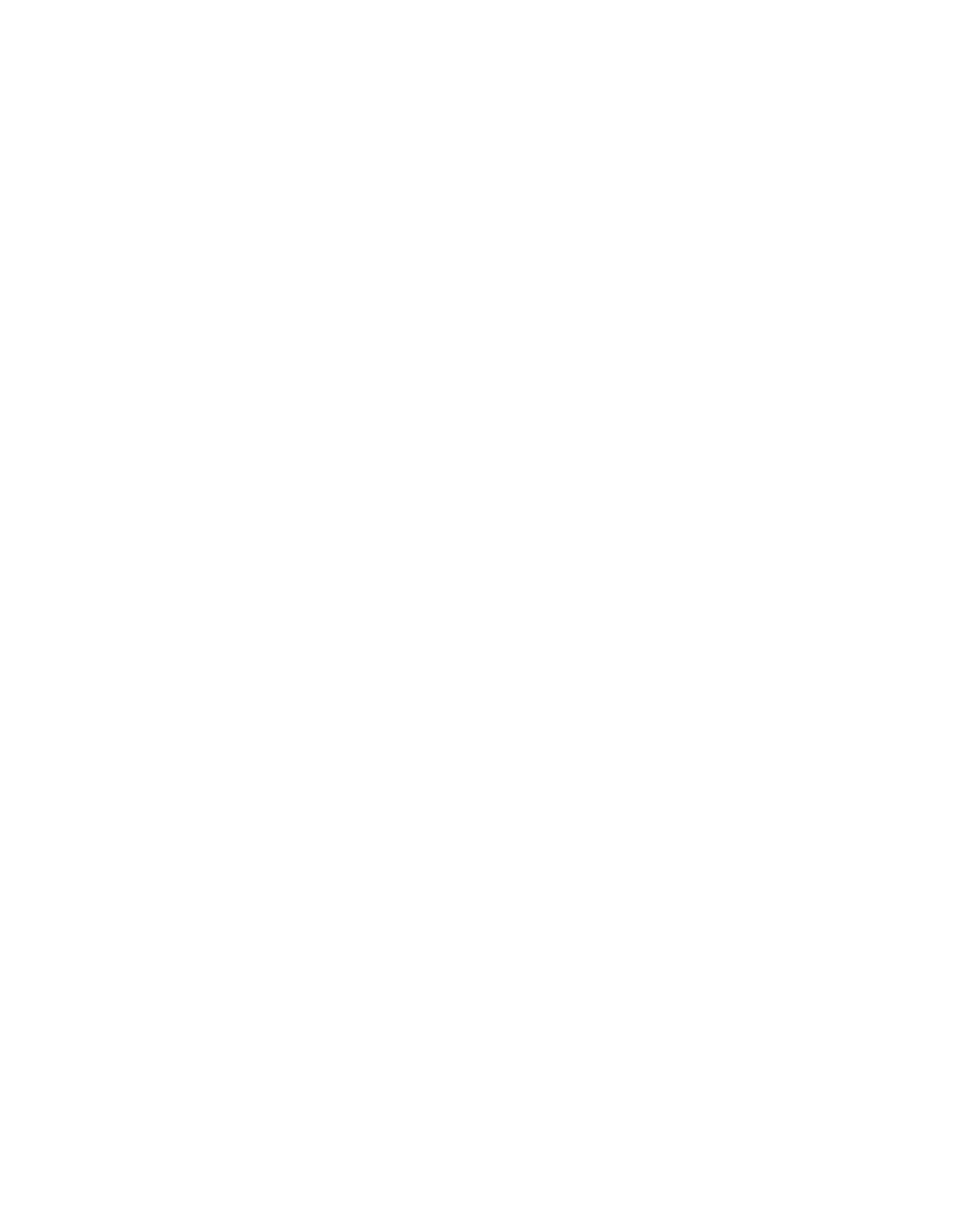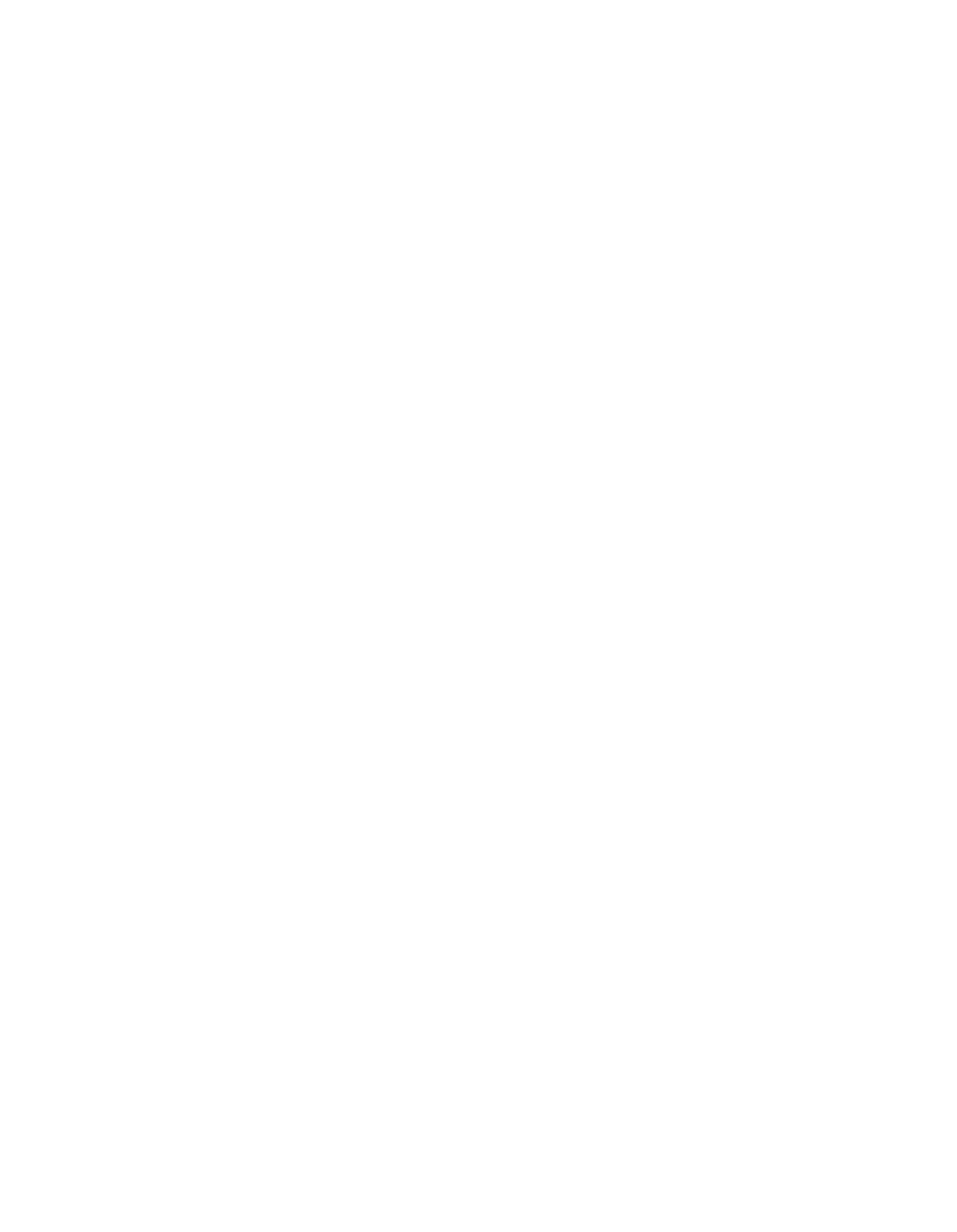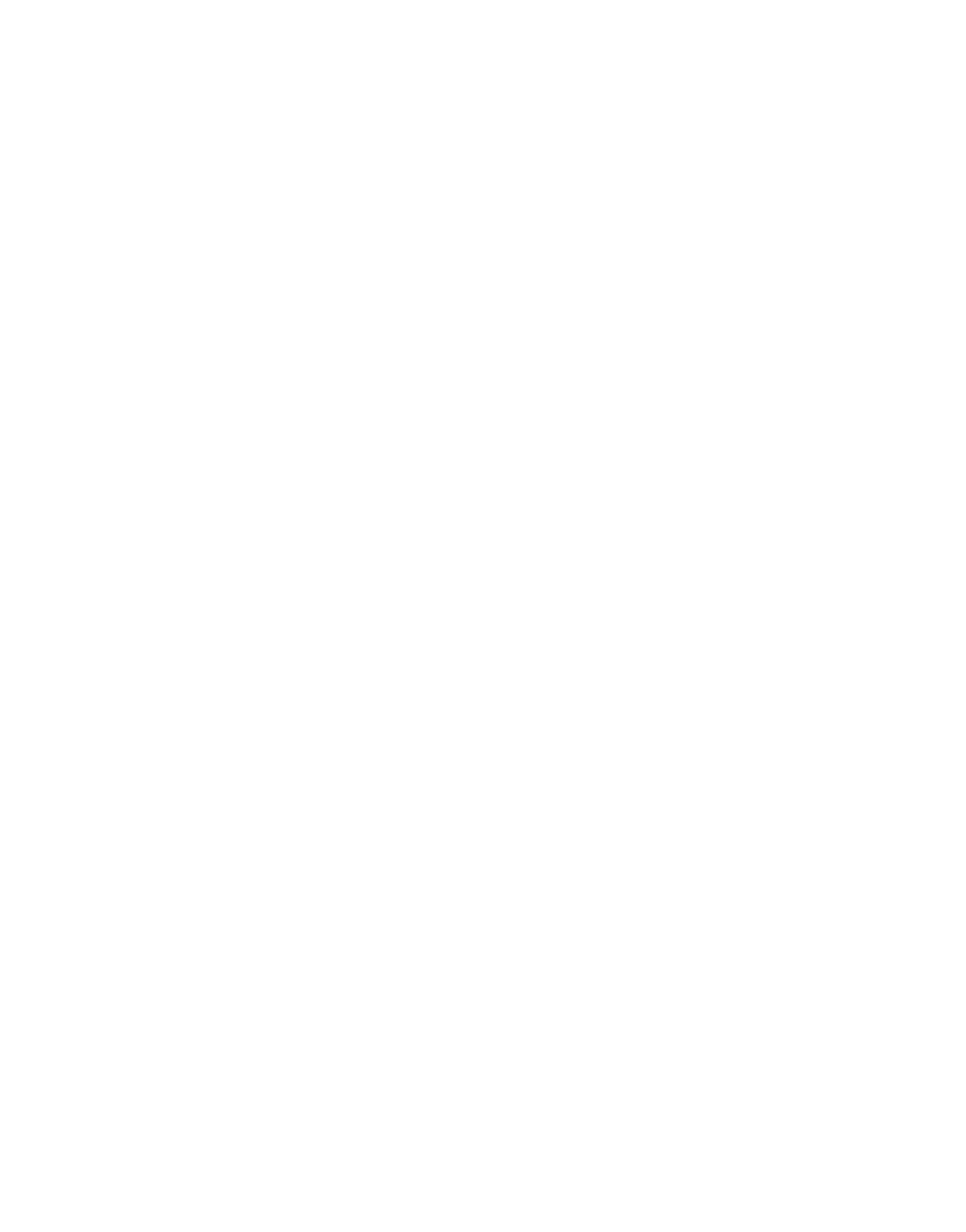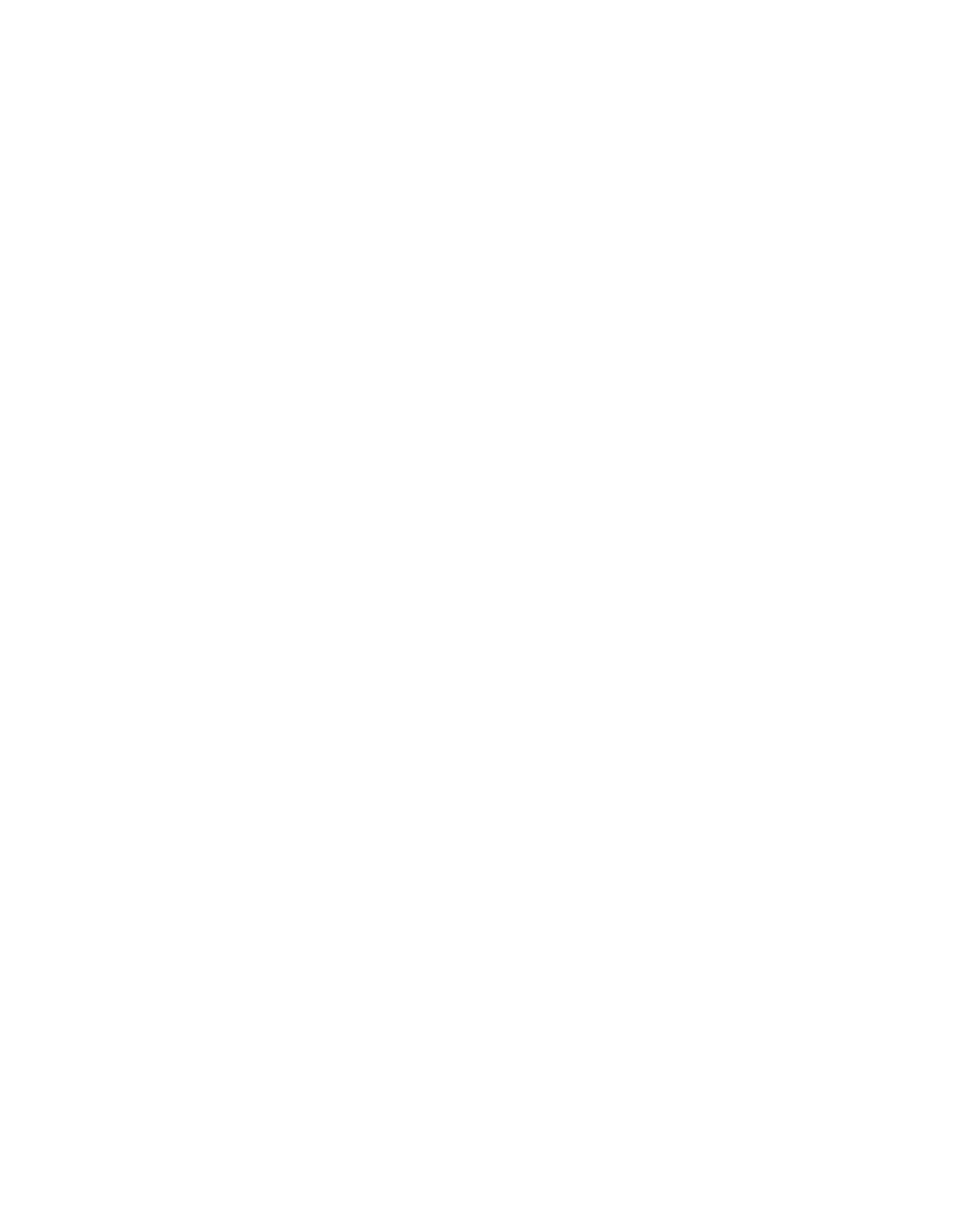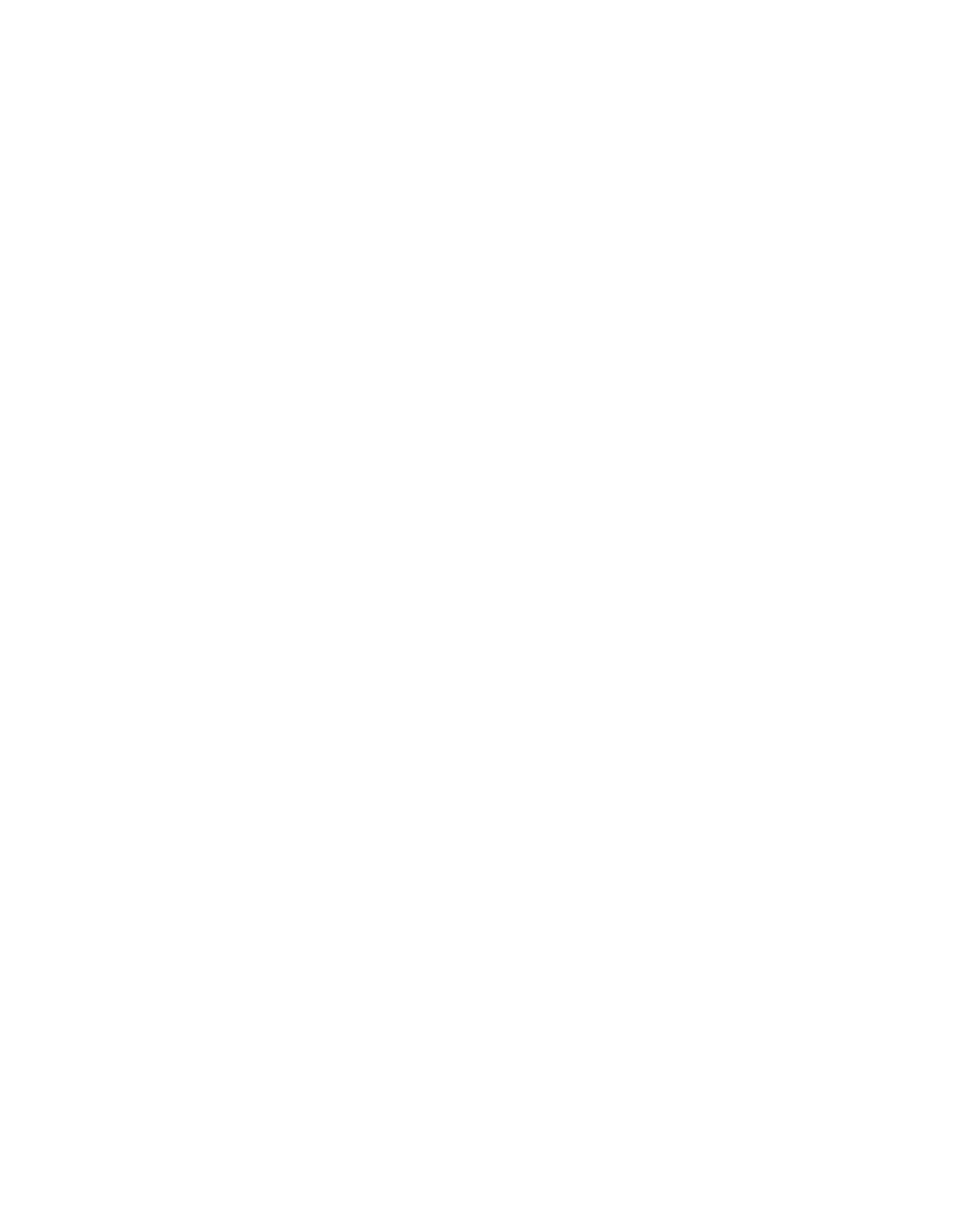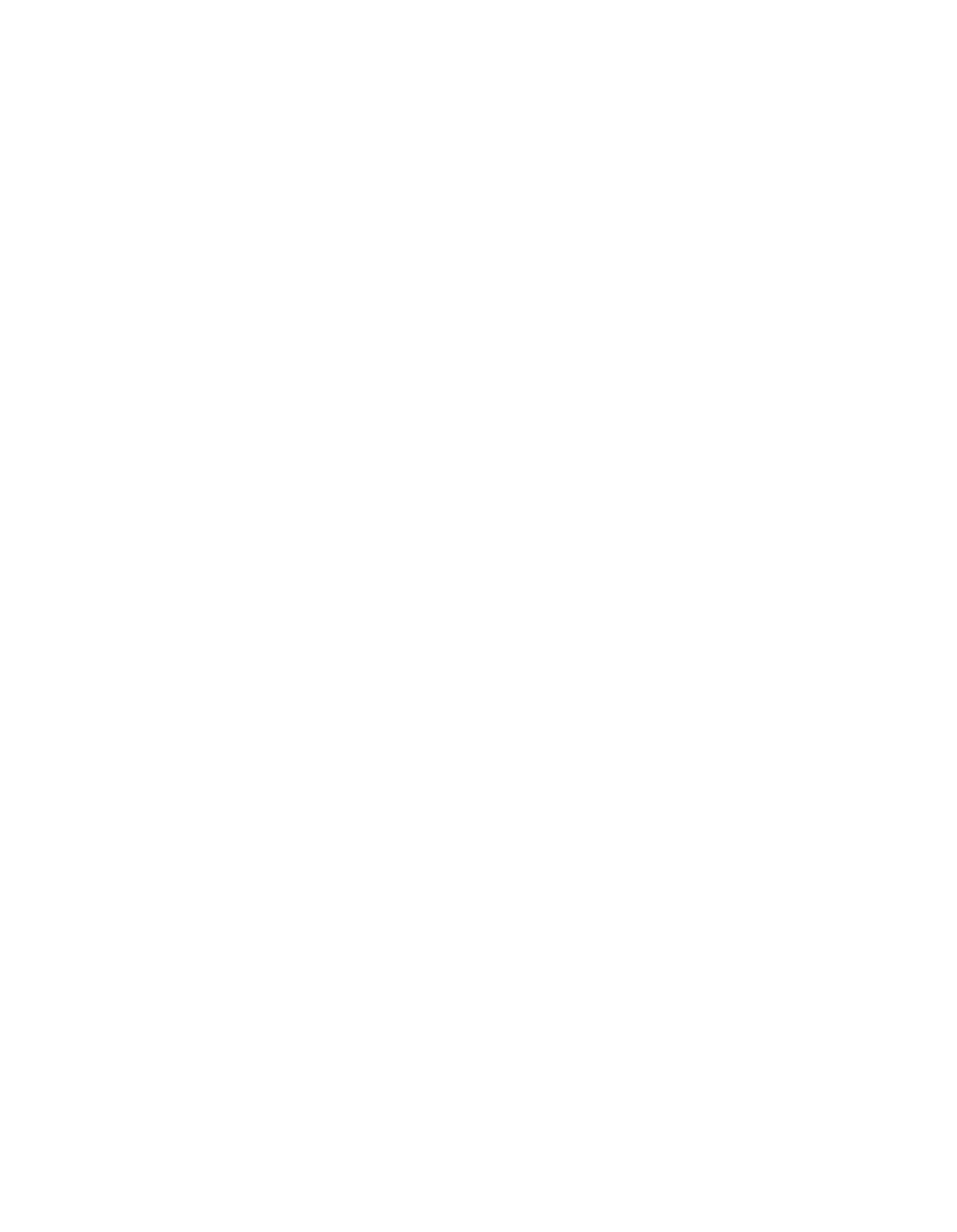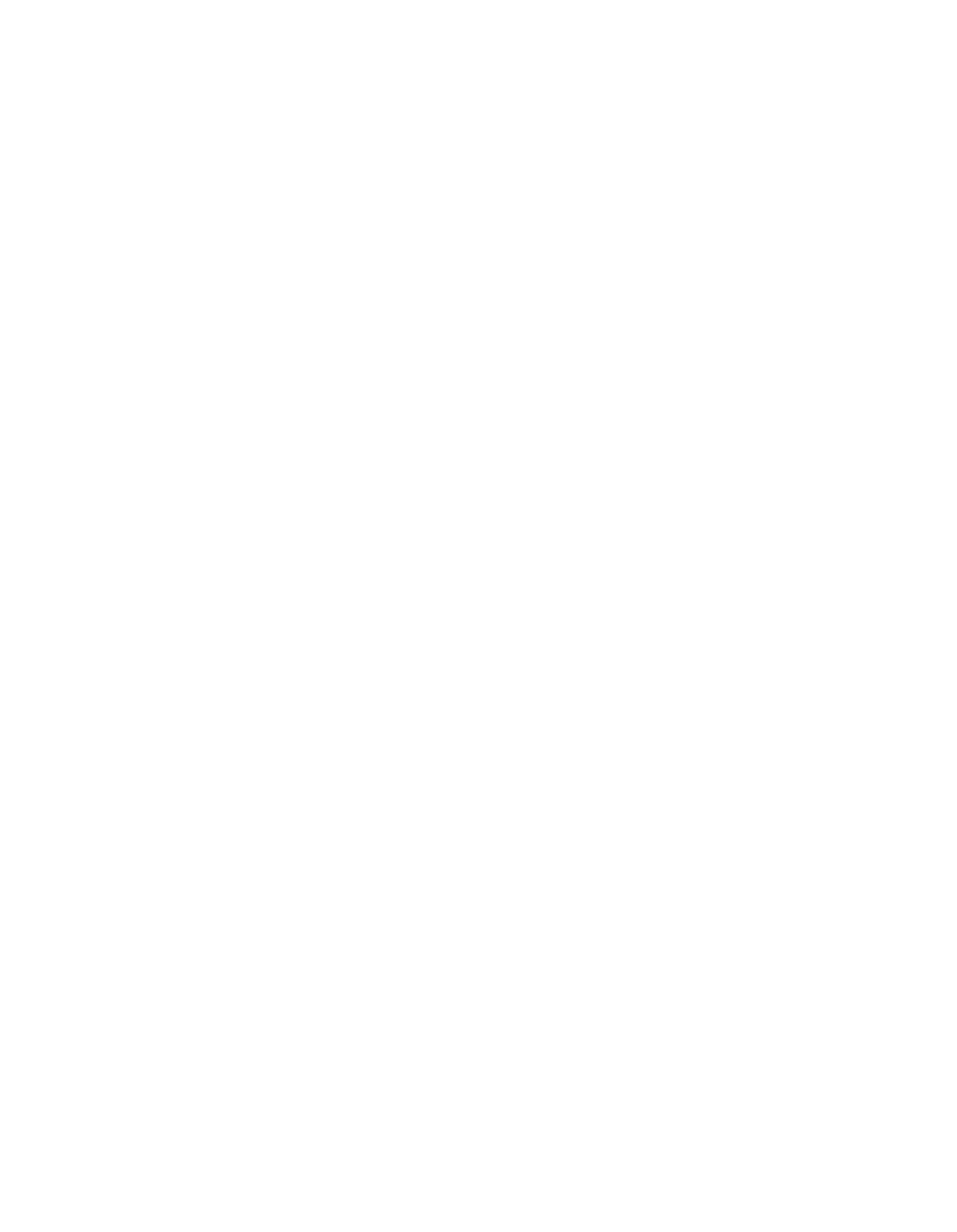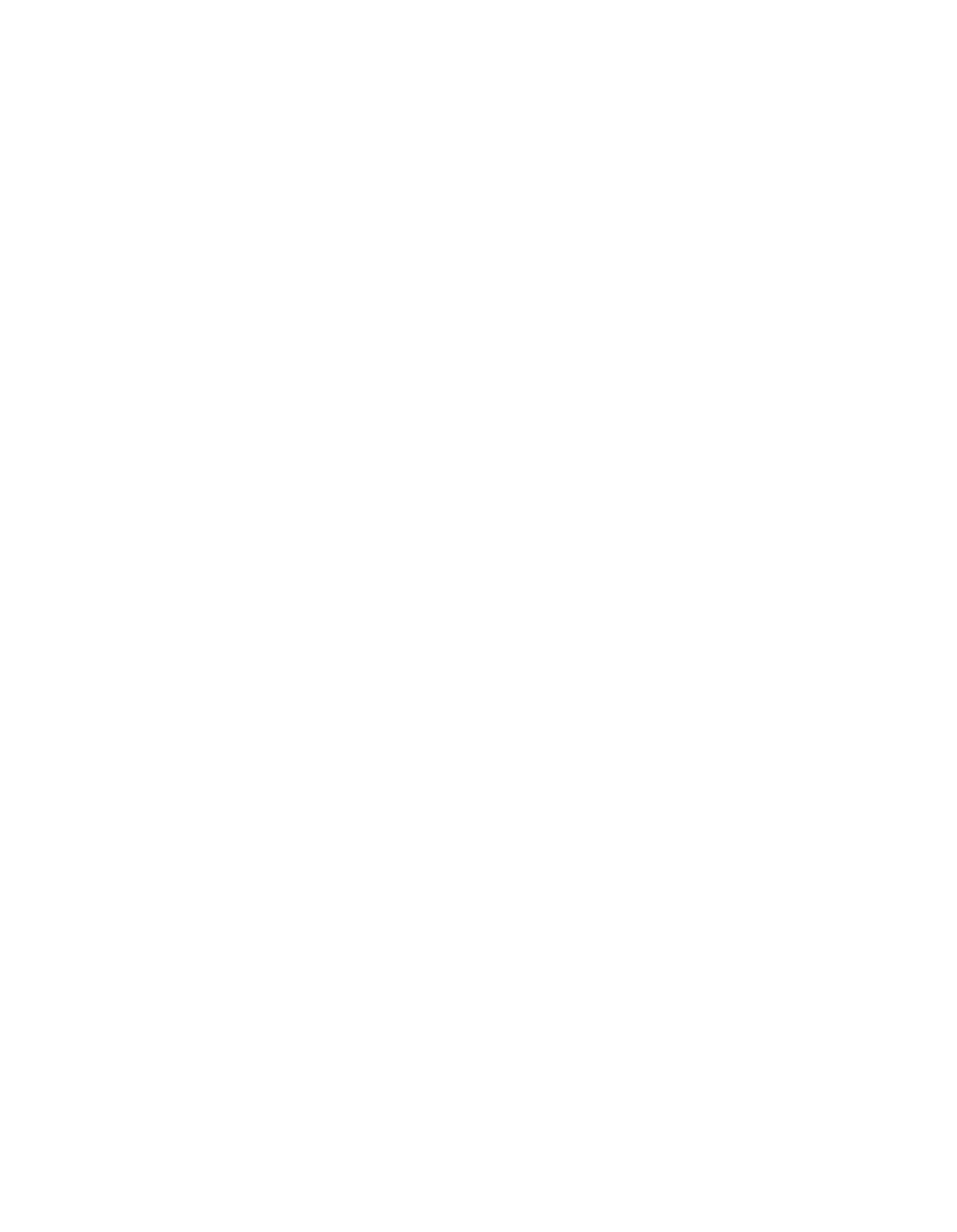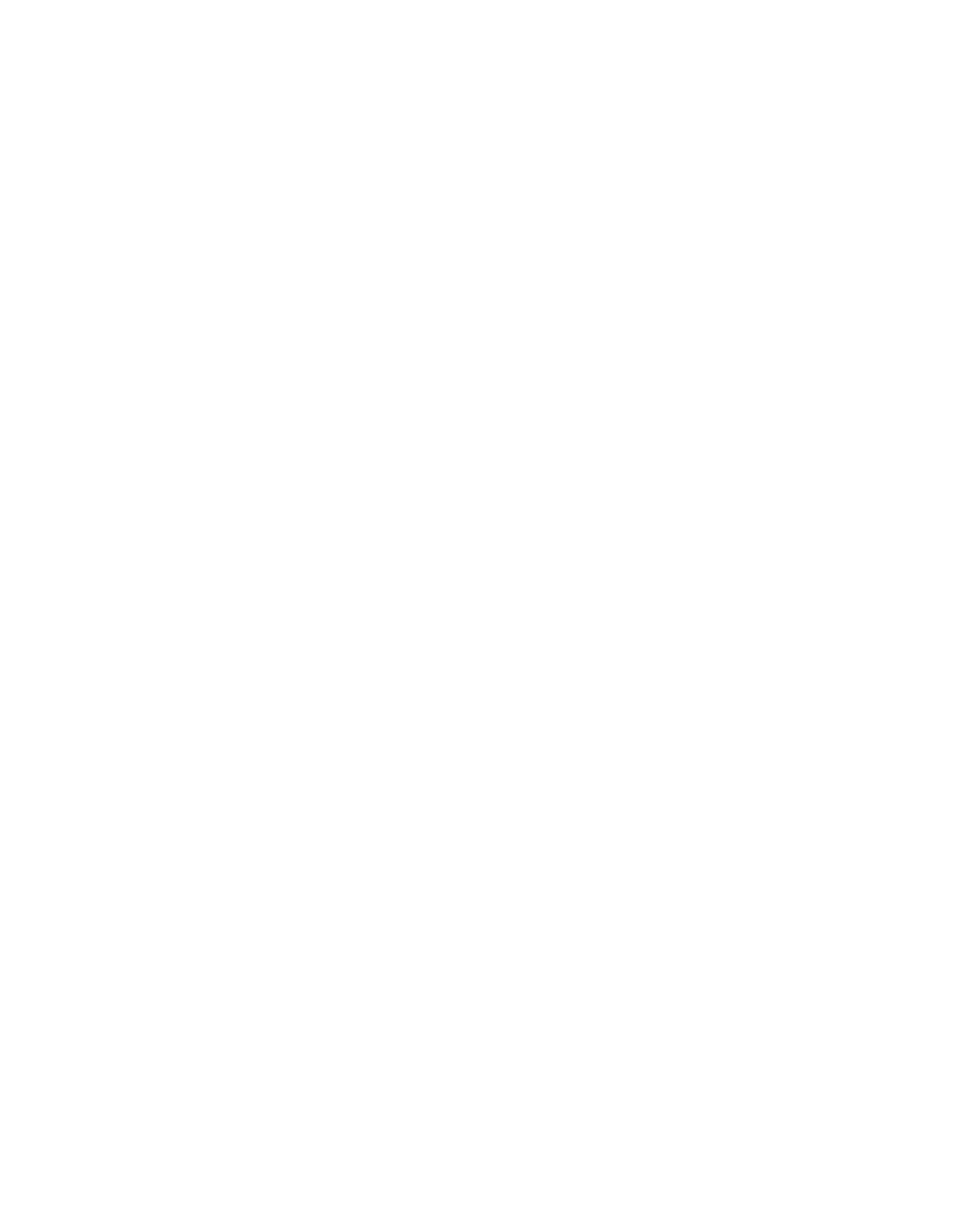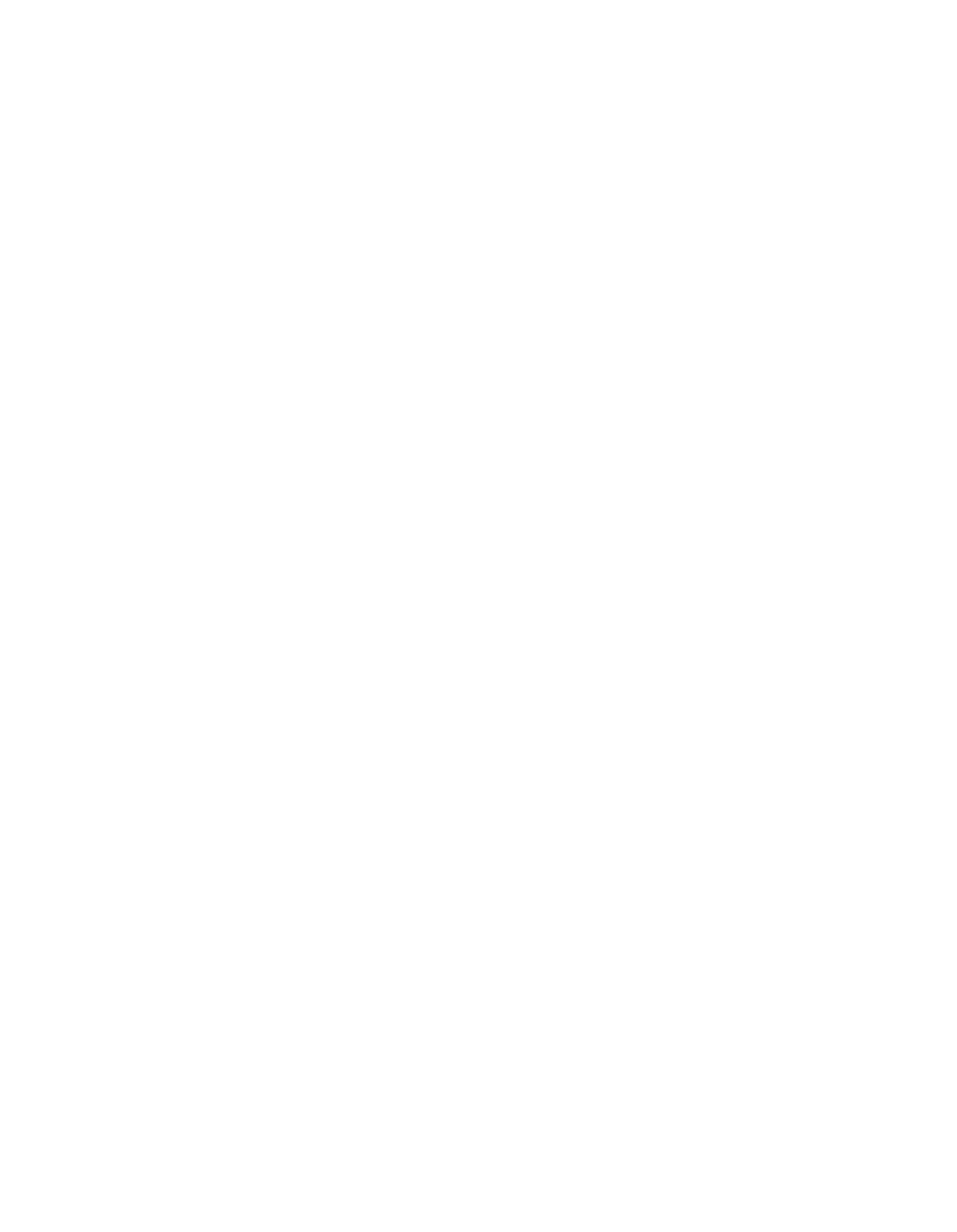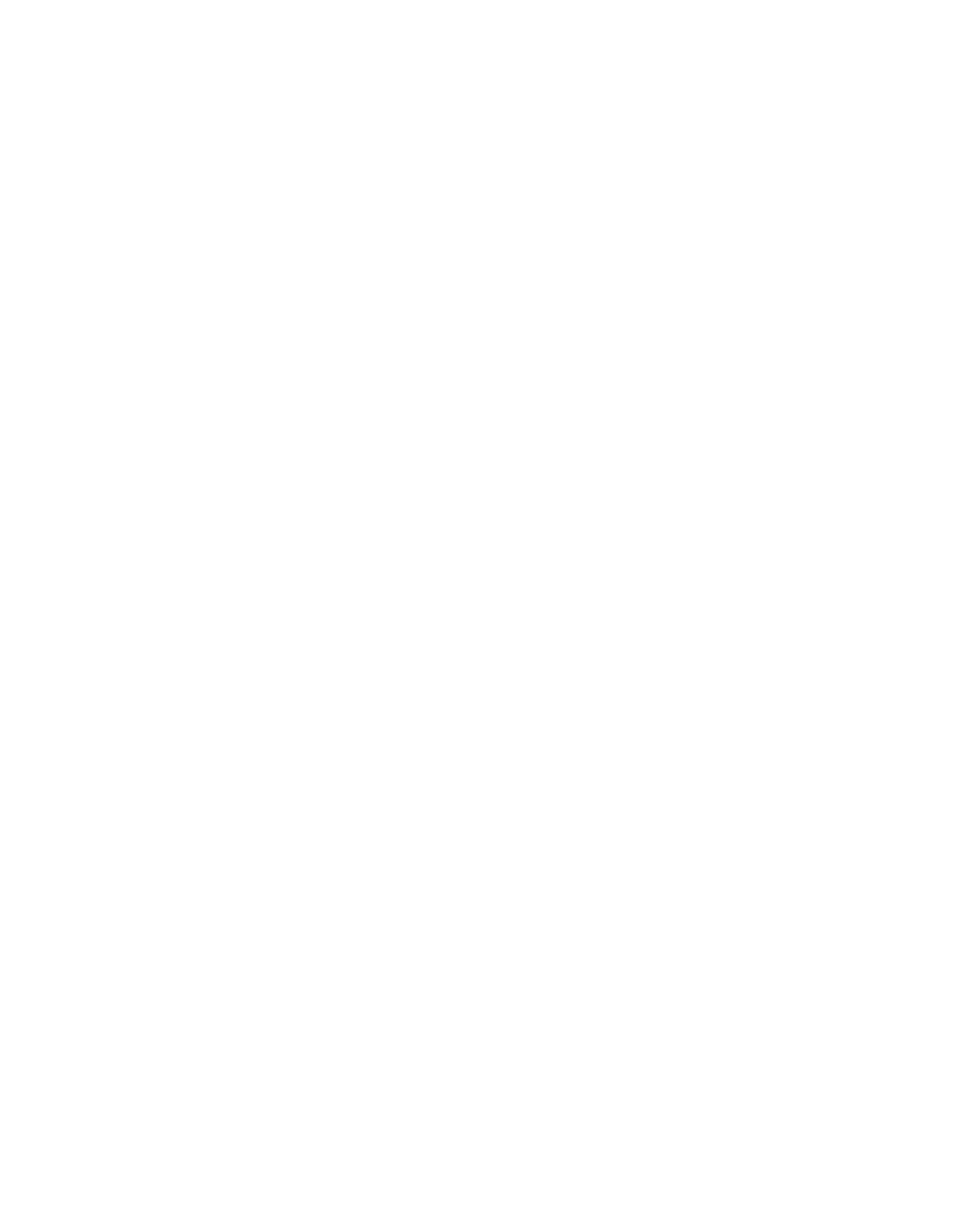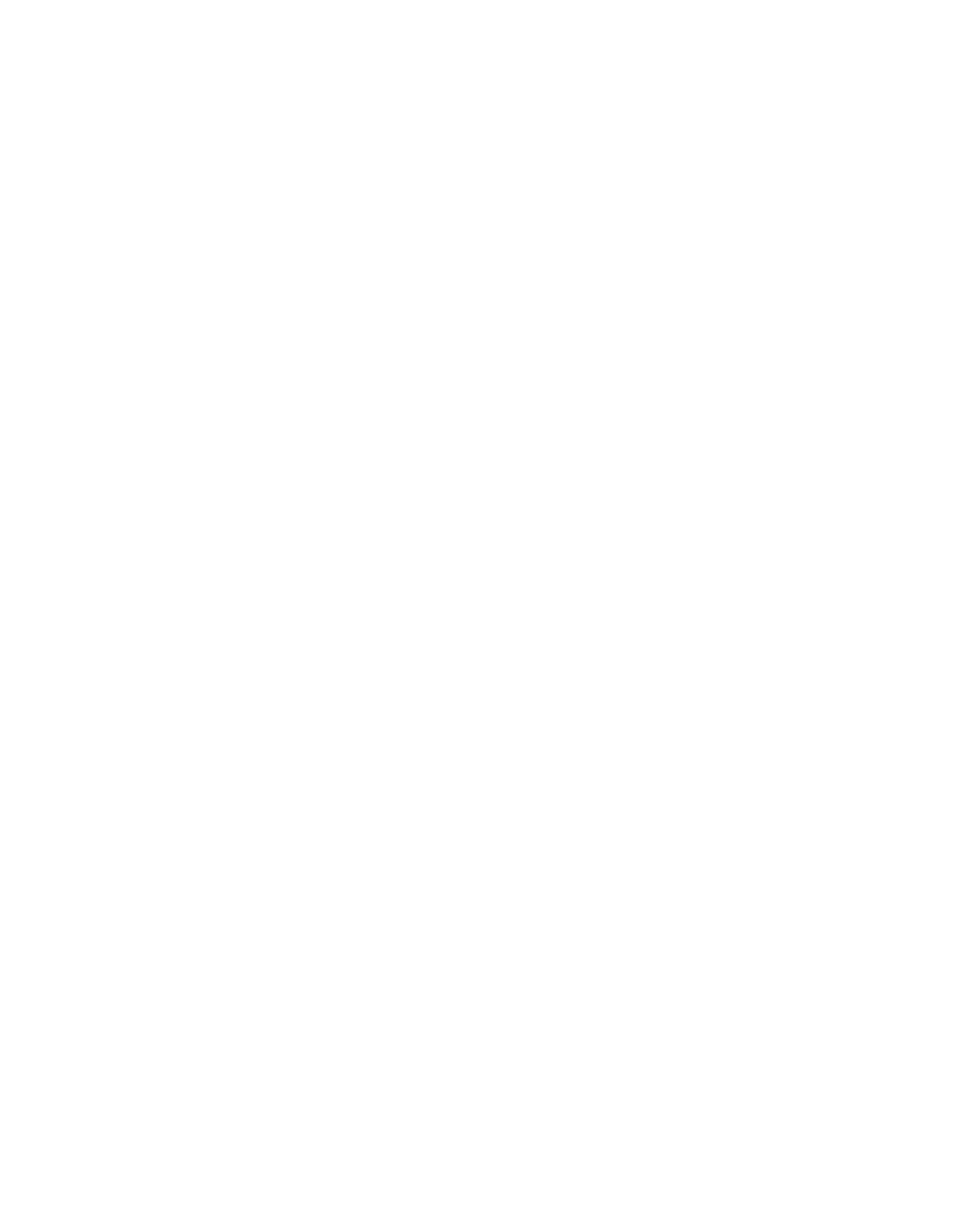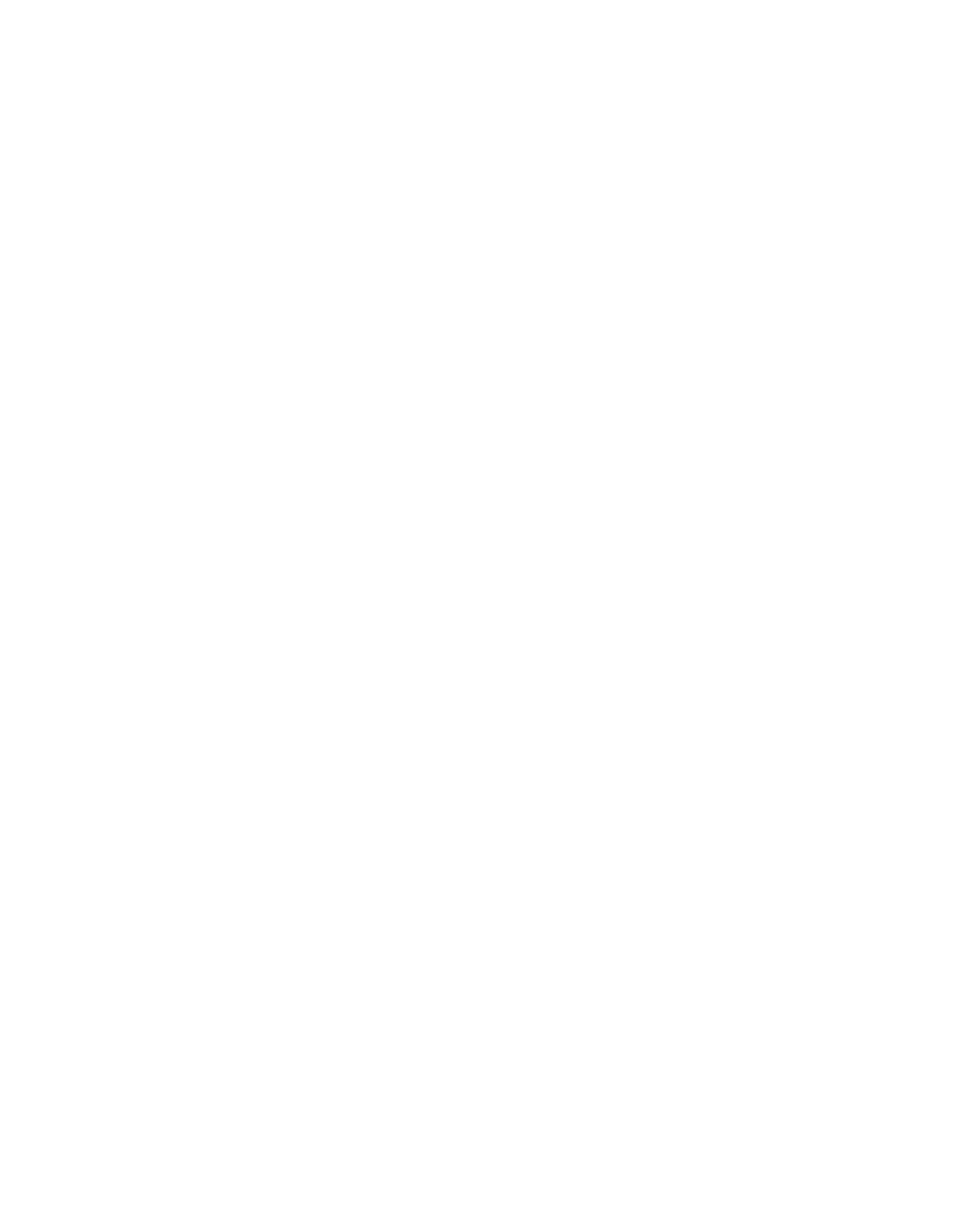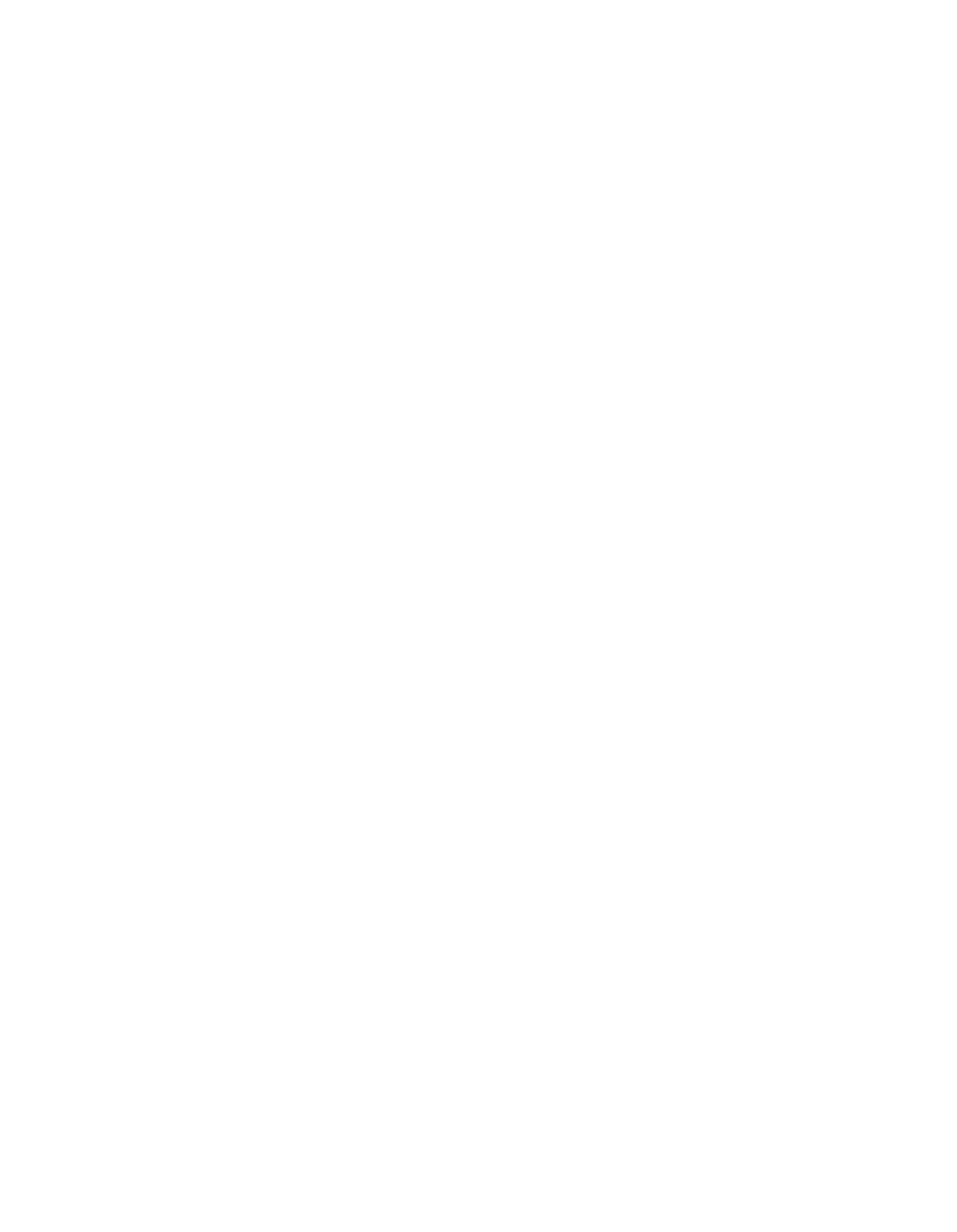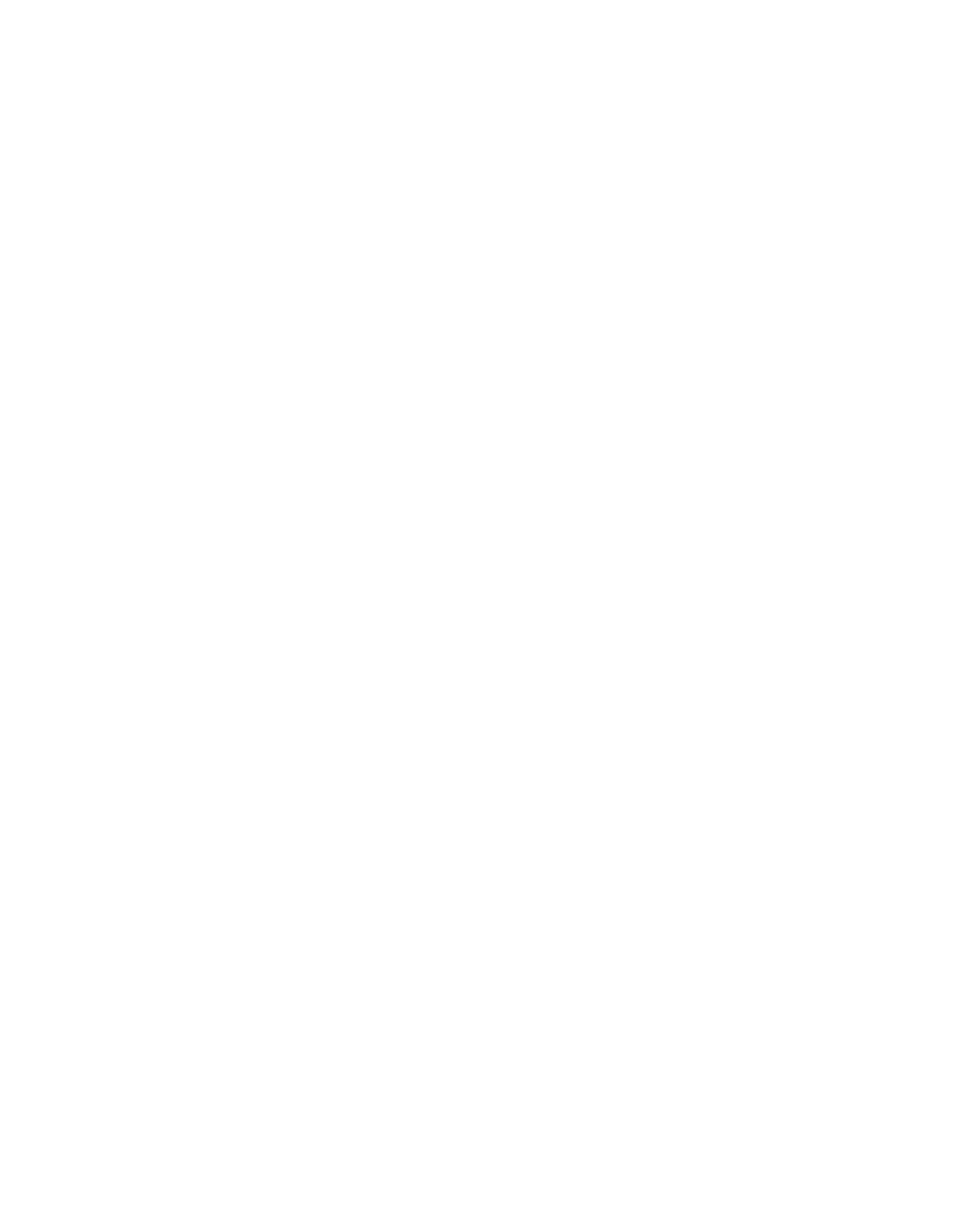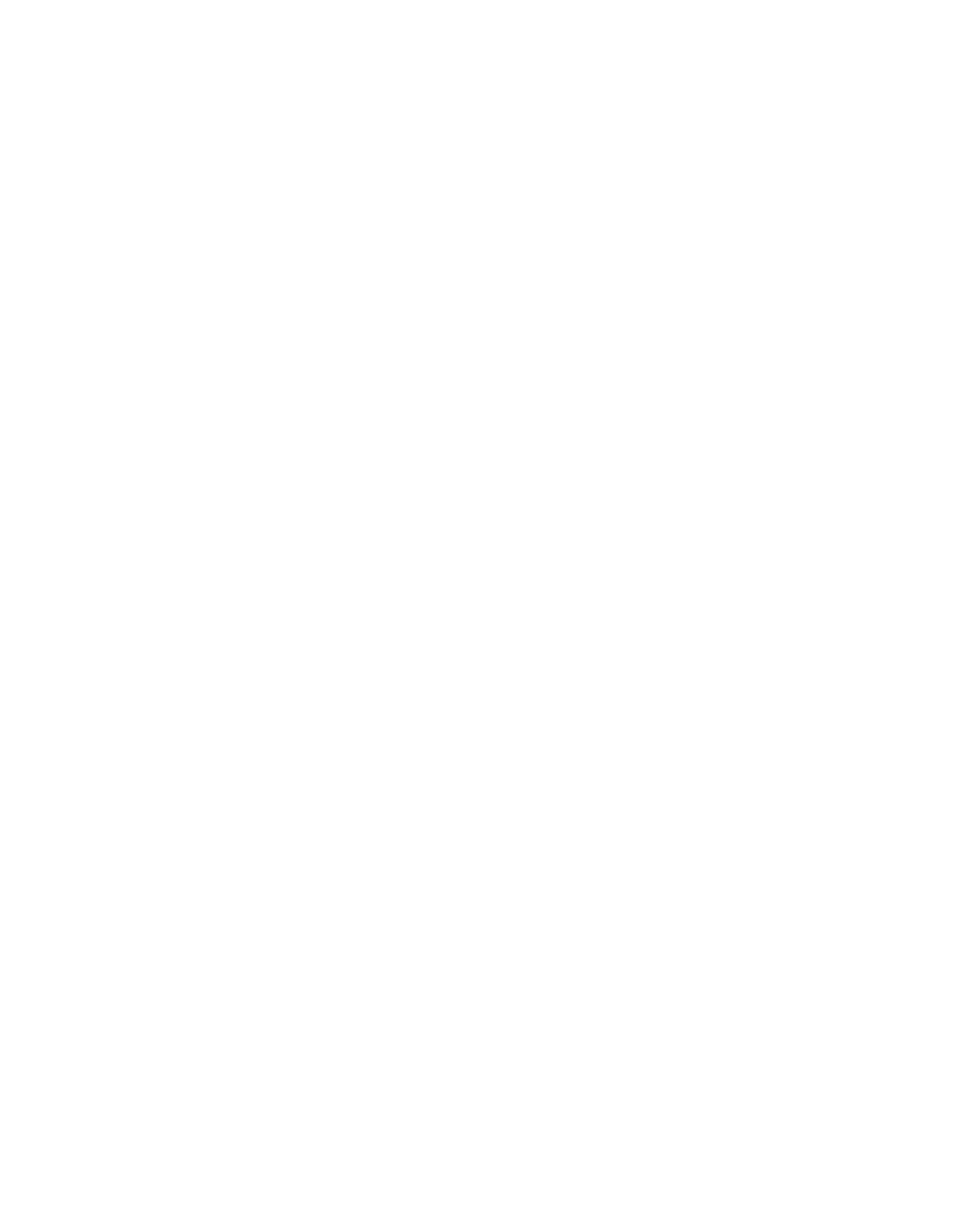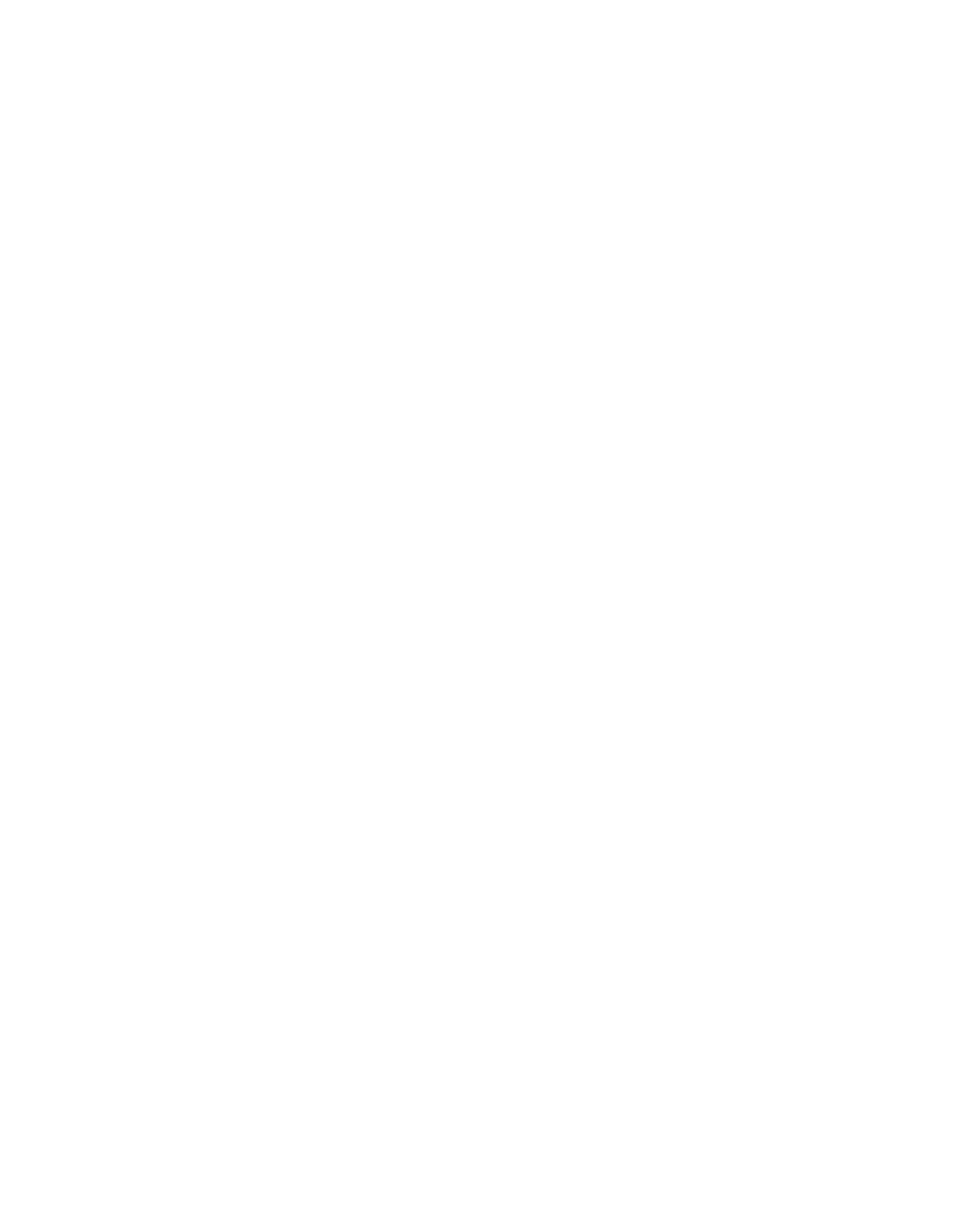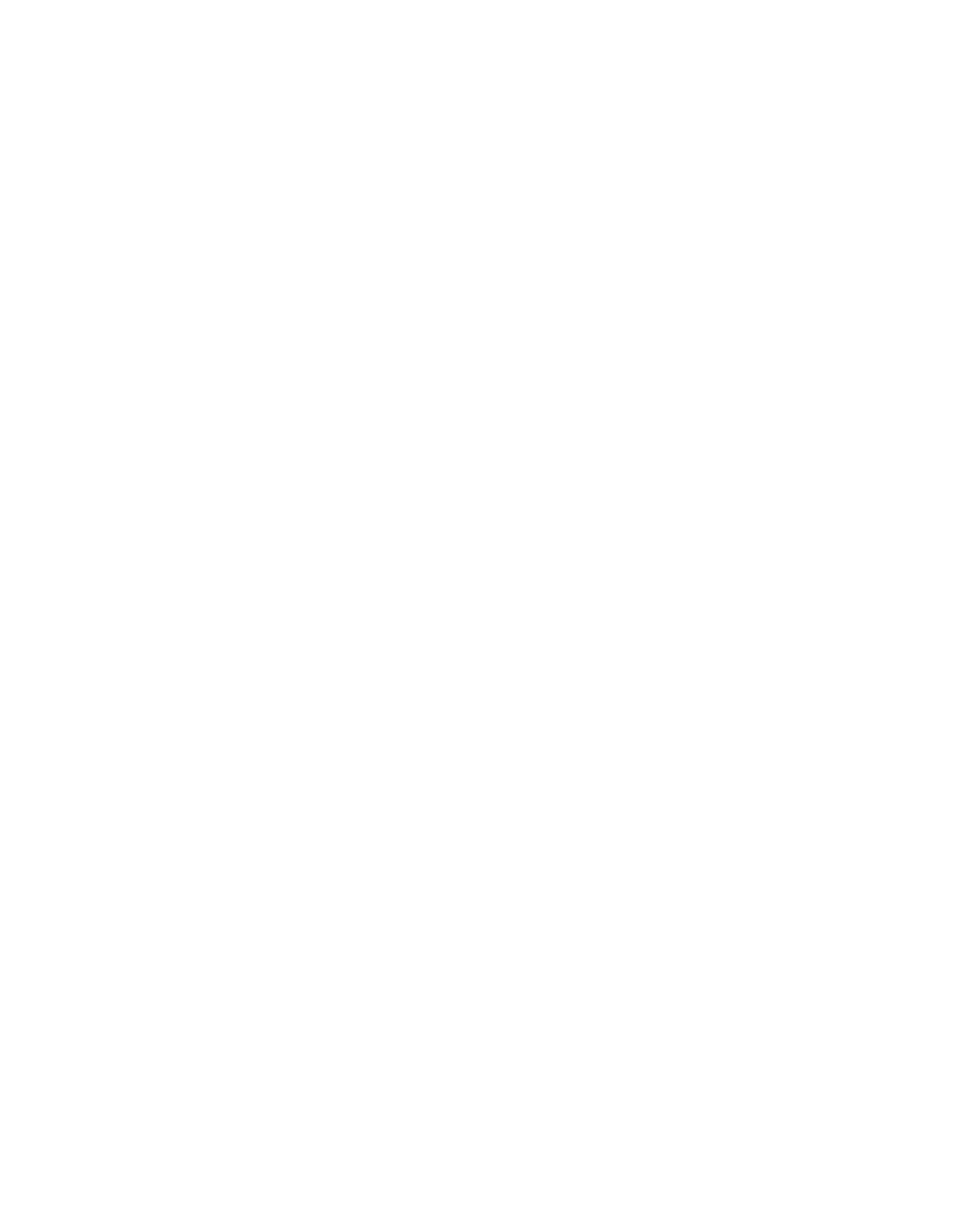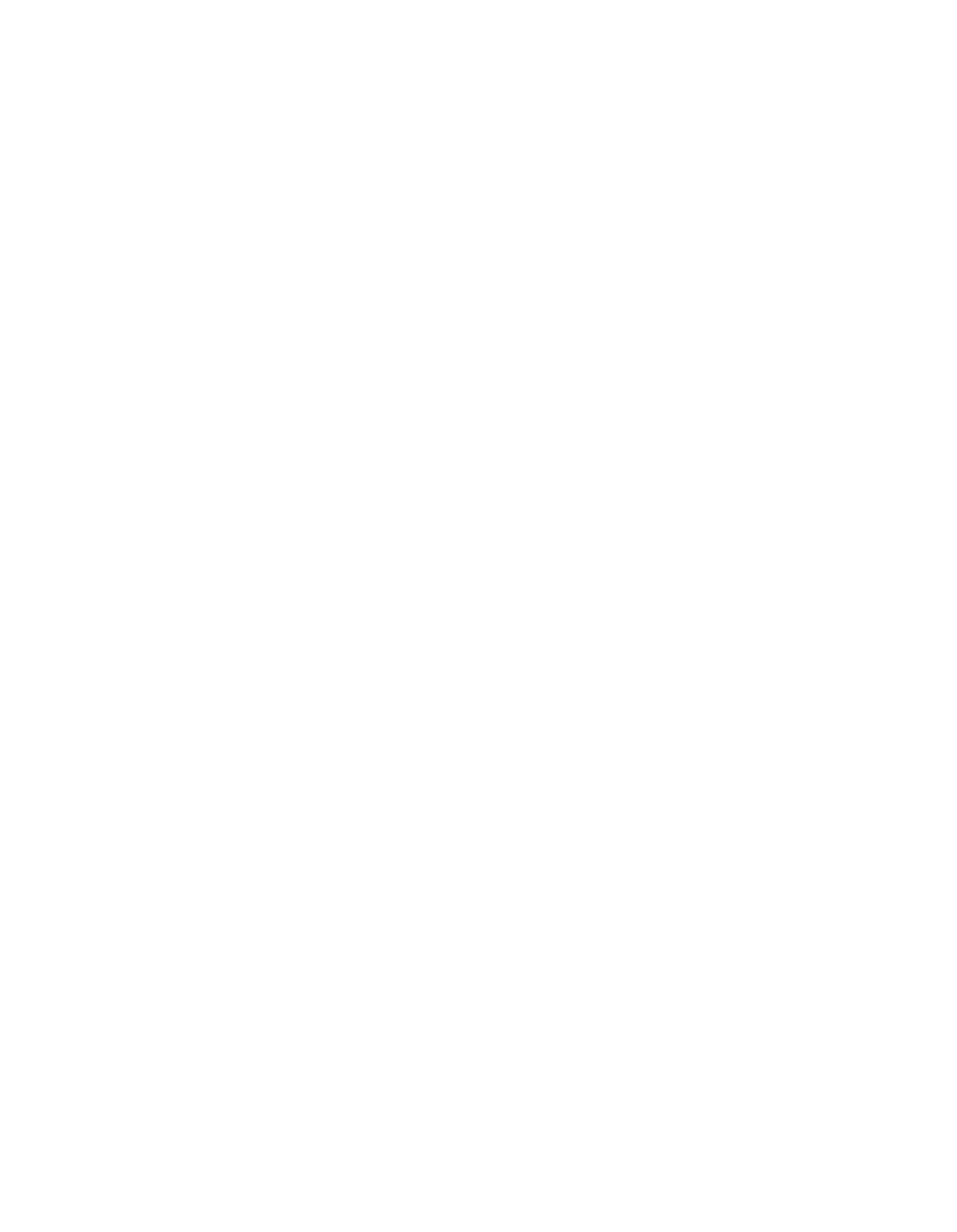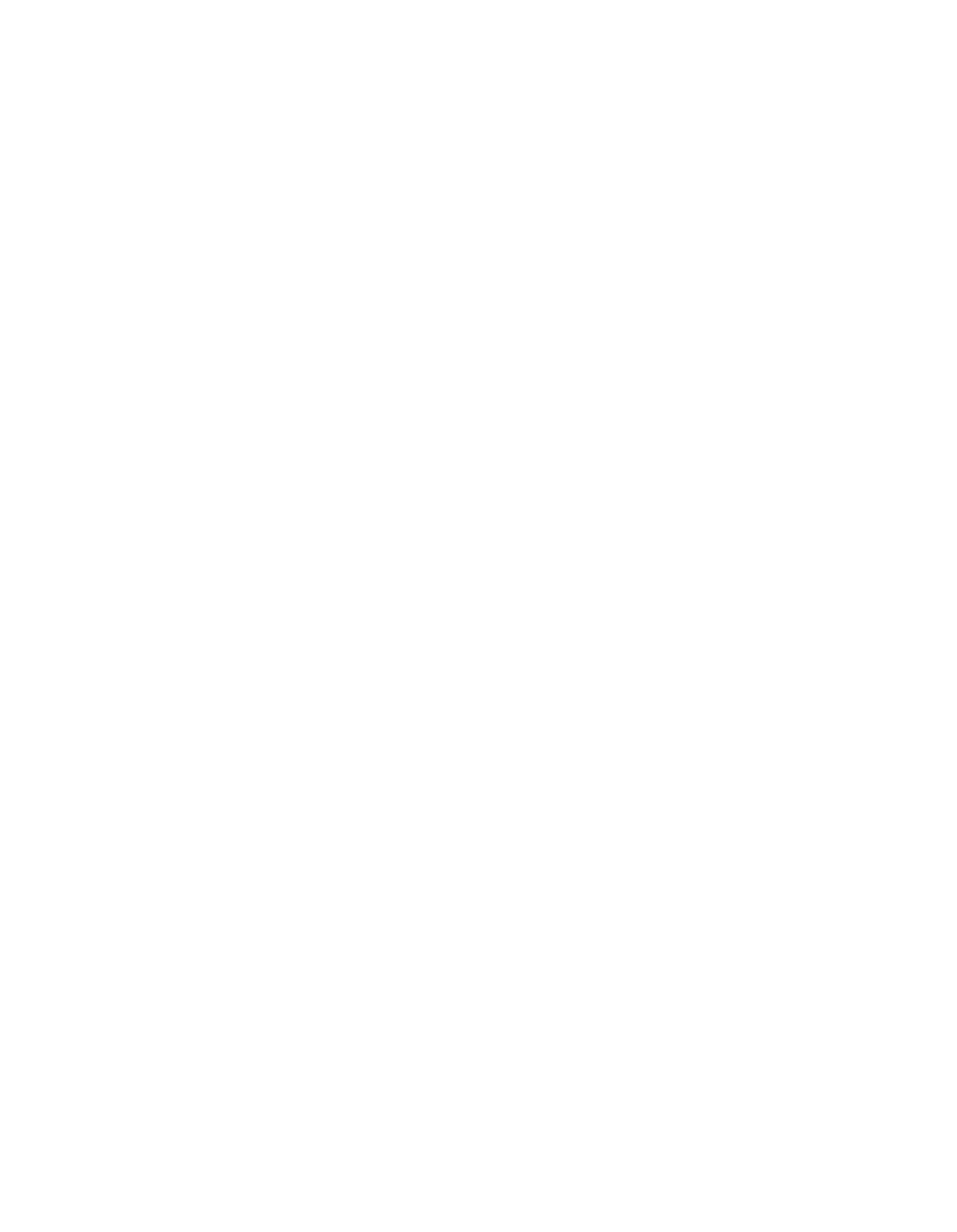IN THE MATTER OF:
ILLINOIS POLLUTION CONTROL BOARD
May 10, 1979
AMENDMENTS
TO THE PROCEDURAL RULES
ORDER OF THE BOARD
(by Mr. Dumelle):
)
)
)
R79—5
The following Appendix A is hereby adopted as an amend-
ment to the Board’s Procedural Rules.
This action
is being
taken pursuant to the requirements
of Section 4,01 of the
Administrative Procedure act (Ill,
Rev.
Stat.
ch.
127,
§1004.1).
It should be noted that this appendix
is intended for general
public informational purposes and is only a summary of exis-
ting Board rules and procedures.
IT IS SO ORDERED
I, Christan L,
Moffett,
Clerk of the Illinois Pollution
Control ~oard, hereby certify the above Order was adppted on
the
____
day of
(fl
o-~
,
1979 by a vote of
~
Board
ci
33—483
CHAPTER
1:
Procedural Rules
Appendix A
I.
THE ORGANIZATION OF THE BOARD
A)
Board Membership.
The Board was created pursuant to Section
5 of the
Environmental Protection Act
(the Act) and consists of five
technically qualified members.
The members are appointed
by the Governor
with the advice and consent of the Senate.
No more than three members may be of the same political
party.
Each member holds office for three years, with
no more than two offices expiring
in the same year.
The Governor designates one member as Chairman,
who serves at
the pleasure of the Governor.
The Chairman
may designate another member as Vice-Chairman, who
officiates in the absence of the Chairman.
B)
Staff,
Under the Act, each Board member may employ one
assistant and one secretary, except
the Chairman who
may employ one technical assistant, one administrative
assistant and one secretary.
However, the services of
the technical assistant are available to all Board
members as well as the Chairman.
In addition, the Board
employs one Economic Assistant whose duties
include analyzing
and making recommendations on the Economic Impact Studies
from the Institute of Natural Resources and developing
the record for individual case hearings and regulatory
hearings.
The Board also employs an Office Coordinator who
directs and supervises the two administrative units
of the Board:
the Clerk~soffice and the administrative
and fiscal management of the office.
In addition,
the
Coordinator is responsible for personnel management,
office accounting and the general operations of the office.
The Clerk’s office consists of a Clerk and an
Assistant Clerk who are responsible for maintaining
the Board’s files, processing complaints and arranging
hearings.
The Clerk also serves as public liaison for
the Board.
In addition to the duties mentioned above,
the Clerk maintains a list of attorneys in private
practice, who serve
as the Board’s hearing officers.
Hearing officers receive a per diem of $150.00 per
hearing day and are reimbursed for travel expenses.
33—484
ILLINOIS POLLUTION CONTROL BOARD
ORGANIZATIONAL CHART
C-)
C-)
U,
Technical
Assistant
t’J
~3
~1erI
Hearing
~ssistant
Officers
~C1erk
—3—
II.
HOW THE PUBLIC CAN OBTAIN
INFORMATION, MAKE
SUBMISSIONS
OR REQUESTS
ON SUBJECTS,
PROGRAMS
AND ACTIVITIES OF
THE BOARD.
A.
Files Open to
Reasonable Public
Inspection.
1,
General access
and non—disclosed material.
Pursuant to §7 of the Environmental Protection
Act, all files, records and data of the Board are open
to
reasonable public inspection and copying, except material
stamped by Board Order,
“Not Subject to
Disclosure,”
Only the following
materials
may be
so stamped by the Board:
1)
Information which constitutes
a trade
secret;
2)
Information privileged against introduc-
tion
in judicial proceedings;
3)
Internal communications by the Board;
4)
Information concerning secret manufac-
turing processes or confidential data submitted
by any person under the Act; and
5)
Income and
earning
data when not an
issue in the proceeding.
Materials are stamped “Not Subject to Disclos-
ure”
only upon written application
at
the time the material
is submitted.
Each application must contain the
following:
1)
Identification of the precise
material,
or parts of material,
for which nondisclosure
is
sought;
2)
Indication
of
the particular nondisclosure
category into which the material falls;
and
3)
A concise statement of the reasons
for re-
questing
nondisclosure.
The application shall be
verified and contain such data and information as
will apprise the Board of the
nature
of the material
~or which nondisclosure is sought,
the reasons
why
nondisclosure is necessary,
the number and title of
all persons familiar with
such information,
and how
long the material has been
limited for disclosure.
33—486
—4—
A single copy of the material for nondisclosure shall
be filed with the Clerk with the application and
shall be available for examination only by Board mem-
bers.
The Board shall promptly rule on every appli-
cation and inform the applicant of its decision.
An
application shall bar public inspection of the mater-
ial for nondisclosure until the application has been
disposed of by the Board and the time for appeal has
run.
The Board may enter conditional nondisclosure
orders allowing withdrawal by an applicant of the
material covered by such order, at which time the
Board’s ruling on the application shall be based on
the record excluding the material
so withdrawn.
2.
Copying Facilities.
Copying facilities are available at the Board’s
offices,
and requests by mail are honored.
A single
opinion or order, regardless of length, will be furnished
upon request as are multiple opinions or orders totalling
10 pages or less.
Requests for multiple opinions or
orders totalling more than
10 pages will be furnished at
a cost to be determined by the Board,
including mailing
costs.
However,
the Board reserves the right to contract
with a professional reproduction service for any copying
that would impose a substantial administrative burden upon
the Board, and
it reserves the right to charge the requesting
party for reproduction and mailing costs incurred.
B.
Publications.
1.
Environmental Register.
Every two weeks the Board publishes its ~ews1etter
the Environmental Register.
The Register includes:
notice
and schedule of public hearings; the results of the Board’s
meetings, including final actions taken by the Board and
new cases before the Board;
a calendar of case hearings;
proposed regulations, revisions and repeals;
the activities
of the Board members and their
staff; and, any articles of
general public interest.
Copies of the Register are avail-
able at the Board’s office free of charge.
Copies are also
sent free of charge to persons on the Board’s mailing
list.
Persons interested in subscribing to the Register
and being included on the mailing list may do so by
sending their names and addresses to the Board:
33—487
—5—
Illinois Pollution Control Board
309
West Washington Street
Suite 300
Chicago,
Illinois 60606
Phone:
312—793—3620
2.
Opinions, Orders, Regulations.
Opinions and orders
of
the Board are available
upon written
request and are charged as set out above.
The
Board’s regulations concerning
pollution
control are pub-
lished by chapter and are available
free
of charge at the
Board’s office.
3.
Annual
Report.
In addition, the Board also makes available the
Annual Report of the Chairman.
This
Report is first
pub-
lished in the Environmental Register, and when printing
is completed,
iris
available at
the Board’s office,
free
of charge.
The
Report includes:
the
Board~smembership;
regulatory and case activities for the fiscal year; admin-
istrative and financial expenditures for the fiscal year;
penalties levied; activity
for the
coming
year; and
a summary of Board decisions reviewed by the courts
during the fiscal
year.
C.
Public
Participation.
1.
Submissions,
Any person may
submit a regulatory
proposal for
the adoption, amendment or repeal of a substantive regula-
tion by filing ten
(10)
copies of
each proposal with the
Clerk.
Each proposal shall include:
(a)
The
language of the proposed
regulation
or amendment;
and
(b)
A statement
of
the
reasons supporting the
proposal
including a short and plain
statement of
facts known to the proponent which support the
proposal, and a short and plain statement of the
purpose and effect of the proposal.
The
applicable
factors as listed
in Section
27
of
the Act shall be
discussed in regard to the proposal.
Where the
proposal covers more than one substantive point,
the supporting statement shall
include statements
in
support of each point.
33—488
—6—
If the proposal
is accompanied by a petition
signed by at least
200 persons with home address specified,
the Clerk assigns a docket number, and the Chairman places
the matter on the agenda for the Board’s decision whether
or not to authorize a hearing.
Hearings are authorized
unless the proposal
is plainly devoid of merit,
or deals
with a subject on which a hearing has been held within the
preceding six months,
or is not accompanied by an adequate
statement of supporting reasons.
Denial of a hearing is
accompanied by reasons, and notice
is given to the proponent.
In addition, any person may comment on any pro-
posal by making a written submission within 14 days of
the close of the last hearing or within 14 days of the
publication of the Board’s “Proposed Final Draft” of the
regulation in the Environmental Register.
2.
Other Petitions.
Any person adversely affected by a Board rule or
order may file a petition for a variance.
The procedures
for filing such petitions are set out in the Board’s pro-
cedural Rules
(Chapter 1), Part IV.
Any person adversely affected by the Environmen-
tal Protection Agency’s decision to grant or deny a permit
may also file a petition with the Board for a review of
the Agency’s action.
Procedures for such appeals are set
out in Part V of the Board’s Procedural Rules
(Chapter 1).
3.
Complaints.
a)
Formal.
Formal complaints are filed to commence
enforcement proceedings, pursuant to Rule 304 of the
Procedural Rules:
(1)
An enforcement action shall be commenced
by the service of a notice and formal complaint upon
all respondents and the filing of ten
(10)
copies
of the notice and formal complaint with the Clerk.
(2)
The notice shall be directed to the
respondents notifying them of the filing of the accom-
panying complaint and that they may be required to
attend a hearing at a date set by
the Board.
(3)
The formal complaint shall contain:
(a)
A reference to the provision of
the Act and regulations which the respondents are
33—489
—7—
alleged to be violating;
(b)
The dates,
location, events, nature
extent,
duration, and strength of discharges, or
emissions, and consequences alleged to constitute
the violations of the Act and regulations.
The
complaint shall advise respondents of the extent
and nature of the alleged violations to reas-
onably allow preparation of a defense; and
(c)
A concise statement of the relief
which the complainant seeks.
b)
Informal,
Informal complaints are handled pursuant to
Rule 110 of the Procedural Rules:
Complaints received by the Board
against particular pollution sources shall
be filed with the Clerk, who shall maintain
a file and index of such complaints.
The
Clerk shall send a copy of the complaint to
the Agency and request a response to the Board.
At the time of the filing of the informal com-
plaint, the Clerk shall notify the complainant
of his right to commence an enforcement proceeding
pursuant to Part III of these rules by filing
a formal complaint and shall provide a form on which
a formal complaint may be filed with the Clerk.
4.
Board Meetings and Hearings.
a)
Board Meetings.
All Board meetings are open to the public.
The Board holds meetings every other Thursday and the
Chairman or any two Board members may call
a special
meeting upon written notice, at least 24 hours in
advance, to each Board member and by posting public
notice 24 hours in advance in the Board’s offices.
Approximately two weeks in advance of
each meeting the Clerk publishes the Tentative
Agenda and circulates it to the Board.
In addi-
tion, the Tentative Agenda
is posted in the Board’s
offices, and copies are made available.
One week
later,
a second Agenda is published with any addi-
tions or changes, and the Final Agenda is published
24 hours before the meeting.
These agenda are
circulated and made available in the same manner
as the Tentative Agenda.
33-~490
—8—
b)
Hearings.
All hearings conducted by the Board are
open to the public; this includes regulatory, econ-
omic impact study and adjudicatory hearings conducted
pursuant to Part III of the Procedural Rules.
At
such hearings, the public may examine witnesses
(but repetitious examinations may be prevented by
the Hearing Officer), examine the record,
testify
and submit evidence.
D.
Other Means of Obtaining Information,
1.
Lectures.
Generally, Board members or their staff will
speak to interested groups upon request.
33—49 1
—9—
III,
AIDS
IN FINDING
AND
USING THE POLLUTION REGULATIONS.
The Board maintains nine chapters of regulations:
1)
Procedural Rules;
2)
Air Pollution;
3)
Water Pollution;
4)
Mine Related Pollution;
5)
Agriculture Related Pollution;
6)
Public Water Supplies;
7)
Solid Waste;
8)
Noise Pollution;
and,
9)
Special Waste Hauling.
Following are the Table
of Contents and Index for
each chapter.
33—4 92
—10—
ILLINOIS POLLUTION CONTROL BOARD
RULES
AND
REGUL2~TIONS
CHAPTER 1:
PROCEDURAL RULES
PART I:
GENERAL RULES
Rule 101:
Applicability
Rule 102:
Definitions
Rule 103:
Filing
Rule 104:
Form of Documents
Rule 105:
Computation of Time
Rule 106:
Appearances
Rule 107:
Public Information
Rule 108:
Publications
Rule 109:
Board Meetings
Rule 110:
Informal Complaints
PART
II:
REGULATORY
AND
OTHER NONADJUDICATIVE
HEARINGS
AND
PROCEEDINGS
Rule 202:
Applicability
Rule 203:
Proposal of Regulations
Rule 204:
Authorization of Hearing
Rule 205:
Notice of Hearing
Rule 206:
Authority of Hearing Officer
Rule 207:
Discovery
Rule 208:
Examination of Witnesses
Rule 209:
Prior Submissions
Rule 210:
Written Submissions
Rule 211:
Record
33—493
—11—
Rule 212:
Revision of Proposed Regulations
Rule 213:
Notice of Adopted Regulations
Rule 214:
Hearings on the Economic Impact Study
of New Proposals
Rule 215:
Hearings on the Economic Impact Study
of Existing Regulations
Rule 216:
Other Proceedings
PART III:
ENFORCEMENT PROCEEDINGS
Rule 301:
Applicability
Rule
302:
Who May Initiate
Rule 303:
Parties
Rule 304:
Notice and Formal Complaint
Rule
305:
Service
Rule
306:
Authorization
of Hearing
Rule
307:
Notice
of Hearing
Rule
308:
Motions and Answers
Rule 309:
Consolidation and Severance of Claims
and Joining Additional Parties
Rule 310:
Intervention
Rule 311:
Continuances
Rule 312:
Prehearing Conferences
Rule 313:
Discovery
Rule 314:
Admissions
Rule 315:
Subpoenas
Rule 316:
Authority of Hearing Officer
Rule 317:
Authority of
Board Members and
Assistants
33—494
—12—
Rule 318:
Order of Enforcement Hearings
Rule 319:
Conduct of the Hearing
Rule 320:
Admissible Evidence
Rule 321:
Written Narrative Testimony
Rule 322:
Official Notice
Rule 323:
Viewing of Premises
Rule 324:
Admission of Business Records
in Evidence
Rule 325:
Examination of Adverse Party of Agency
and Hostile Witnesses
Rule 326:
Amendment and Variance
Rule 327:
Default
Rule 328:
Transcript
Rule 329:
Record
Rule 330:
Briefs and Oral Argument
Rule 331:
Settlement Procedure
Rule 332:
Contents of Board Opinions and
Orders
Rule 333:
Motion Subsequent to Entry of
Final Order
Rule 334:
Relief From Rule 332 Final Orders
PART IV:
VARIANCES
Rule 401:
Requirement for Petition for Variance
Rule 402:
Extension of Prior or Existing
Variance
Rule 403:
Notice of Petition
Rule 404:
Objections to Petition
Rule 405:
Agency Investigation and
Recommendation
3 3—495
—13—
Rule 406:
Objection to Recommendation
Rule 407:
Board Action on Petitions for Variance
and Authorization of Hearing
Rule 408:
Notice of Hearing
Rule 409:
Proceedings
Rule 410:
Decision
Rule 411:
Variance from New Regulation
Rule 412:
Transcripts
PART V:
PERMITS
Rule 501:
Setting Standards
Rule
502:
Permit Appeals
Rule
503:
Permit Review
Rule 504:
Cost of Review
PART VI:
HEARINGS PURSUANT TO RULE 203(i) (5) OF THE
WATER POLLUTION CONTROL REGULATIONS
Rule
601:
Petition
Rule
602:
Requirements for Petition
Rule 603:
Parties
Rule 604:
Recommendation
Rule 605:
Notice and Hearing
Rule
606:
Transcripts
Rule 607:
Opinion and Order
PART VI (A):
HEARINGS PURSUANT TO RULE 203(i) (10)
OF THE
WATER POLLUTION REGULATIONS
PART VII:
SANCTIONS
Rule 701:
Consequences for Refusal to Comply with
Procedural Rules or Orders of the Hearing
Officer or Board
33—496
—14—
PART VIII:
Rule 801:
Rule 802:
Rule 803:
cANONS OF ETHICS
Financial Disclosure
Ex Parte Contacts
Improper Publicity
PART IX:
Rule 901:
JUDICIAL REVIEW
Review of Final Orders and Stay Procedure
33—497
—15—
CHAPTER 1:
Procedural Rules
INDEX
References are to Rules
ADMISSIONS,
314
Of Business Records in Evidence,
324
BRIEFS AND ORAL
ARGUMENTS,
308(a),
318(k), 330
COMPLAINTS:
Informal,
110
Notice and Formal Complaint,
304
CONSOLIDATION AND
SEVERANCE OF CLAIMS AND JOINING ADDITIONAL
PARTIES,
309
DEFAULT,
327
DISCOVERY,
207,
313
ECONOMIC IMPACT STUDY
Hearings on,
214,
215
EVIDENCE, Admissible, 320
Admission of Business Records,
324
HEARINGS:
Authorization of,
204,
306,
407
Conduct of,
319,
605
On Economic Impact Study of Existing Regulations,
215
On Economic Impact Study of New Proposals, 214
Improper Publicity,
803
Notice of,
206,
307,
408,
605
Order of enforcement hearings,
318
HEARING OFFICER,
307,
308,
310,
311,
317,
316,
319
Authority of,
206,
316
Designation of,
306(b)
Ex parte contacts,
802
INTERVENTION,
310
MOTIONS
AND
ANSWERS,
308
Motion subsequent to final Order,
333
NOTICE:
Of adopted regulation,
213
And formal Complaint,
304
Of hearing, 206,
307,
408,
605
Of Petition,
403
OPINIONS
AND ORDERS:
Consequence of refusal to comply with,
701
Contents of,
332,
607
Relief from Final Orders,
334
Review of Final Orders and Stay Procedure,
901
PERMIT:
AppealS,
502
Review,
503
Cost of,
504
33—498
—16—
PETITION:
Board action on,
407
Decision upon,
410
Extension of prior or existing variance,
402
For hearing pursuant to Rule 203(i) (5)
of Water
Pollution Control Regulations,
601
Requirements,
602
Notice of, 403
Objections
to,
404
Proceedings upon,
409
Requirement for Petition of Variance,
401
RECOMMENDATIONS,
405,
406,
604
RECORD,
211,
329
REGULATIONS:
Adoption of, 202
Notice of Adopted,
213
Proposals of, 203
Revision of Proposed,
212
SERVICE,
305
SETTLEMENT PROCEDURE,
331
SUBPOENAS,
207,
315
TESTIMONY,
209
TRANSCRIPTS,
328,
412,
606
WITNESSES:
Examination of,
208
Hostile,
325
33—499
—17—
ILLINOIS POLLUTION CONTROL BOARD
RULES AND REGULATIONS
CHAPTER 2:
AIR POLLUTION
PART
I:
GENERAL PROVISIONS
Rule 101:
Definitions
Rule 102:
Prohibition of Air Pollution
Rule 103:
Permits
Rule 104:
Compliance Programs and Project Completion
Schedules
Rule 105:
Malfunctions, Breakdowns or Startups
Rule 106:
Monitoring and Testing
Rule 107:
Records and Reports
Rule 108:
Proof of Emissions
Rule 109:
Circumvention
Rule 110:
Design of Effluent Exhaust System
Rule 111:
Burden of Persuasion Regarding Exceptions
Rule 112:
Annual Report
Rule 113:
Severability
Rule 114:
Repealer
PART
II
EMISSION STANDARDS AND LIMITATIONS FOR STATIONARY
SOURCES
Rule 201:
Definitions
Rule 202:
Visual Emission Standards and Limitations
Rule 203:
Particulate Emission Standards and Limitations
Rule 204:
Sulfur Standards and Limitations
33—500
—18—
Rule 205:
Organic Material Emission Standards and
Limitations
Rule 206:
Carbon Monoxide Emission Standards and
Limitations
Rule 207:
Nitrogen Oxides Emission Standards and
Limitations
Rule
208:
Compliance Dates
PART III:
AIR QUALITY STANDARDS
(as adopted May
3,
1973)
Rule 301:
Preamble
Rule
302:
Applicability
Rule
303:
Nondegradation
Rule 304:
Effective Date
Rule 305:
Monitoring
Rule
306:
Reference Conditions
Rule
307:
Particulates
Rule
308:
Sulfur Oxides
Rule
309:
Non—methane Hydrocarbons
Rule
310:
Carbon Monoxide
Rule
311:
Nitrogen Dioxide
Rule 312:
Photochemical Oxidants
PART IV:
EPISODES
Rule 401:
Definitions
Rule 402:
General Provisions
Rule 403:
Local Agency Responsibilities
Rule 404:
Air Pollution Episode Action Plans
Rule 405(a):
Criteria for Declaring Episode Stages
33—501
—19—
Declaration
of
Stages
Actions During Episode Stages
OPEN BURNING
Definitions
Prohibitions
Exemptions
Permits
Explosive Waste
Local Enforcement
ASBESTOS AND SPRAY INSULATION AND
FIREPROOFING
INTRODUCTION
Authority
Policy
Definitions
GENERAL
REQUIREMENTS
Safety
and
Waste
Disposal
Permit
for
Manufacturing
CONSTRUCTION, ALTERATION AND REPAIR
OF
STRUCTURE
Spray
Asbestos
Prohibited
Non—asbestos Spray Insulation
Enclosure for Asbestos Construction
No Visible Emission
Preclude Exposure to Circulating
Air
DEMOLITION
Necessary
and
Practicable
Safeguards
Rule
Rule
PART
Rule
Rule
Rule
Rule
Rule
Rule
PART
406:
407:
501:
502:
503:
504:
505:
506:
VI:
Section
I:
Rule
601:
Rule
602:
Rule 603:
Section II:
Rule 621:
Rule 622:
Section III:
Rule 631:
Rule 632:
Rule 633:
Rule 634:
Rule 635:
Section IV:
Rule 641:
33—502
—20—
MANUFACTURING
Emission Standards; Sampling and
Counting Procedures
Venting of All Emissions to Central
Sources
Inspection
Monitoring and Reporting
Process Waste Water Effluent Criteria
Sludge Disposal
Transportation of Asbestos
-
Containing
Products
No Visible Emission
LOCAL
ENFORCEMENT
Obligation
to
Enforce
EMISSION
STANDARDS
AND
LIMITATIONS
FOR MOBILE SOURCES
Preamble
Definitions
Prohibitions
Inspection
Penalties
Smoke
Emissions
Diesel Engine Emission Standards
Liquid Petroleum Gas Fuel Systems
Determination of Violation
ODORS
Definitions
Inedible Rendering Process
Section V:
Rule
651:
Rule 652:
Rule
Rule
Rule
Rule
Rule
653:
654:
655:
656:
657:
Rule
658:
Section VI:
Rule
661:
PART VII:
Rule
Rule
Rule
Rule
Rule
Rule
Rule
Rule
Rule
PART
Rule
Rule
701:
702:
703:
704:
705:
706:
707:
708:
709:
VIII:
801:
802:
33—503
—21—
CHAPTER
2:
Air
Pollution
Control
Regulations
INDEX
References are to Rules
AIR:
Pollution,
404
Quality standards,
generally,
see Part III
ALERTS:
See EPISODES
ASBESTOS:
Generally,
see Part IV
Dust,
633
From demolition,
641
Manufacturing or processing,
622
Spraying,
631,
632
BONDS:
As condition to issuance of permit,
103(1)
CARBON MONOXIDE,
206
Air quality,
310
CATALYTIC CONVERTERS:
Catalyst regenerators of fluidized,
203(d) (1)
COKE MANUFACTURING PROCESSES,
203(d) (6)
COMPLIANCE:
Dates:
Generally,
208
Carbon Monoxide,
206(g)
Nitrogen
Oxides,
207(g)
Organic Material,
205(j)
Particulate emissions,
203(d) (9) (J)
;
203(i)
Sulfur,
204(h)
Programs and project completion
schedules,
104
CONTAMINANT EMISSIONS:
Determination of expected,
402(d)
CORN WET MILLING PROCESSES,
203(d) (4)
CUPOLAS:
Carbon Monoxide emission,
206(e)
Particulate emission,
203(d) (7)
EMISSIONS:
Carbon monoxide,
206
Diesel engine standards,
707
Mobile sources standards, generally,
see Part VII
Organic material standards,
205
Particulate standards for:
Existing
process
emission sources,
203(b), Table 2.2
Fuel combustion emission sources,
2O3(g)
Incinerators,
203 (e)
New process emission sources,
203, Table 2.1
33—504
—22—
Proof of,
108
Smoke, 706
Visual standards,
202
EFFLUENT EXHAUST SYSTEM:
Design
of,
110
EPISODES:
Generally,
see
Part
IV
Also
see
Tables
I
and
II,
pages
55
and
56,
respectively
Actions
and
Alerts,
407
Air
pollution
action
plans,
404
Declaration
of
stages,
406
Failure to comply with requirements, 402(g)
Local agencies,
403
Sealing of offenders,
402(h)
FOUNDRIES:
Certain small,
203(d) (7)
FUEL
COMBUSTION
SOURCES,
203(g)
Carbon monoxide emission,
206(a)
Nitrogen
Oxides,
207(a)
Sulfur
Dioxide,
204
GRAIN
-
HANDLING
and
-
DRYING
OPERATIONS,
203(d)
(9)
GRINDING,
203(d)
(5)
HEARINGS:
Pursuant
to
issuance
of
permits,
103(e)
INCINERATION:
Carbon
monoxide
emission,
206(b)
Particulate
emission,
203(e)
INDUSTRIAL
PROCESSES:
Nitric Acid,
207(e)
MALFUNCTIONS, BREAKDOWNS OR STARTUPS, 105
MANUFACTURING
PROCESSES:
Asbestos,
622
Generally,
see
section
V,
Rules
651-658
Nitric
Acid,
207T~T
MEASUREMENT METHODS:
Carbon Monoxide,
206(f)
Nitrogen
Oxide,
207(f)
Particulate emissions,
203(h)
Sulfur,
2O4(g)
MONITORING AND TESTING, 106
Air
quality,
305
Episodes,
402(e)
MOTOR VEHICLES:
Generally,
see Part VII
Inspection
~
Penalties,
705
Smoke emissions,
706
NITROGEN:
Dioxide, Air quality,
311
Oxide emission standards,
207
33—505
—23—
NON-METHANE HYDROCARBONS:
Air
quality,
309
ODORS:
Generally,
see
Part
VIII
Inedible
Re~ring
Process,
802
OPEN
BURNING:
Generally,
see
Part
V
Explosive
w~tes,
505
Permits,
504
ORGANIC
MATERIAL,
205
PARTICULATE EMISSION, 203
Air quality,
307
Fugitive matter,
203(A)
PERMITS,
103
Open Burning,
504
PETROLEUM:
And Petrochemical Processes,
Carbon monoxide emission,
206(c)
Liquid Gas Fuel Systems,
708
PHOTOCHEMICALS OXIDANTS,
312
PORTLAND CEMENT PROCESSES,
202(a) (2),
203(d) (3)
RECORDS AND REPORTS, 107
Annual Report,
112
SINTER PROCESSES:
Carbon
monoxide
emission,
206(d)
Particulate emission,
203(d) (2)
STOCK PILES,
203(d) (8)
SULFUR DIOXIDE,
204,
308
SULFURIC
ACID,
204
WOODWORKING,
203(d) (5)
WASTE GAS DISPOSAL,
205(g)
33—506
—24—
ILLINOIS
POLLUTION
CONTROL
BOARD
RULES AND REGULATIONS
CHAPTER 3:
WATER POLLUTION
PART
I:
INTRODUCTION
Rule
101:
Authority
Rule
102:
Policy
Rule 103:
Repeals
Rule
104:
Definitions
Rule
105:
Analytical
Testing
PART
II:
WATER QUALITY STANDARDS
Rule
201:
Mixing
Zones
Rule
202:
Stream Flows
Rule
203:
General
Standards
Rule
203.1:
Exceptions
to
Rule
203
Rule
204:
Public
and
Food
Processing Water Supply
Rule
205:
Secondary
Contact
and
Indigenous
Aquatic
Life
Standards
Rule
206:
Lake
Michigan
Rule
207:
Underground Waters
Rule 208:
Nondegradation
PART III:
WATER USE DESIGNATIONS
Rule
301:
General
Use
Waters
Rule
302:
Secondary
Contact
and
Indigenous
Aquatic
Life
Waters
Rule
303:
Public
and
Food
Processing
Water
Supply
33—507
—25—
PART
IV:
EFFLUENT
STANDARDS
Rule
401:
General
Provisions
Rule
402:
Violation
of
Water
Quality
Standards
Rule 403:
Offensive Discharges
Rule 404:
Deoxygenating Wastes
Rule 405:
Bacteria
Rule
406:
Nitrogen
Rule
407:
Phosphorus
Rule 408:
Additional Contaminants
Rule
409:
Delays in Upgrading
Rule 410:
NPDES Effluent Standards
PART V:
MONITORING AND REPORTING
Rule
501:
Reporting Requirements
Rule
502:
Effluent
Measurement
PART
VI:
PERFORMANCE
CRITERIA
Rule
601:
Systems Reliability
Rule
602:
Combined
Sewers
and
Treatment
Plant
Bypasses
Rule
603:
Intake Structures
Rule 604:
New Connections
PART VII:
SEWER DISCHARGE CRITERIA
Rule 701:
General Requirements
Rule
702:
Mercury
Rule
703:
Cyanide
Rule
704:
Pretreatment Requirements
PART VIII:
DISPOSAL OF WASTES FROM WATERCRAFT
Rule 801:
Marine Toilets
33—508
—26—
Contaminated
Bilge
or
Ballast
Waters
PERMITS
NPDES PERMIT
NPDES Permit Required
Application
-
General
Access to Facilities and Further
Information
Distribution
of
Applications
Tentative Determination and Draft Permit
Public Notice
Fact
Sheets
Notice to Other Governmental Agencies
Public
Hearings
on
NPDES
Permit
Applications
Terms and Conditions of NPDES Permits
Appeal of Final Agency Action on a
Permit
Application
Authority to Modify,
Suspend or Revoke
Permits
Revision
of
Schedule
of
Compliance
Variances from NPDES Limitations, Standards
and Requirements
Public
Access
to
Information
Effective Date
OTHER PERMITS
Construction Permits
Operation Permits; New or Modified Treat-
ment Works, Sewers,
and Wastewater Sources
Operating
Permits;
Existing
Treatment
Works,
Pretreatment Works, and Wastewater Sources
Rule
802:
PART
IX:
SUBPART
A
Rule
901:
Rule
902:
Rule
903:
Rule
Rule
Rule
Rule
Rule
Rule
Rule
Rule
904:
905:
906:
907:
908
909:
910:
911:
Rule
912:
Rule
Rule
913:
914:
Rule 915:
Rule
916:
SUBPART
B
Rule 951:
Rule
952:
Rule
953:
33—509
—27—
Rule 954:
Joint Construction, and Operating Permits
Rule
955:
Experimental
Permits
Rule
956:
Former
Permits
Rule 957:
Applications
-
Contents
Rule 958:
Applications
-
Signatures
and
Authorizations
Rule 959:
Applications
-
Registered
or
Certified
Mail
Rule 960:
Applications
-
Time to Apply
Rule
961:
Applications
-
Filing and Final Action
by Agency
Rule 962:
Standards for Issuance
Rule
963:
Duration of Permits Issued Under
Subpart
B
Rule
964:
Conditions
Rule
965:
Appeals
from
Conditions
in
Permits
Rule 966:
Permit No Defense
Rule 967:
Design, Operation and Maintenance
Criteria
Rule 968:
Modification of Permits
Rule
969:
Permit Revocation
Rule 970:
Approval of Federal Permits
Rule 971:
Procedures
Rule 972:
Effective Date
Rule 973:
Severability
PART X:
IMPLEMENTATION PLAN
Rule 1001:
Waste Discharge Report
Rule 1002:
Project Completion Schedule
3 3—5
10
—28—
PART XII:
Rule 1201:
Rule 1202:
Rule 1203:
Rule 1204:
Rule 1205:
TREATMENT PLANT OPERATOR CERTIFICATION
Prohibition
Classifications
Standards
for
Certification
Procedures
Appeals
3 3—5 11
—29—
CHAPTER
3:
Water Pollution
INDEX
References are to Rules
AMMONIA NITROGEN,
203,
206
ARSENIC,
203,
408
BACTERIA,
405
BARIUM,
203,
408
BILGE or BALLAST:
Contaminated water
from,
802
BOATS,
see WATERCRAFT
BORON,
203
CADMIUM,
203,
408
CERTIFICATION:
Treatment plant operator, generally see Part XII
CHLORIDE,
203,
205
CHROMIUM,
203,
408
CONTAMINANTS:
Additional, 408
Maximum concentration of, generally see Part IX
COPPER,
203, 408
CYANIDE,
203,
408,
703
DEOXYGENATING WASTES,
404
DISCHARGES:
Cyanide,
703
Mercury,
702
Offensive,
403
Into sewers,
701
Waste Report,
1001
FLUORIDE,
203,
408
HEARINGS:
On NPDES Permit,
909
Regional sewage treatment,
generally see Part XI
IRON,
203,
408
LAGOONS,
404(c) (iii)
LEAD,
203,
408
MALFUNCTIONS, OF TREATMENT WORKS AND FACILITIES,
601(a)
MANGANESE,
203,
408
MARINE TOILETS, 801
MERCURY,
203,
408,
702
MICHIGAN, LAKE,
206
MIXING ZONES,
201
MONITORING AND REPORTING,
Effluent measurement,
502
Reporting requirements,
501
Waste discharge report,
1001
33—5 12
—30—
NICKEL,
203,
408
NITROGEN,
406
NOTICE:
To
other
governmental
agencies,
908
Public,
of NPDES Permit,
906
OIL,
408
PERMITS:
Applications for,
Contents,
957
Filing and Final Action by Agency,
961
Registered
or
certified
mail,
959
Signatures
and
authorizations,
958
Time
to
apply,
960
Conditions,
964
Appeals from,
965
Construction,
951
Duration of,
963
Experimental,
955
Former,
956
Joint Construction and Operating, 954
Modification,
968
NPDES permits,
410
Generally see Subpart A of Part IV
Access
to facilities and further information,
903
Appeal of final agency action on application, 911
Application,
902
Distribution
of
applications,
904
Fact
sheets,
907
Hearings,
public,
909
Modification,
suspension
or
revocation
of,
912
Notice,
Public,
906
To other governmental agencies,
908
Required,
901
Revision of schedule of compliance, 913
Tentative determination and draft,
905
Terms
and
conditions
of,
910
Variance from,
914
Operating; Existing treatment works, Pretreatment works,
and Wastewater
sources,
953
Operation; New or modified treatment works,
sewers, and
Wastewater
sources, 952
Revocation of, 969
pH,
205,
408
PHENOLS,
203,
408
PHOSPHORUS,
206,
407
PRETREATMENT WORKS:
Design,
operation and maintenance criteria,
967
Requirements, 704
PROJECT
COMPLETION
SCHEDULE,
1002
SELENIUM,
203,
408
33—513
—31—
SEWERS
(or SEWAGE):
Combined and treatment plant bypasses,
602
Design,
operation and maintenance criteria,
967
Discharges
into,
General requirements, 701
Cyanide, 703
Mercury,
702
Operation permits,
952
Regional sewage treatment,
generally see Part XI
SILVER,
203,
408
SPILLS,
601
STANDARDS:
General,
203
Effluent, generally see Part IV
Lake Michigan,
206
NPDES effluent,
410
Secondary contact and indigenous aquatic life,
205
Violation of Water Quality,
402
STREAM FLOWS,
202
SULFATE,
203,
206
TEMPERATURE,
203
Lake Michigan,
206(e)
Secondary contact and indigenous aquatic life,
205(f)
TOTAL DISSOLVED SOLIDS,
203,
206
TOTAL SUSPENDED SOLIDS,
404,
408
TREATMENT WORKS:
Design,
operation and maintenance criteria,
967
Malfunctions, 601 (a)
Plant operator certification, generally see Part XII
UPGRADING,
DELAYS IN, 409
—
WASTES:
Discharge report, 1001
Disposal of, from watercraft,
generally,
801
WASTEWATER:
Dilution of effluent from,
401
Operating permits for,
953
WATER(S):
Nondegradation of, 208
Underground,
207
Use designations, General,
301
Public and food processing supply,
204,
303
Secondary contact and indigenous aquatic life waters,
302
WATERCRAFT,
generally see Part VIII
ZINC,
203,
408
—
33—5 14
—32—
ILLINOIS POLLUTION CONTROL BOARD
RULES AND REGULATIONS
CHAPTER
4:
MINE RELATED POLLUTION
PART
I:
INTRODUCTION
PART II:
PERMITS
PART
III:
MINE
OPERATIONS
PART
IV:
MINE
REFUSE
DISPOSAL
PART V:
ABANDONED MINE AND MINE REFUSE AREAS
PART
VI:
EFFLUENT
CRITERIA
AND
MEASUREMENT;
MONITORING
AND
REPORTING
PART VII:
MISCELLANEOUS
33—515
—33—
CHAPTER 4:
Mine Related Pollution
INDEX
References
are
to
Rules
ABANDONED MINES,
generally,
Part
V
Notification of,
501
Permits for,
502
COAL, 301
CONTAMINANTS,
601
Table of, 606
DRAINAGE,
301(b)
,
605
EFFLUENT STANDARDS:
Generally,
see Part VI
Compliance
~flIh,
601(e)
Criteria,
606
FLUORIDE, Concentration of, 606
FLUORSPAR,
301
IRON,
Concentration of, 606
LEAD-ZINC,
301
Concentrations
of,
606
MINES:
Abandoned
-
see
ABANDONED
MINES
Coal,
301
Fluorspar,
301
Lead—Zinc,
301
Opening, reopening or abandoning, 201
Refuse disposal,
401
Underground,
301
MONITORING AND REPORTING,
Of effluent standards,
601,
603
NITROGEN, concentration,
606
pH,
concentration,
606
PERMITS:
Abandoned mine,
502
Application,
204
Conditions,
205
Duration,
203
Experimental, 403
Refusal and appeals,
703
Showing,
202
Violation,
206
REFUSE:
Acid-producing solid, 401
Alternative method for disposal of, 402
Prohibition against use for road or mine yard
construction, 404
Disposal of, 401
Experimental
permits,
403
33—5 16
—34—
SPOIL, depositing of,
301(a)
“SURFACE-MINED LAND CONSERVATION AND RECLAMATION ACT”,
701
TOTAL SUSPENDED SOLIDS,
605,
606
TREATMENT WORKS:
602
Effluent criteria,
606
WATER:
And
Discharges,
601
Effluent
criteria,
606
Quality
standard,
605
Waste
water
treatment,
601
33—5 17
—35—
Rule
Rule
PART
Rule
Rule
Rule
Rule
Rule
Rule
Rule
Rule
Rule
Rule
Rule
Rule
Rule
105:
106:
II:
201:
202:
203:
204:
205:
206:
207:
208:
209:
210:
211:
212:
213:
ILLINOIS POLLUTION CONTROL BOARD
RULES
AND
REGULATIONS
CHAPTER
5:
AGRICULTURE
RELATED
POLLUTION
SECTION
I:
PART
I:
Rule 101:
Rule 102:
Rule 103:
Rule
104:
LIVESTOCK
WASTES
GENERAL
PROVISIONS
Authority
Policy
Definitions
Livestock
Management
Facility
and
Livestock
Waste-Handling Facility Operations
Adoption of Design and Maintenance Criteria
Inspections
and
Disease
Prevention
PERMITS
NPDES Permit
Permits Required for Large Operations
Permit Procedures for Other Operators
Application
-
Contents
Applications
-
Registered
or
Certified
Applications
-
Time
to
Apply
Applications
-
Filing and Final Action
by
Agency
Standards for Issuance
Duration
of
Permits
Issuance and Conditions of Permits
Appeals from Conditions
in Permits
Defenses
Authority
to
Modify
or
Terminate
Permits
33—518
—36—
PART
III:
OTHER
AGRICULTURAL
AND
SILVICULTURAL
ACTIVITIES
Rule
301:
Fish
and
Aquatic
Animal
Production
Facilities
Rule
302:
Irrigation
Activities
PART
IV:
IMPLEMENTATION
PROGRAM
Rule
401:
Compliance
Dates
Rule
402:
Severability
33—519
—37—
CHAPTER
5:
Agriculture
Related
Pollution
INDEX
References
are
to
Rules
AIR
POLLUTION:
From
livestock
management
and
waste—handling,
104
AQUATIC
ANIMALS
(FISH):
Facilities,
301
COMPLIANCE DATES,
401
FACILITIES:
Design and maintenance criteria,
105
Fish and aquatic animal production,
308
Inspections of, 106
Livestock
management
and
waste—handling,
104
Location
of,
104(b)
FEEDLOT RUNOFF,
104(c)
INSPECTIONS,
106
IRRIGATION,
302
LIVESTOCK:
Facilities for management of and waste-handling,
104
PERMITS:
Appeals,
211
Applications,
Contents,
204
Filing and final action,
207
Registered or certified,
205
Time to apply,
206
Conditions,
210
Duration,
209
Modification or termination of,
213
NPDES,
201
Aquatic animal facilities,
301
Irrigation,
302
Required for,
202,
203
Standards,
208
STOCKYARDS, 104
WASTES:
Facility for handling,
104(a)
Field application of, 104(e)
Handling and storage,
104(d)
WATER
POLLUTION,
From
livestock
management
and
waste—handling,
104
33—520
—38—
ILLINOIS POLLUTION CONTROL BOARD
RULES AND REGULATIONS
CHAPTER
6:
PUBLIC WATER SUPPLY
PART
I:
INTRODUCTION
Rule 101:
Authority
Rule 102:
Policy
Rule 103:
Repeals
Rule 104:
Definitions
Rule
105:
Analytical
Testing
Rule 106:
Limit of Public Water Supplies
Rule
107:
Severability
PART II:
PERMITS
Rule 201:
Construction Permits
Rule
202:
Operating Permits
Rule
203:
Algicide Permits
Rule
204:
Applications
-
Contents
Rule 205:
Applications
-
Signatures
and
Authorization
Rule
206:
Applications
-
Filing and Final
Action by Agency
Rule 207:
Standards for Issuance
Rule 208:
Duration of Permits
Rule
209:
“As Built” Plans
Rule
210:
Conditions
Rule 211:
Appeals from Conditions
in Permits
33—52 1
—39—
Rule 212:
Design, Operation, and Maintenance
Criteria
Rule 213:
Permits under Emergency Conditions
Rule 214:
Permit
Revocations
Rule 215:
Permit Limitations
PART III:
OPERATION AND MAINTENANCE
Rule 301:
Required Supervision
Rule 302:
Operator’s
Certification
Rule 303:
Notification of Change of Ownership
or
Responsible
Personnel
Rule
304:
Finished Water Quality
Rule 305:
Chlorination
Rule
306:
Fluoridation
Rule 307:
Raw Water Quality
Rule 308:
Raw Water Quantity
Rule
309:
Frequency
of
Sampling
Rule 310:
Operating Reports
Rule 311:
Protection During Repair Work
Rule 312:
Disinfection Following Repair or
Reconstruction
Rule
313:
Emergency Operation
Rule
314:
Cross Connections
Rule
315:
Laboratory Testing Equipment
33—5 22
—40—
CHAPTER
6:
Public
Water
Supplies
INDEX
References
are
to
Rules
ALDRIN,
304
ALGICIDE,
203
ANALYTICAL TESTING, 105
ARSENIC,
304
“AS
BUILT”
PLANS,
209
BACTERIAL
PLATE
COUNT,
309(A)
(3)
BACTERIOLOGICAL
QUALITY,
304(A)
BARIUM,
304
CADMIUM,
304
CARBON
ADSORBABLE:
Carbon
Chloroform
extract,
304
CHEMICAL
AND
PHYSICAL
QUALITY,
304(B)
CHLORDANE,
304
CHLORINATED HYDROCARBON INSECTICIDES,
304
CHLORINATION,
305
CHLOROPHENOXY HERBICIDES,
304
CHROMIUM,
304
COLIFORM TEST,
304
COLOR,
304
CONCENTRATIONS:
Table
of,
see
Table
I
CONTAMINATION:
—
Emergency
operation,
313
Prevention of,
311
COPPER,
304
CROSS-CONNECTIONS,
314
CYANIDE,
304
DDT,
304
DIELDRIN,
304
ENDRIN,
304
FACILITIES:
Design,
operation and maintenance criteria,
212
Notification of change of ownership or responsible
personnel,
303
Operator’s certification,
302
Supervision,
301
FINISHED
WATER
QUALITY,
304
Table
of
Concentrations,
Table
I
FLUORIDATION,
306
FLUORIDE,
304
FOAMING AGENTS,
304
HEPTACHLOR,
304
Epoxide,
304
IRON,
304
3 3—52 3
—41—
LABORATORY
TESTING EQUIPMENT,
315
LEAD,
304
LINDANE,
304
MANGANESE,
304
METHOXYDHLOR,
304
NITRATE-NITROGEN,
304
ODOR,
304
OPERATOR~SCERTIFICATION,
302
ORGANICS,
304
ORGANOPHOSPHATE INSECTICIDES,
304
PARATHION,
304
PERMITS:
Algicide,
203
Appeals from conditions,
211
Applications,
Contents,
204
Signatures and authorizations, 205
Filing and final action by Agency,
206
“As Built” Plans,
209
Conditions,
210
Construction,
201
Duration,
208
Under Emergency conditions,
213
Limitations,
215
Operating, 202
Revocations,
214
Standards,
207
PESTICIDES, 304
PRESSURE
(Water),
313(B)
PUBLIC WATER SUPPLIES:
Design,
operation and maintenance criteria for
facilities,
212
Limits of,
106
Operation and maintenance, generally, see Part III
RAW WATER:
Quality,
307
Quantity,
308
REPORTS,
310
SAMPLING,
304,
309
SELENIUM,
304
SILVER,
304
TOXAPHENE,
304
TURBIDITY,
304
ZINC,
304
33—524
—42—
ILLINOIS POLLUTION CONTROL BOARD
RULES AND REGULATIONS
CHAPTER
7:
SOLID WASTE
PART
I:
INTRODUCTION
Rule
101:
Authority, Policy and Purposes
Rule 102:
Repeals
Rule
103:
Severability
Rule 104:
Definitions
PART II:
PERMITS
Rule
201:
Development Permits
Rule
202:
Operating Permits
Rule
203:
Experimental
Permits
Rule
204:
Former
Authorization
Rule
205:
Applications for Permits
Rule
206:
Permit Conditions
Rule
207:
Standards for Issuance
Rule
208:
Permit No Defense
Rule
209:
Permit Revision
Rule 210:
Supplemental Permits
Rule 211:
Transfer of Permits
Rule 212:
Permit Revocation
Rule 213:
Design, Operation, and Maintenance
Criteria
PART III:
SANITARY LANDFILLS
Rule 301:
Prohibition
Rule 302:
Compliance with Permit
33—525
—43—
Rule 303:
Methods
of Operation
Rule 304:
Equipment,
Personnel
and
Supervision
Rule 305:
Cover
Rule 306:
Litter
Rule 307:
Salvaging
Rule 308:
Scavenging
Rule 309:
Animal
Feeding
Rule 310:
Special Wastes
Rule 311:
Open Burning
Rule 312:
Air Pollution
Rule 313:
Water Pollution
Rule
314:
Standard Requirements
Rule 315:
Protection of Waters of the State
Rule 316:
Application
Rule 317:
Operating Records
Rule 318:
Completion or Closure Requirements
33—526
—44—
CHAPTER 7:
Solid
Waste
INDEX
References
are
to
Rules
ANIMZ~L
FEEDINGS,
309
COMPLETION OR CLOSURE REQUIREMENTS,
318
COVER,
305
LITTER,
306
OPEN BURNING, 311
PERMITS:
Generally,
see Part II
Applications,
205
Conditions,
206
Design, operation and maintenance criteria,
213
Development,
201
Application for,
316(a)
Experimental,
203
Operating,
202
Application for,
316(b)
Revision,
209
Revocation,
212
Standards,
207
Supplemental, 210
Transfers,
211
POLLUTION:
Air,
311,
312
Water,
313,
315
RECORDS, Operating,
317
SALVAGING,
307
SANITARY LANDFILLS:
Generally,
see Part III
Animal feedi~, 309
Completion or closure requirements,
318
Cover, 305
Equipment, personnel and supervision,
304
Litter,
306
Open Burning,
311
Operating records,
317
Salvaging,
307
Scavenging,
308
Special wastes, 310
Standard requirements, 314
SCAVENGING, 308
SOLID WASTE MANAGEMENT SITES, 202
Design, operation and maintenance criteria,
213
SPECIAL WASTES,
310
33—527
—45—
ILLINOIS POLLUTION CONTROL BOARD
RULES AND REGULATIONS
CHAPTER
8:
NOISE POLLUTION
PART
I:
GENERAL PROVISIONS
Rule 101:
Definitions
Rule 102:
Prohibition of Noise Pollution
Rule 103:
Measurement Procedures
Rule 104:
Burden of Persuasion Regarding Exceptions
Rule 105:
Severability
PART II:
SOUND EMISSION STANDARDS AND LIMITATIONS
FOR
PROPERTY-LINE-NOISE
SOURCES
Rule 201:
Classification of Land According to Use
Rule
202:
Sound
Emitted
to
Class
A
Land
During
Daytime Hours
Rule
203:
Sound Emitted to Class A Land During
Nighttime
Hours
Rule
204:
Sound Emitted to Class B Land
Rule 205:
Sound Emitted to Class C Land
Rule 206:
Impulsive Sound
Rule
207:
Prominent Discrete Tones
Rule
208:
Exceptions
Rule
209:
Compliance Dates for Part II
PART III:
SOUND EMISSION STANDARDS AND LIMITATIONS
FOR MOTOR VEHICLES
Subpart A--Equipment Standards Applicable to All Motor
Vehicles
~
Rule 301:
Exhaust System
33—528
—46—
Rule 302:
Tires
Subpart B--Operational Standards
Rule
310:
Applicability
Rule 311:
Standards Applicable to Motor Vehicles
with GVW in Excess of 8,000 Pounds
Rule
312:
Standards Applicable to Motorcycles
and
Motor Driven Cycles
Rule
313:
Exception for and Standards Applicable
to Motor Carriers Engaged in Interstate
Commerce with Respect to Operations
Regulated Pursuant to the Federal
Noise
Control Act
Rule
314:
Horns and Other Warning Devices
Rule
315:
Tire Noise
Subpart C--Exceptions, Compliance Dates and
Penalties for Part III
Rule 320:
Exceptions
Rule 321:
Compliance Dates for Part III
PART IV:
RULES AND REGULATIONS FOR THE CONTROL OF
NOISE FROM MOTOR RACING FACILITIES
Rule 401:
Motor Racing Facilities--Operational
Procedures
Rule 402:
Motor Racing Facilities--Racing Vehicles
Without Mufflers
Rule 403:
Drag Racing Facilities—-Muffler
Requirements
Rule 404:
Drag Racing Facilities--Sound Level
Measurement Requirement
Drag Racing Facilities--Sound Emission
Limits
Rule 406:
Oval Racing Facilities--Muffler Require-
ments
Rule
407:
Oval Racing Facilities--Sound Level
Measurement Requirements
33—529
—47—
Rule 408:
Rule 409:
Rule 410:
Rule 411:
Rule 412:
Rule 413:
Rule 414:
Rule 415:
Rule
416:
Oval Racing Facilities--Sound Emission
Limits
Sports Car Racing Facilities--Muffler
Requirements
Sports Car Racing Facilities--Sound Level
Measurement Requirements
Sports Car Racing Facilities—-Sound
Emission Limits
Motorcycle Racing Facilities——Muffler
Requirements
Motorcycle Racing Facilities—-Sound Level
Measurement Requirements
Motorcycle Racing Facilities--Sound Emission
Limits
Exceptions
Compliance Dates For Part IV
Standard Land Use Coding System
33—530
—48—
CHAPTER
8:
Noise Regulations
INDEX
References
are
to
Rules
COMPLIANCE DATES:
generally,
see 209
Explosive
blasting
activiET~s,
209
Forging
operations,
209(h)
Motor racing facilities,
416
Motor vehicles,
321
New sources,
209(a)
Railroad
car
coupling,
209(g)
DEFINITIONS,
101
EMERGENCY WARNING DEVICES,
208
EQUIPMENT AND MACHINERY, Noise from:
Agricultural
and
lawn
care,
208(c)
Construction, 208 (d)
IMPULSIVE SOUND,
206
LAND USE:
Classification,
201
Coding system,
see Appendix A
MEASUREMENT TECHNIQUES, generally,
see 103
Motor racing facilities,
103(d), 404,
407,
410,
413
Motor
vehicles,
103(c)
MOTOR
RACING
FACILITIES,
generally
see
Part
IV,
208
Drag racing facilities,
403,
404,
405
Exceptions, 415
Motorcycle racing facilities,
412,
413,
414
Operational
procedures,
401
Oval racing facilities,
406,
407,
408
Sports car racing facilities,
409,
410,
411
MOTOR VEHICLES:
generally,
see Part III
Automobile and motorcycle racing,
208;
see also Part IV
Exceptions,
320
Exhaust system, 301
Heavy vehicles,
311
Horns and other warning devices,
314
Motor carriers in Interstate Commerce,
313
Motorcycles and motor driven cycles,
312
Passenger cars and other light vehicles,
310,
311(e)
Tires, 302,
315
MUFFLERS:
Drag racing,
409
Motorcycle racing,
412
Motor vehicles,
301
Oval racing,
406
Sports
car
racing,
409
33—531
—49—
NOISE
POLLUTION,
102
PROMINENT
DISCRETE
TONES,
207
SOUND EMISSIONS:
To Class A land,
202,
203
To Class B land, 204
To Class C land, 205
Drag racing facilities, 405
Exceptions, 208
Impulsive
sound,
206
Motor
vehicles,
310, 311
Motorcycle racing facilities, 414
Motorcycles, 312
Oval racing facilities, 405
Prominent discrete tones, 207
Sports car racing facilities, 411
33—532
—50—
ILLINOIS POLLUTION CONTROL BOARD
RULES AND REGULATIONS
CHAPTER
9:
SPECIAL
WASTE HAULING REGULATIONS
PART
I:
INTRODUCTION
Rule
101:
Authority,
Policy
and
Purposes
Rule 102:
Severability
Rule
103:
Definitions
PART II:
SPECIAL WASTE HAULING PERMITS
Rule
201:
S?ecial Waste Hauling Permits
—
General
Rule 202:
Applications
for Special Waste Hauling
Permit
—
Contents
Rule
203:
Applications
for
Special
Waste
Hauling
Permit
-
Signatures
and
Authorization
Rule
204:
Applications
for Special Waste Hauling
Permit
-
Filing
and
Final Action by the
Agency
Rule
205:
Special
Waste
Hauling
Permit Conditions
Rule
206:
Special Waste Hauling Permit Revisions
Rule
207:
Transfer
of
Special Waste Hauling Permits
Rule
208:
Special
Waste
Hauling
Permit
Revocation
Rule
209:
Permit
No
Defense
Rule
210:
General
Exemption
from
Special
Waste
Hauling
Permit
Requirements
Rule
211:
Exemptions
for Special Waste Haulers
33—533
—51—
PART III:
DELIVERY OF
SPECIAL
WASTE
TO,
AND
ACCEPTANCE
OF SPECIAL WASTE FROM, SPECIAL WASTE HAULERS
Rule 301:
Requirements for Delivery of Special Waste
to Haulers
Rule
302:
Requirements for Acceptance of Special Waste
from Haulers
PART IV:
VEHICLE NUMBERS AND SPECIAL WASTE SYMBOLS
Rule
401:
Vehicle
Numbers
Rule
402:
Special Waste
Symbols
PART V:
MANIFESTS,
RECORDS,
ACCESS
TO
RECORDS
AND
REPORTING
Rule
501:
Manifests, Records, Access to Records and
Reporting Requirements
PART VI:
DURATION OF SPECIAL WASTE HAULER PERMITS AND
TANK NUMBERS
Rule
601:
Duration of Special Waste Hauler Permits and
Tank Numbers
PART VII:
EMERGENCY CONTINGENCIES FOR SPILL EPISODES
Rule
701:
General Provision
PART VIII:
EFFECTIVE DATE
Rule
801:
General Provision
Rule
802:
Exemptions
33—534
—52—
CHAPTER
9:
Special Waste Hauling Regulations
INDEX
References
are
to
Rules
ACCESS
TO
MANIFEST
RECORDS,
501(E)
ACCEPTANCE REQUIREMENTS FOR SPECIAL WASTE,
see
DELIVERY AND ACCEPTANCE REQUIREMENTS
*
AGENT,
302(A)
DELIVERY AND ACCEPTANCE REQUIREMENTS FOR SPECIAL WASTE
Delivery,
301
Disposal Sites, 302(A),
302(B)
Special Waste Haulers,
301,
302(B)
Storage Sites, 302(A),
302(B)
Treatment
Sites,
302(A),
302(B)
DISPOSAL,
103
DISPOSAL SITES
Acceptance
Requirements,
302(A)
Delivery Requirements,
302(B)
Disposal,
103
Manifest Requirements,
302(A),
501(C),
501(D),
501(E)
Manifest Recordkeeping Requirements,
501(E)
Manifest Reporting Requirements,
501(D)
Operating Permit Requirements,
302(B)
Permitted
Disposal
Site,
103
Supplemental
Permit Requirements,
302(B)
EFFECTIVE
DATE,
801,
802
General Provision,
801
Rule Exemptions,
802
EXEMPTIONS,
210,
211
General
Exemption,
210
Special Waste Haulers, 211
EXEMPTIONS FOR SPECIAL WASTE HAULERS
Coal Combustion Fly Ash,
211(H)
Dead Animals,
211(D)
Gas Extraction Wastes,
211(E)
Grease,
211(D)
Livestock Wastes,
211(D)
Meat Packing Scraps, 211(D)
Municipal Wastev~aterTreatment Plant Sludge,
211(C)
Municipal Water Treatment Plant Sludge,
211(C)
Oil Extraction Wastes,
211(E)
Radiation
Wastes,
211(F)
Septic
Tank
Pumpings,
211(A)
EXEMPTIONS FOR SPILL EPISODES,
701
EXEMPTIONS FROM EFFECTIVE DATE,
802
33—535
—53—
EXPIRATION OF SPECIAL WASTE PERMITS
Hauler Permits,
601(A)
Tank Numbers,
601(A)
GARBAGE,
103
GENERATOR,
see
301,
302(B),
501(A),
501(B),
501(E)
HAZARDOUS WASTE,
103
INDUSTRIAL PROCESS WASTE,
103
LABELS,
402
MANIFEST,
103
MANIFEST RECORDKEEPING REQUIREMENTS
Deliverer,
501(B),
501(E)
Disposal
Sites,
501(E)
Special Waste
i-iauler,
501(D), 501(E)
Storage Sites,
501(E)
Treatment Sites,
501(E)
MANIFEST REQUIREMENT
Delivery to Special Waste Hauler,
301,
501(A),
501(B)
Exemptions,
210,
211
Receipt by Disposal, Storage or Treatment Site,
302(A),
501 (C)
Special Waste Hauler,
301,
302(A),
501(E),
501(D)
MANIFEST REPORTING
REQUIREMENTS
Delivery
to
Special
Waste
Hauler,
501(B)
Disposal
Sites,
501(D)
Storage Sites,
501(D)
Treatment Sites,
501(D)
MARKINGS,
402
OPERATING PERMITS,
302(B)
PERMITTED DISPOSAL SITE,
103
PERMITTED STORAGE
SITE, 103
PERMITTED TREATMENT SITE,
103
PERSON, 103
PLACARDS, 402
POLLUTION CONTROL WASTE,
103
RECLAMATION,
103
REFUSE, 103
SEPTIC
TANK
PUMPINGS,
103
SITE,
103
SOLID WASTE,
see
WASTE
SPECIAL WASTE HAULER,
103
SPECIAL WASTE HAULERS
Delivery to,
30i
Exemptions,
211
Manifest Requirements,
301,
501(A),
501(B),
501(D),
501(E)
Permit
Requirements,
201,
209,
301,
302(A)
SPECIAL
WASTE
HAULING
PERMIT
REQUIREMENTS
Acceptance Requirements,
302
Additional Information,
202(D)
Application Contents,
202(A),
(B),
(C)
Delivery Requirements,
301
Exemptions,
210,
211
Expiration,
601
(A)
Filing
and
Final
Action by
the
Agency,
204
Permit Conditions,
205
Permit No Defense,
209
33—536
—54—
Permit Renewal,
601(B)
Signatures and Authorization, 203
Transfer,
207
SPECIAL WASTE SYMBOLS, 402
SPILL,
103,
701
SPILL EPISODE CONTINGENCIES,
701
STORAGE,
103
STORAGE
SITES
Acceptance
Requirements,
302(A)
Delivery
Requirements,
302(E)
Manifest Requir?ments,
302(A),
501(C), 501(D),
501(E)
Manifest Recor~eeping Requirements, 501(E)
Manifest Reporting Requirements, 501(D)
Operating Permit Requirements,
302(B)
Permitted Storage Site,
103
33—537
—55—
IV.
THE BOARD~SRULEMAKING PROCEDURE.
A.
Proposals.
Proposals
for
the
adoption,
amendment
or
repeal of
a substantive regulation may be made by the Environmental
Protection Agency,
the Institute of Natural Resources,
a
member of the Board or any member
of the public
(See,
above,
Part III,
Public Participation:
Submissions).
Proposals made by the Agency,
Institute or Board are
automatically scheduled for hearings.
In the case of a proposal made by a member of the
public,
the proposal should be accompanied by a petition
signed by 200 persons,
specifying home addresses.
When
the proposal
is accompanied by a petition,
the matter
is
placed on the agenda for Board decision.
Generally,
the
Board will authorize
a hearing unless it determines that
the proposal
is plainly devoid of merit,
or deals with
a
subject on which
a hearing has been held within the pre-
ceding six months,
or is not accompanied by an adequate
statement of supporting reasons.
The proponent will be
notified of an adverse decision and of the reasons for
such a decision.
B,
Notification
of
Hearings.
The Clerk sends a copy of all proposed regulations
authorized for hearing to the Institute and,
if not pro-
posed by the Agency,
a copy to the Agency.
The Institute
then commences an evaluation
of the proposal and returns
to the Board an Economic Impact Study of the proposal.
The Institute’s action does not delay the initial hearing,
but has effect of requiring additional hearings on the
study
itself.
The proponent is notified of the hearing after the
Board has designated an attending Board member and arran-
ged for a qualified Hearing Officer, pursuant to Rule
204
of the Procedural Rules,
Then the Hearing Officer,
after appropriate consultation with the proponent,
sets
a time and place
for hearing,
which is within a reason-
able time after the date on which the proposal was
received by the Clerk,
The Clerk gives
notice at
least
20 days prior to the date of the hearing as follows:
33—538
—56—
1.
To the proponent,
by mail;
2.
To all persons on the Board’s mailing list through
notice in the Board’s Environmental Register or by special
mailing;
and
3.
By public advertisement in a newspaper of general
circulation
in the area of the state affected.
C.
Initial Hearing.
All hearings on proposals are conducted according to
Part II of the Board’s Procedural Rules.
These hearings
are open to the public, and at such hearings,
the public
is permitted
to examine the record, examine witnesses
(except as limited by the Hearing Officer),
testify and
submit evidence,
Unless otherwise directed,
the record remains open
for statements for
14 days following the close of the
hearing.
Any person may make a written submission on the
proposal within this period or within
14 days of the
Board’s
“Proposed
Final
Draft.”
D.
Hearings
on
Economic
Impact
Study.
Before the final adoption of any proposed regulation or
amendment to existing regulations,
the Board conducts
hearings on the Economic Impact Study of such proposals.
These hearings are subject to the same procedures
as the
hearings
described
above.
E.
Board Action after Hearing.
At the next Board meeting following the conclusion of
the required study and hearings,
the Board issues a “Proposed
Final Draft.”
This Draft is then published
in the Environ-
mental Register and the Illinois Register through the Sec-
retary of State’s office,
If no objection or additional sub-
missions are made after a period of at least
45 days from
publication in the Environmental Register and the Illinois
~,
then the Board may take action at its next meeting
to formally adopt the proposal,
The proposal becomes ef-
fective shortly after it is
filed with the Secretary of
State.
Pursuant to the Act,
the Board may revise the proposed
regulation before adoption without conducting a further
hearing.
However,
if the Board decides to adopt the proposed
regulation with any revisions,
the revised proposal must be
published in the Illinois Register and go through an ad-
ditional 45 day comment period before the Board can formally
adopt
the
Proposal,
33—539
—57—
F.
Emergency Conditions.
On proclamation by the Governor, pursuant to Section
8 of the “Illinois Emergency Services and Disaster Act
of 1975,” that a disaster emergency exists, or when the
Board finds that a severe public health emergency
is
involved in relation to any proposed regulation, then
such a regulation shall take effect without delay and
the Board may proceed with the required economic impact
hearings while the regulation continues
in effect,
When
such an emergency exists the customary 45 day notice
provision is waived;
however, notice and text of the
emergency rule must be published in the Illinois
~
An emergency rule
is effective for a maxi
mperiod
of 150
days,
but it may be adopted as
a permanent rule by
following the procedure outlined above.
C.
Rules Required by Federal Law or Court Order.
When the Board is required by federal
law,
federal rules
and regulations or by a
court
order to adopt a certain rule,
that rule need not be published in the Illinois Register
until
it has been adopted,
However, notice and text of
the adopted rule must be published in the Illinois
~
and the Environmental Register and the neces-
sary hearings must be held before the rule becomes
effective,
H.
Regulations Promulgated Under §~llland 112 of the
Federal Clean Air Act,
An exception to the general rule—making procedure
exists
in the case of federal regulations promulgated
under §~llland 112 of the Federal Clean Air Act,
Follow-
ing the promulgation of a regulation by the Administrator
of the United States Environmental Protection Agency relat-
ing to either standards of performance for new stationary
sources (~ll1) or the establishment of national emissions
standards for hazardous air pollutants (~1l2), the
Board
shall adopt the federal regulation as its own,
in identical
form,
at the next scheduled Board meeting.
The 45 day
notice provision and the customary hearings are waived in
this instance, but the rule must be filed with the Secre-
tary of State within 60 days of the Board’s adoption
resolution
in order to become effective.
33—540
—58—
FLOW
CHART
FOR
RULEMAKING
PROCEDURES
PROPOSAL
L
CLERK
-
BOARD
MEETING
INSTITUTE
(All
Proposals)
HEARINGS
ECONOMIC
IMPACT
STUDY
BOARD
HEAkINGS
(On the Study)
BOARD MEETING
ENVIRONNE~AL
ILLINOIS
REGISTER
REGISTER
(At
least
14
days)
(45
days)
-~
BOARD
MEETING
(Adoption)
SECRETARY OF STATE
EFFECTtVE
REGULATION
(Amended,
Repealed,
New)
Proposals
are
made
by
the
Agency,
Institute,
Board
or
Public.
If made by the
Public,
the
proposal
must
be
accompanied
by
a
proper petition and must be approved for hearings by the Board.
33—541














